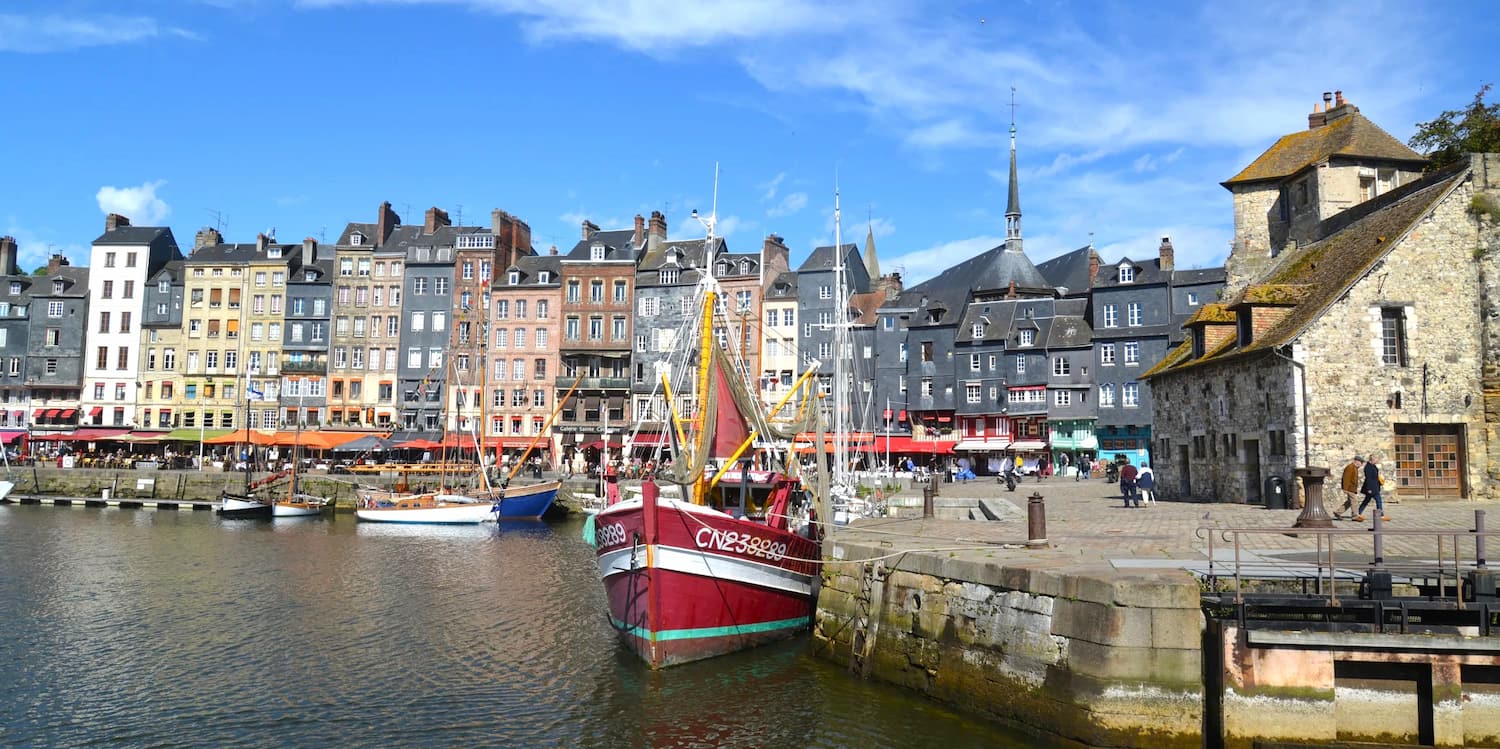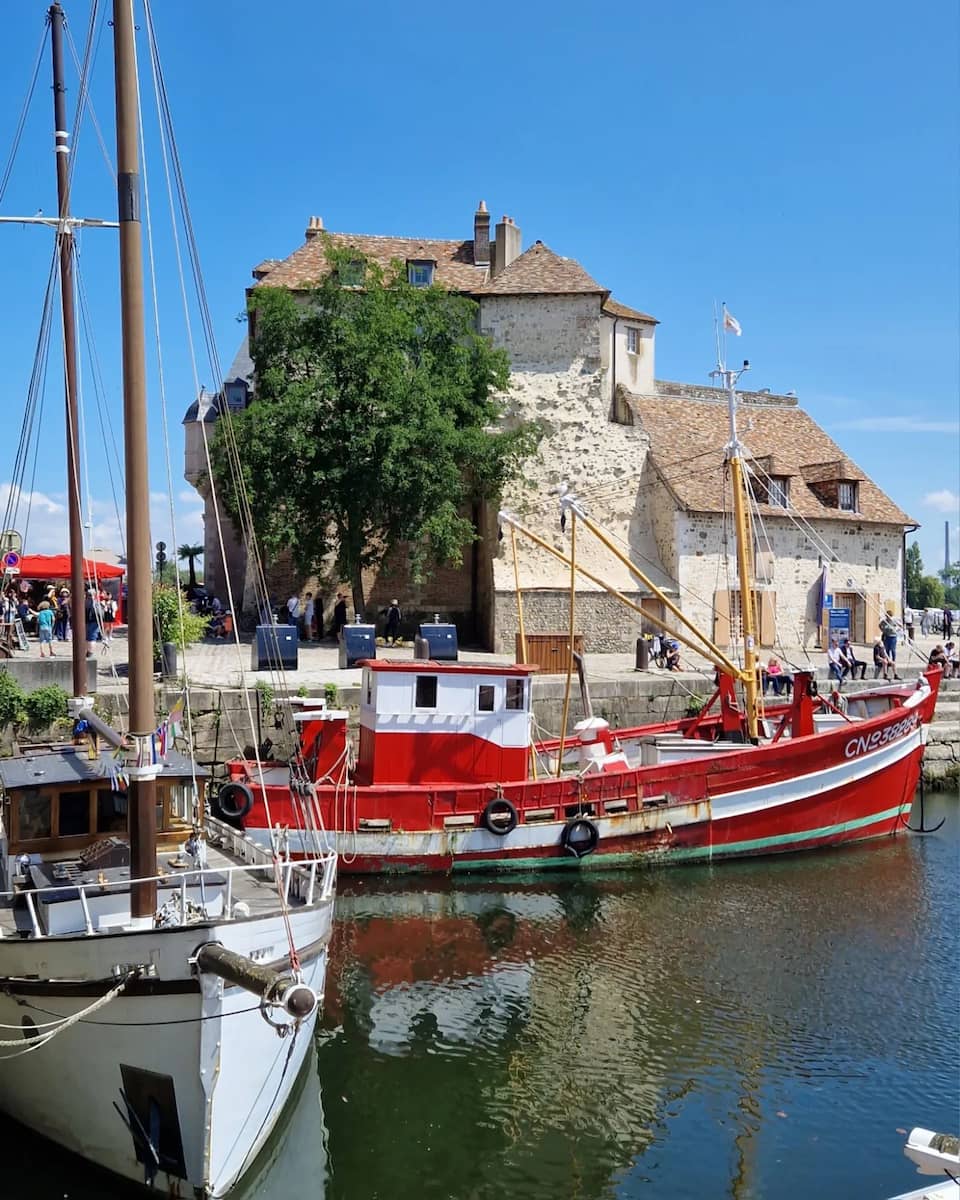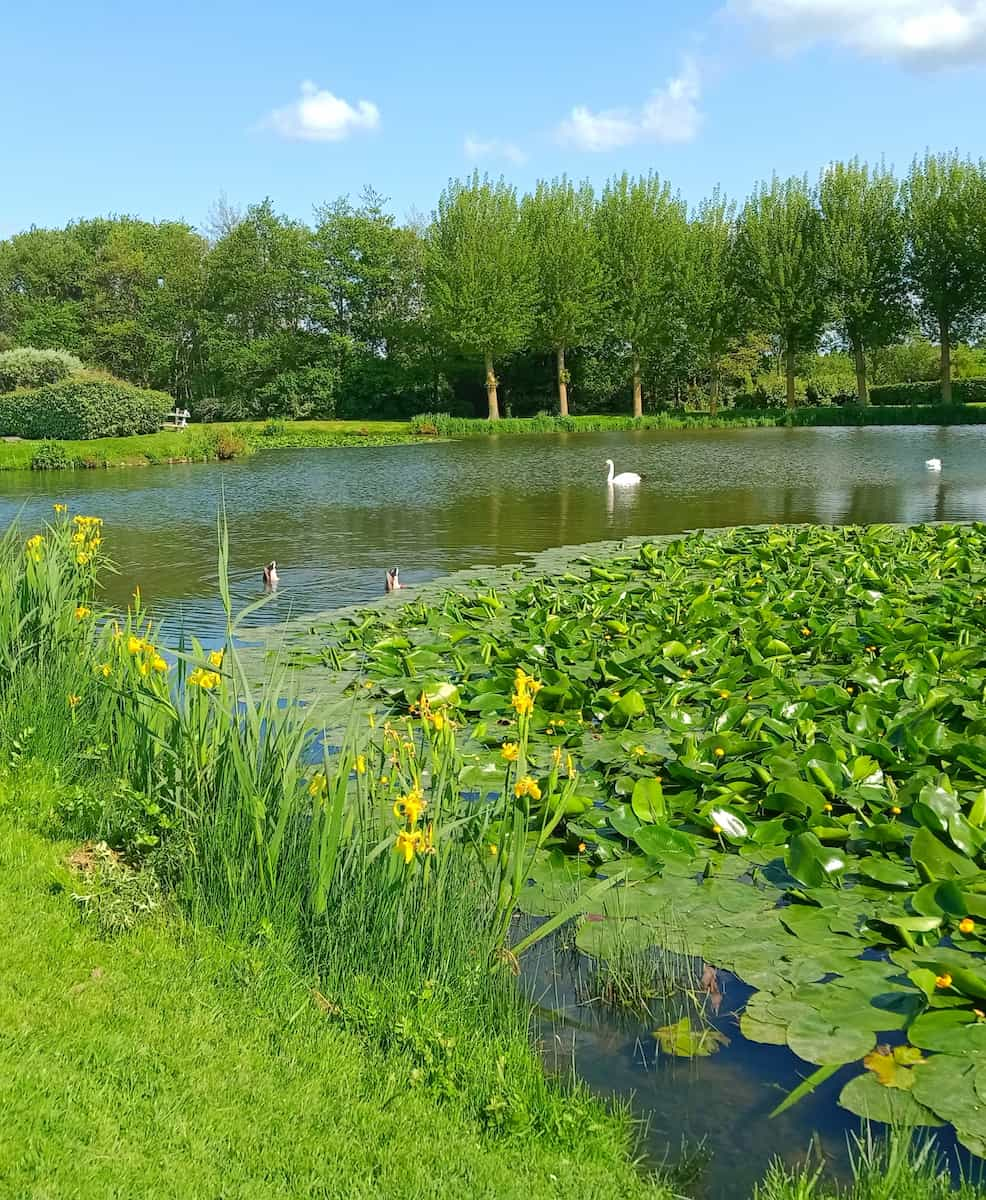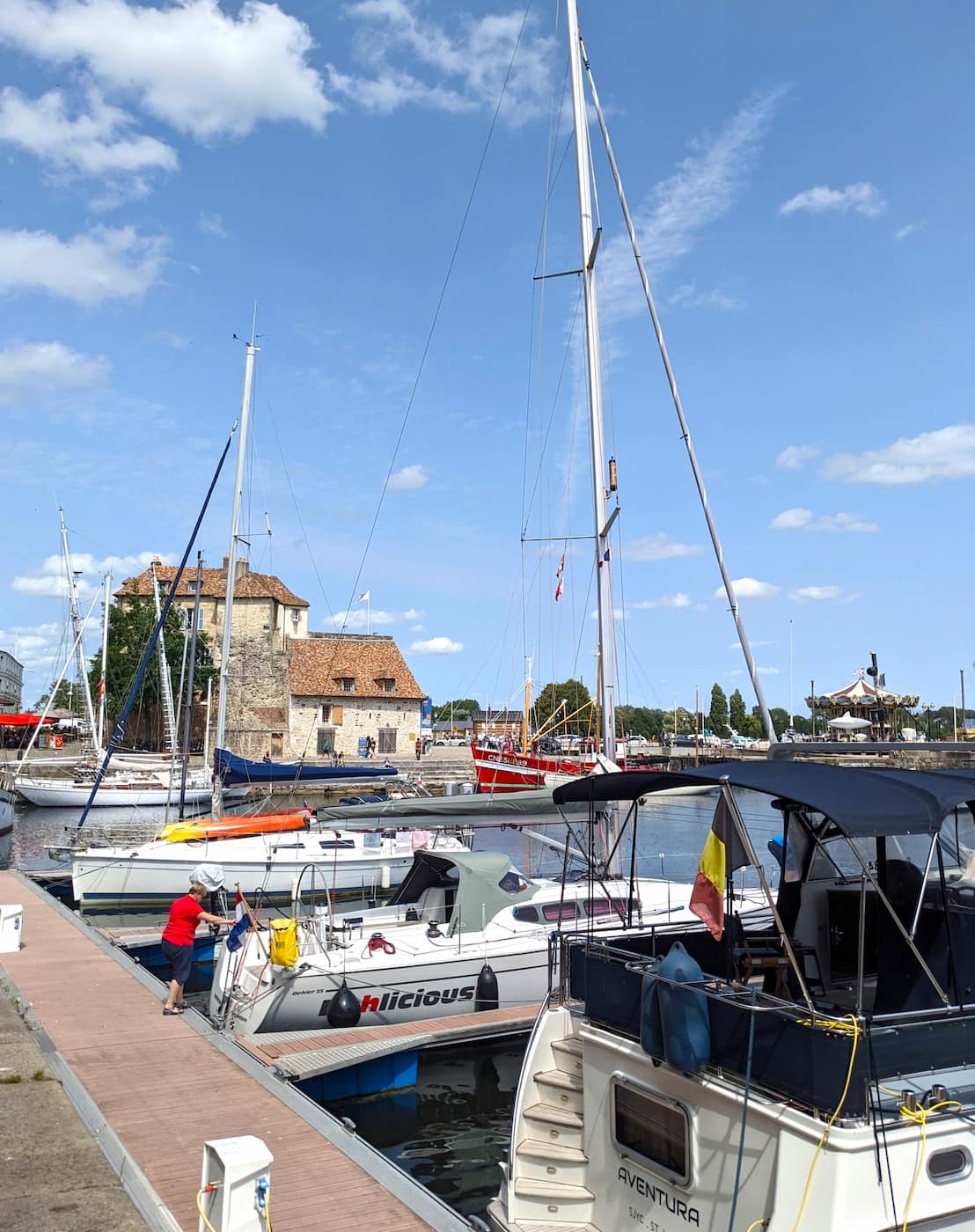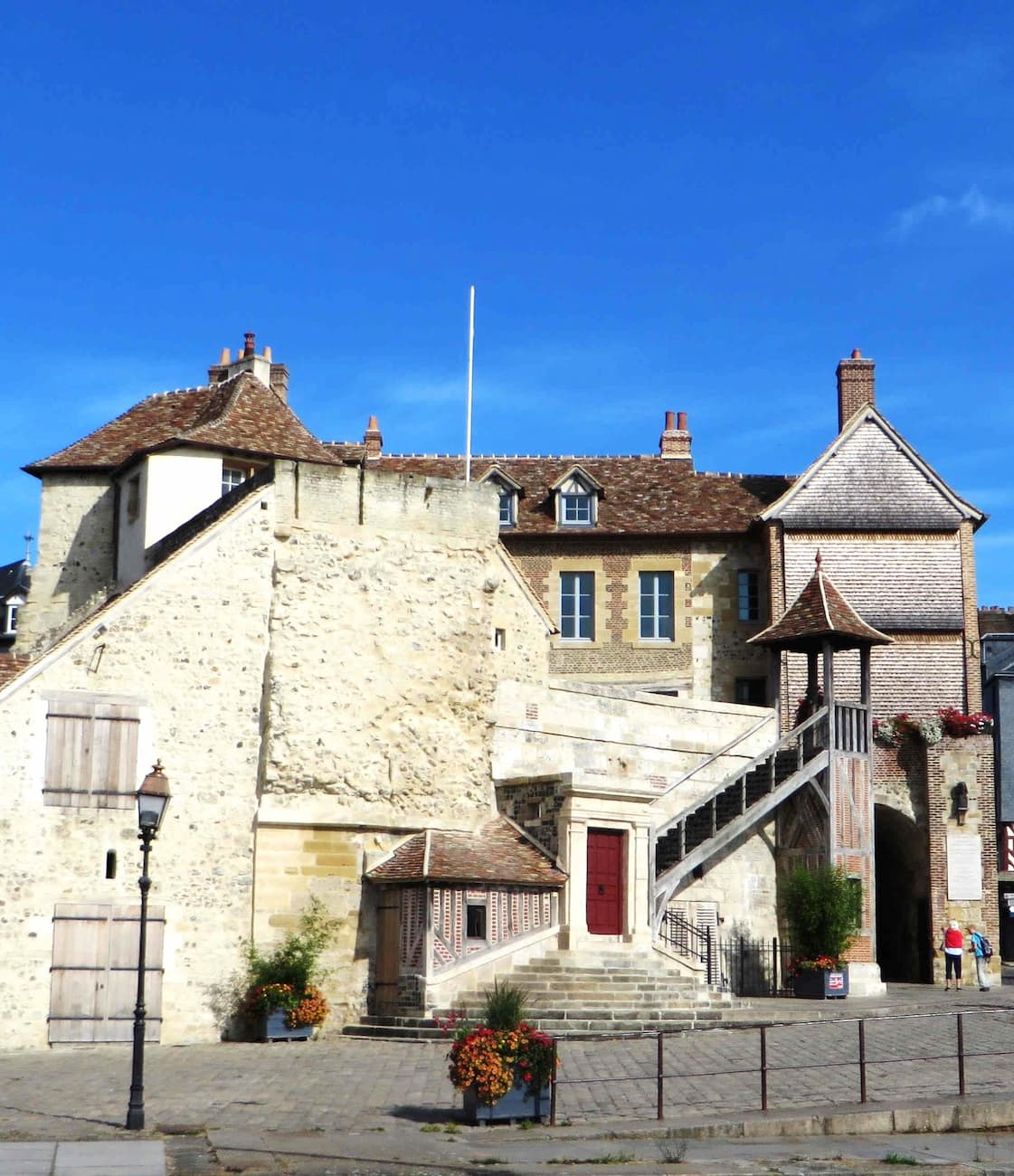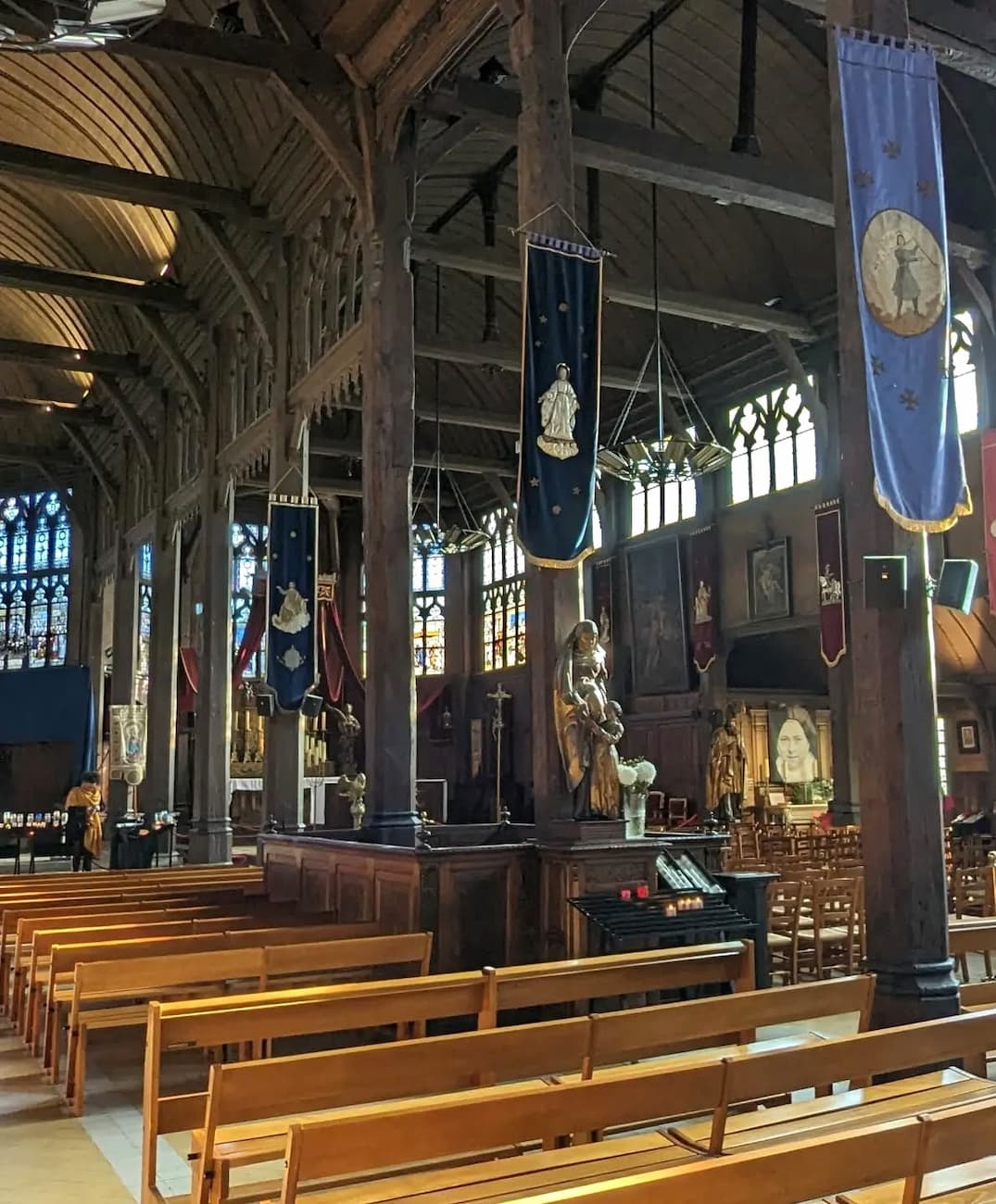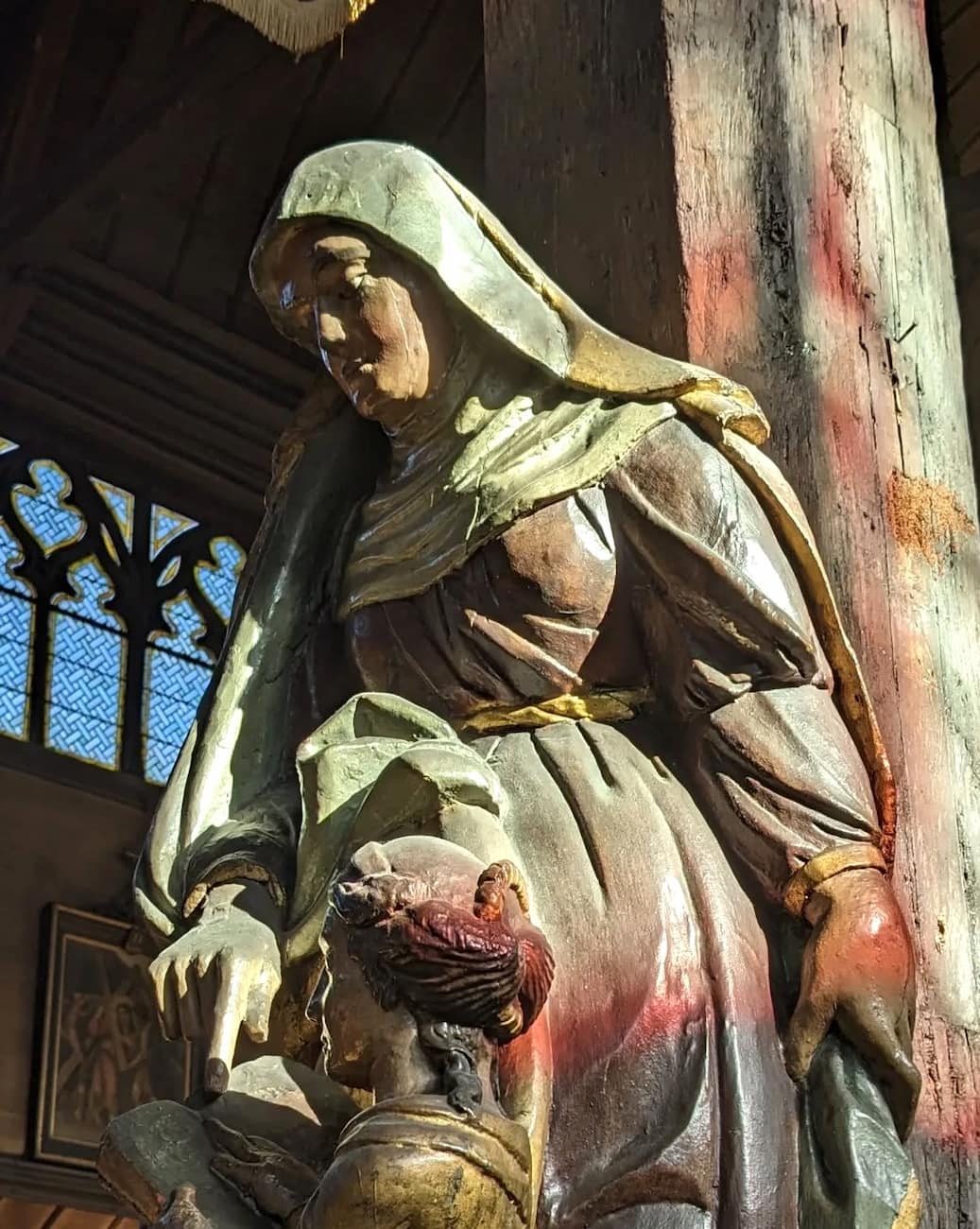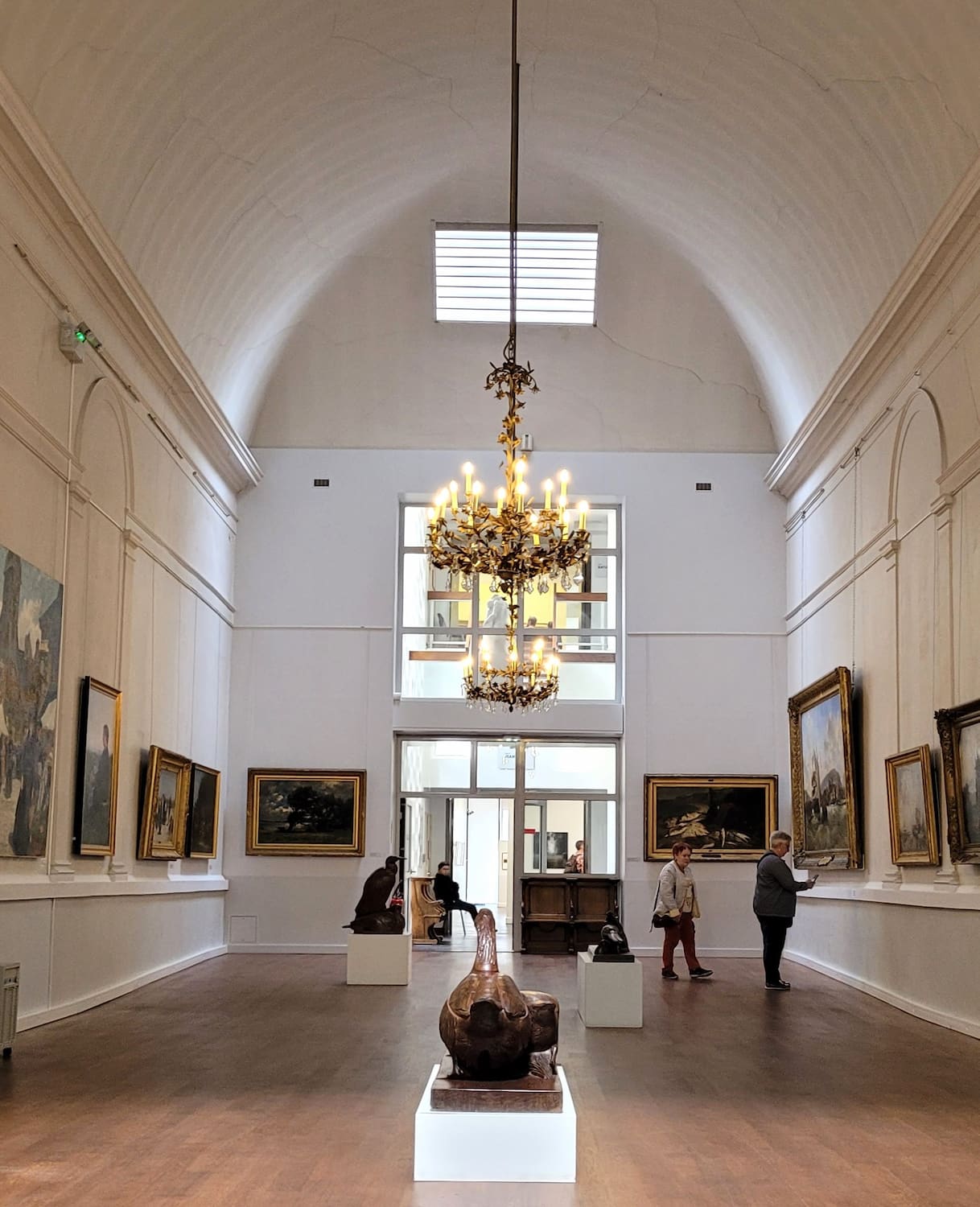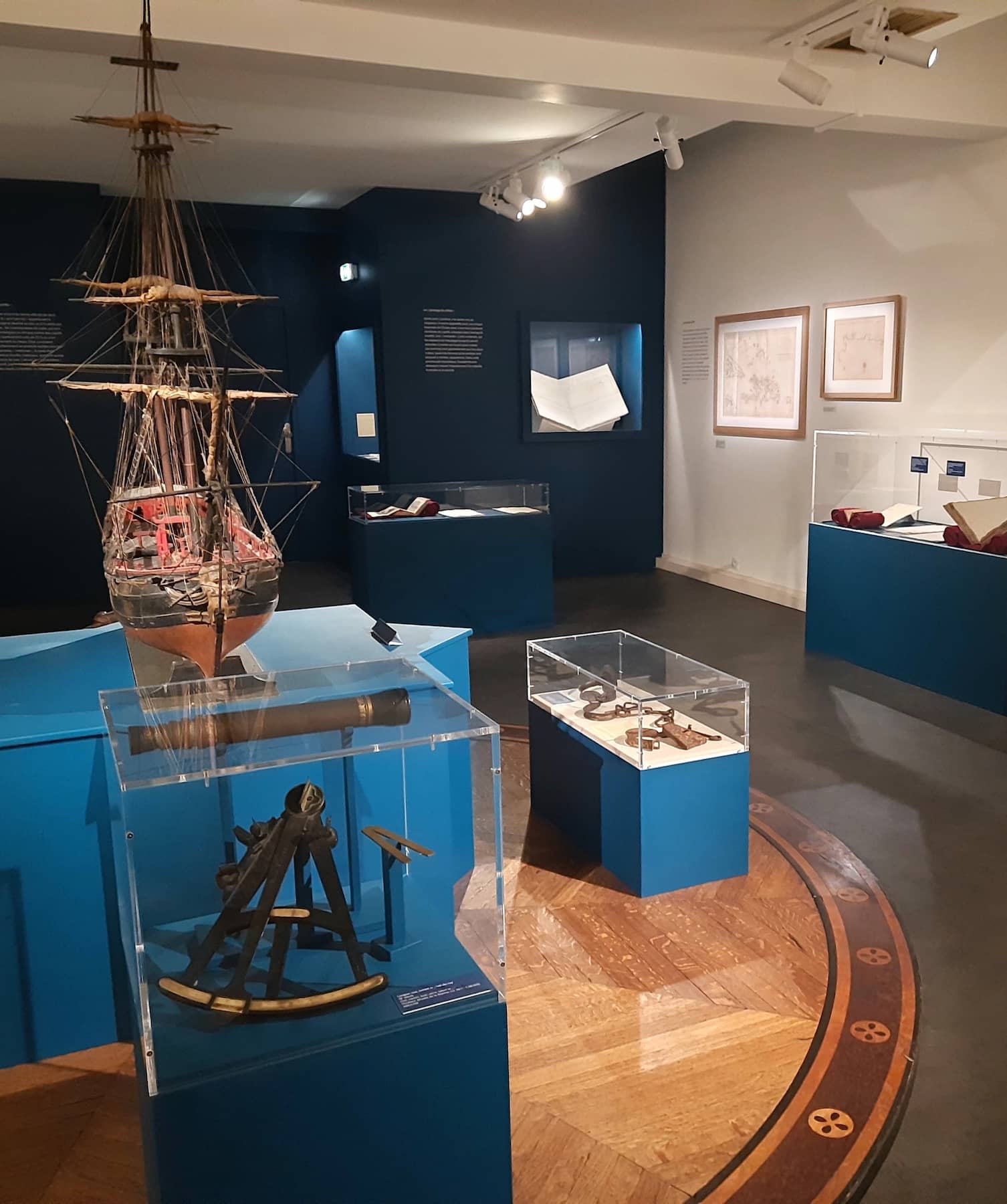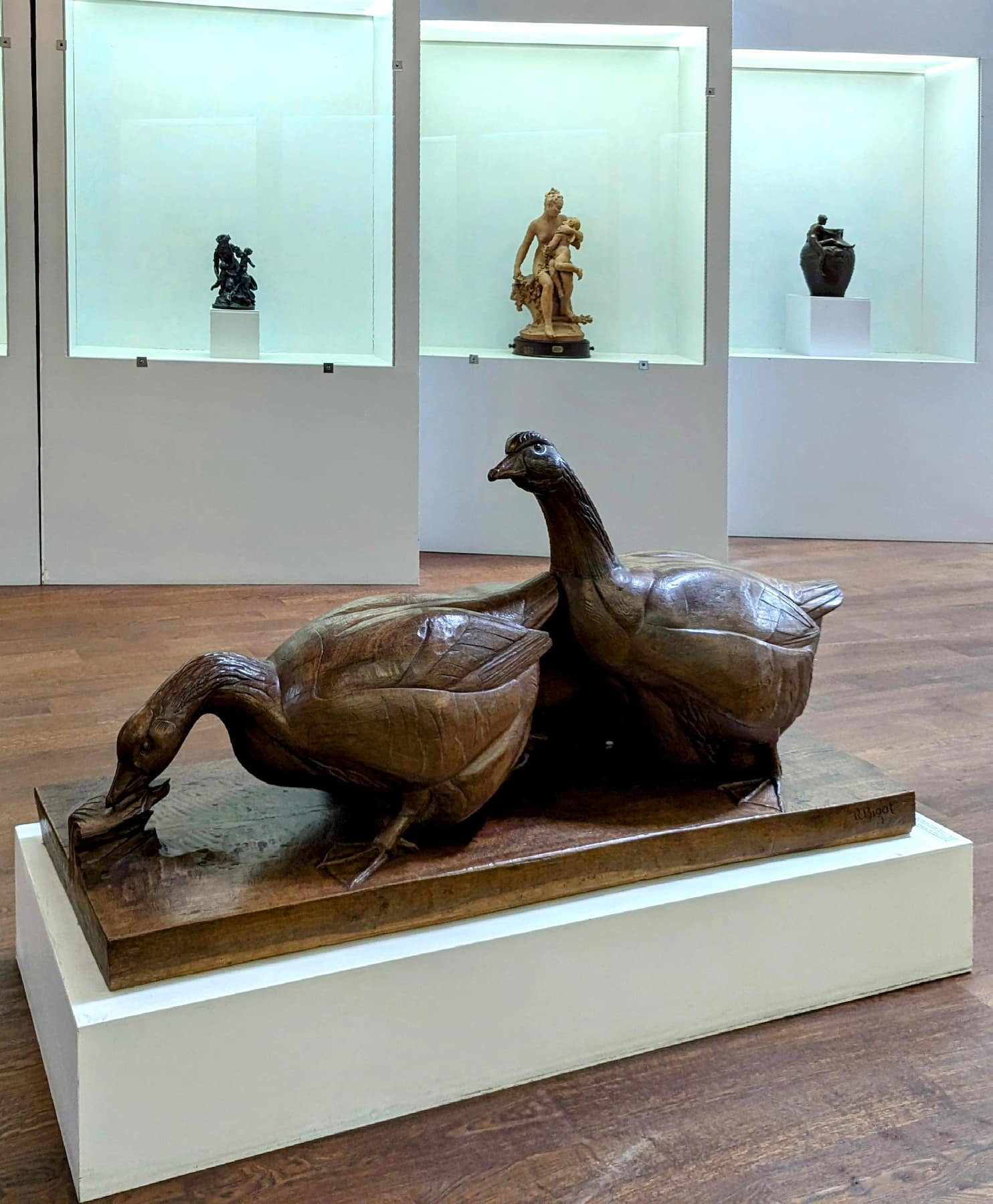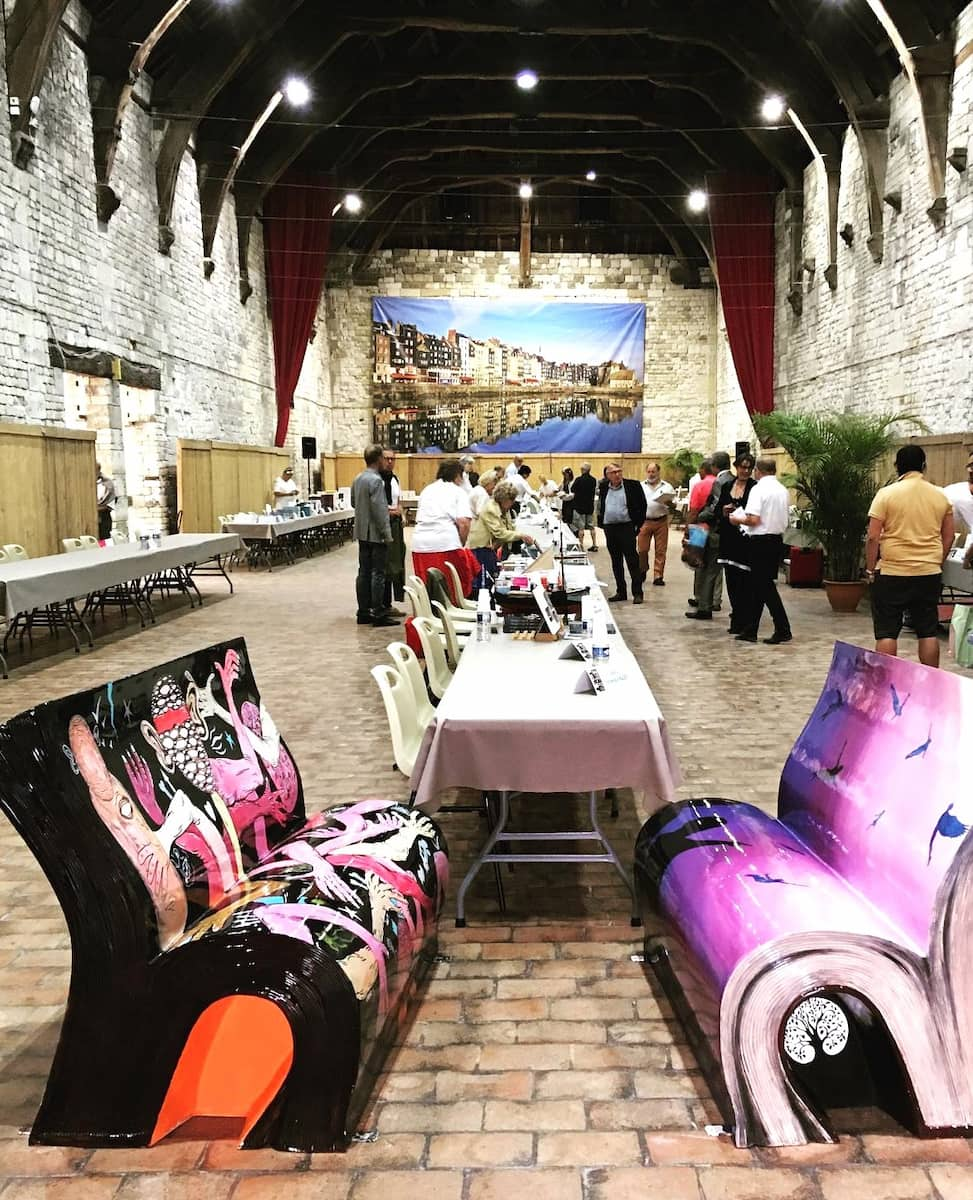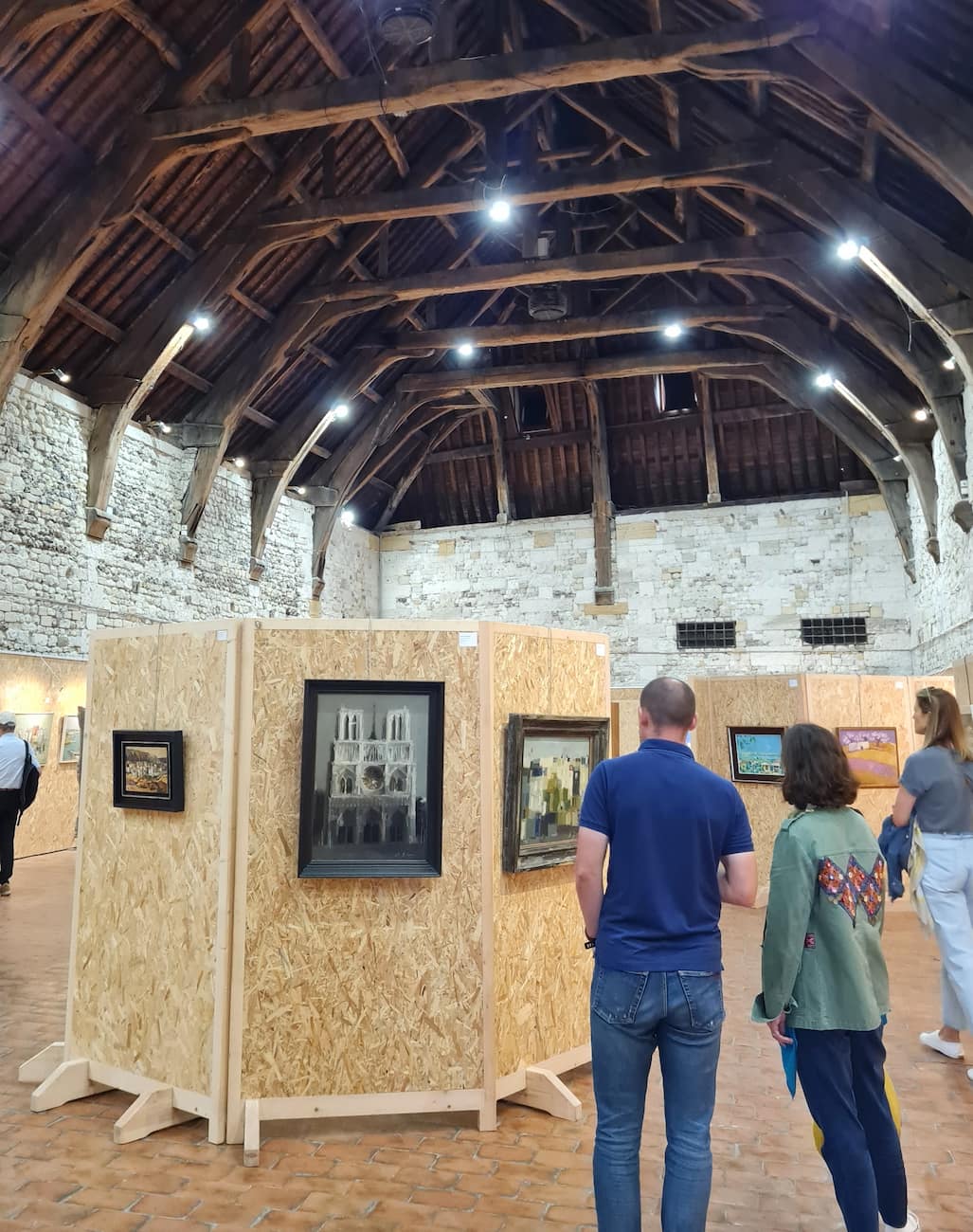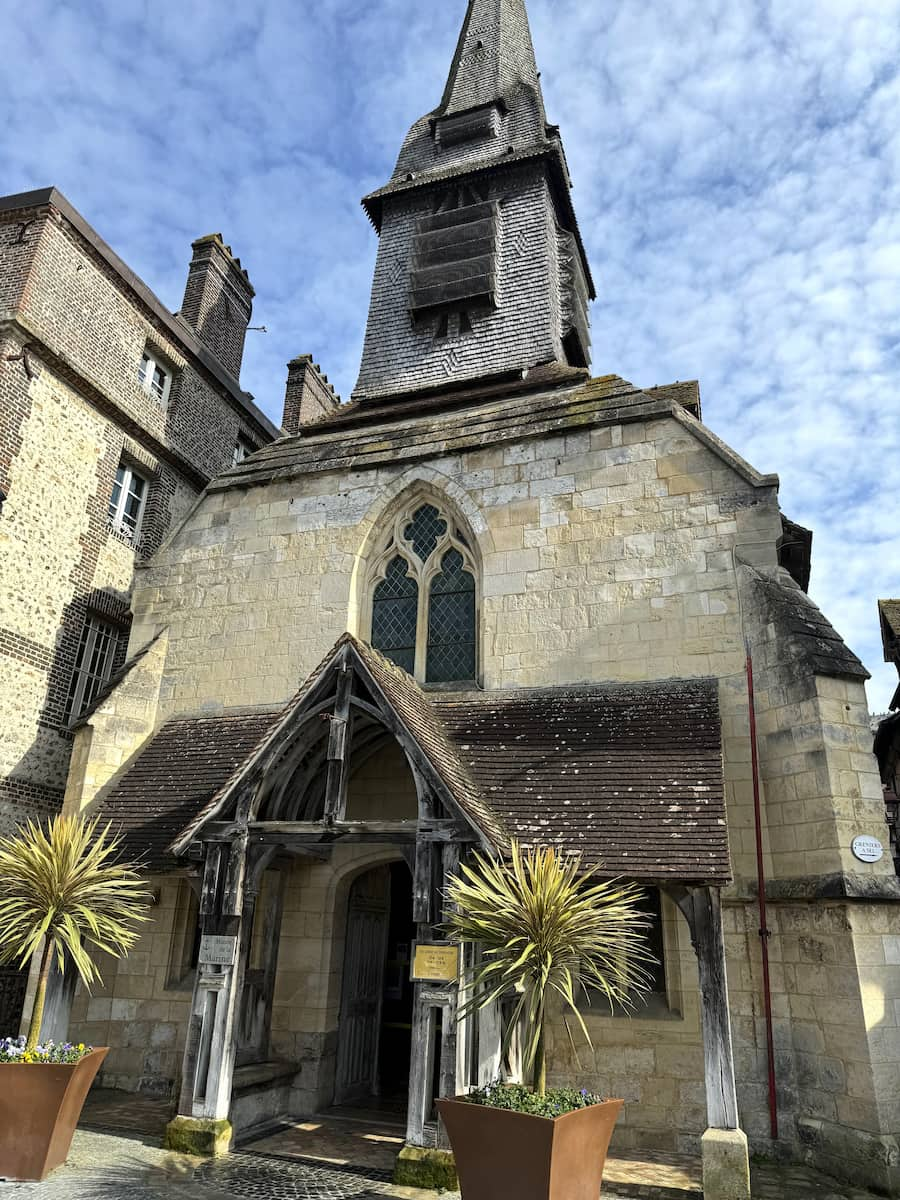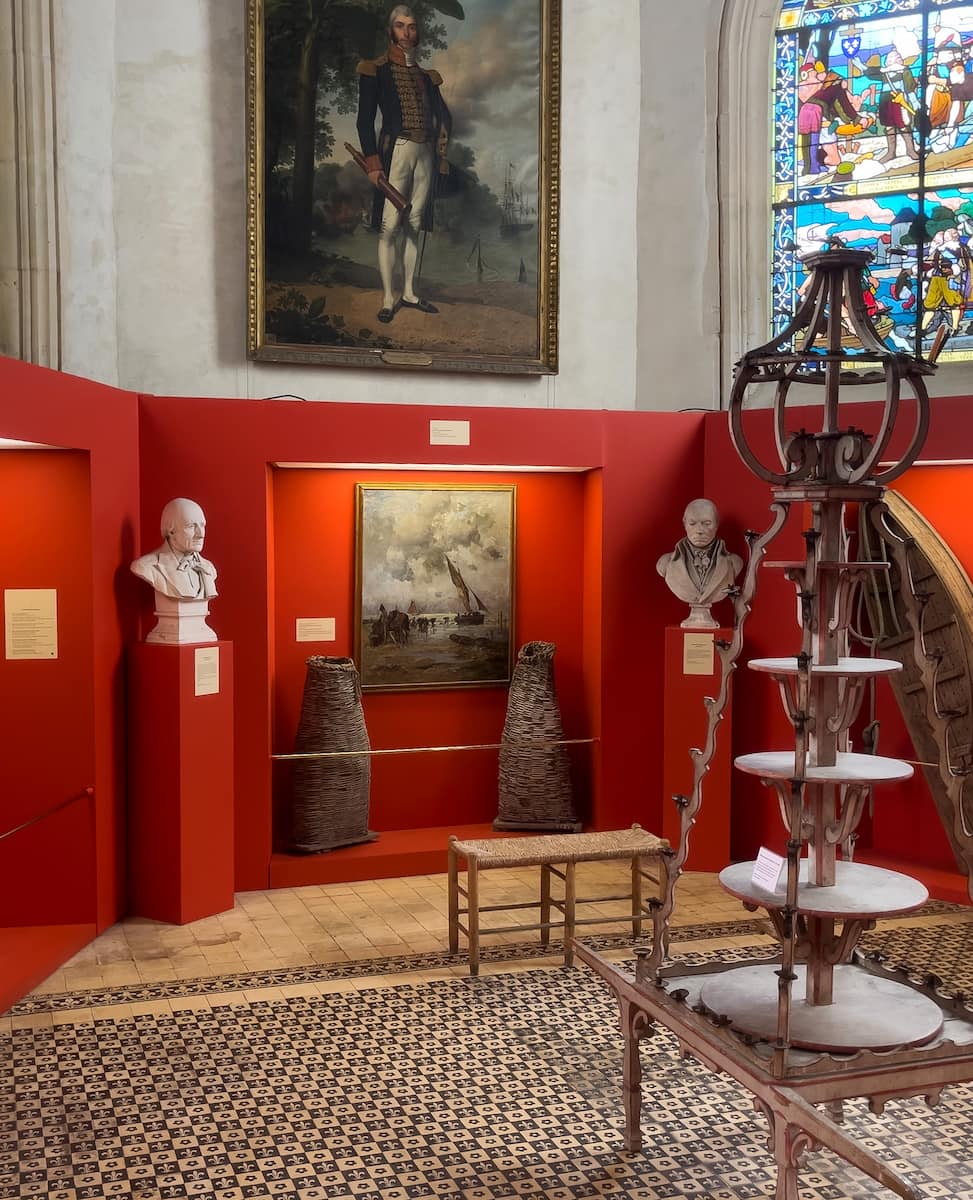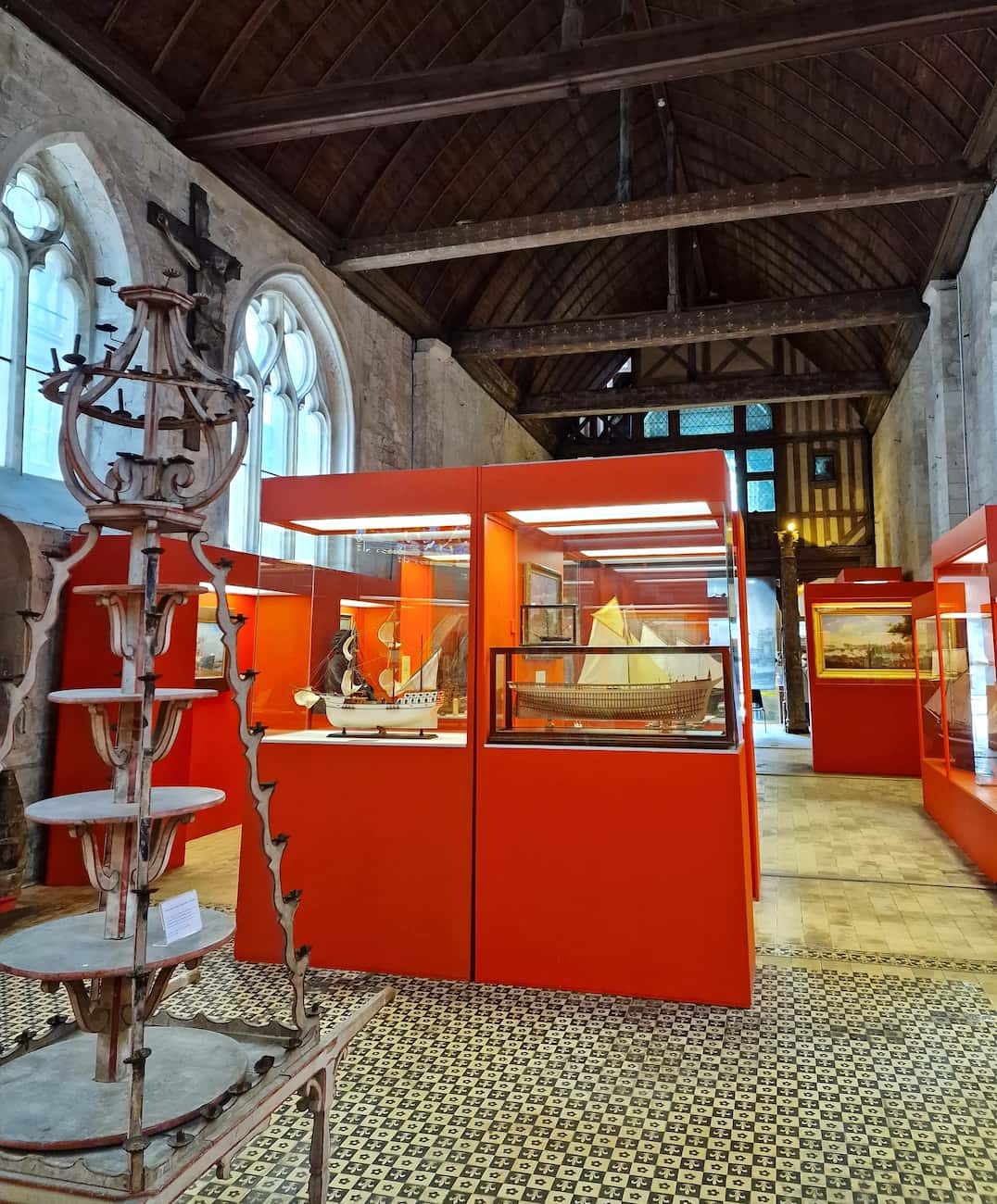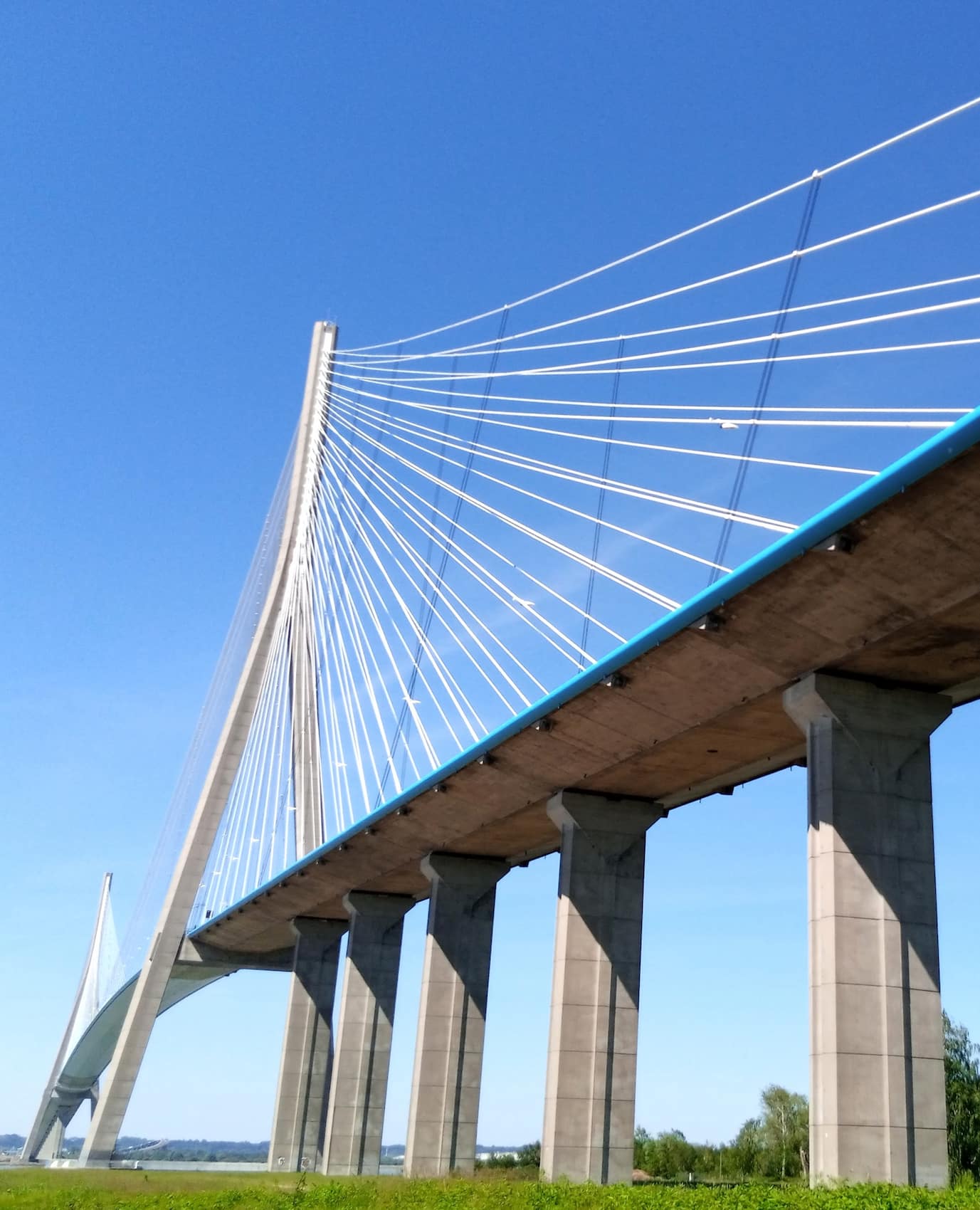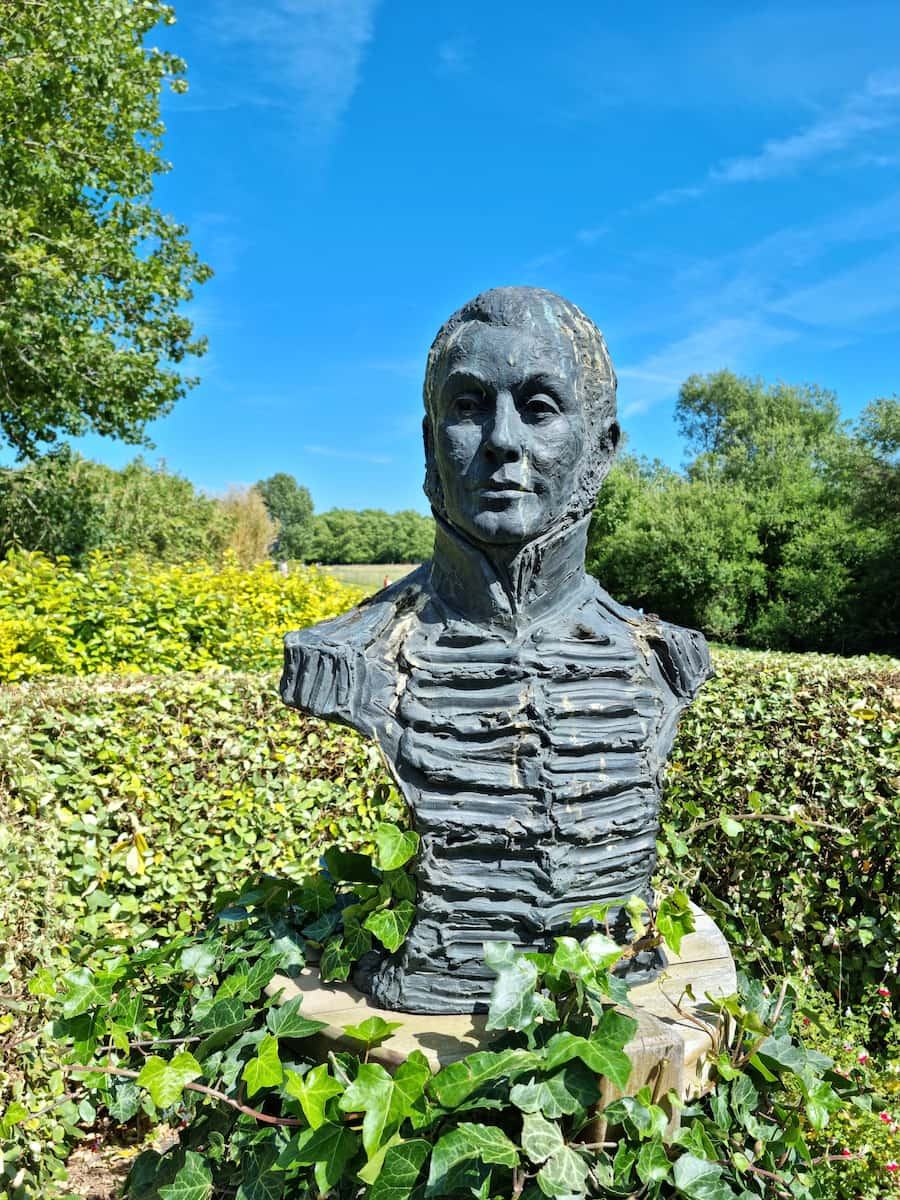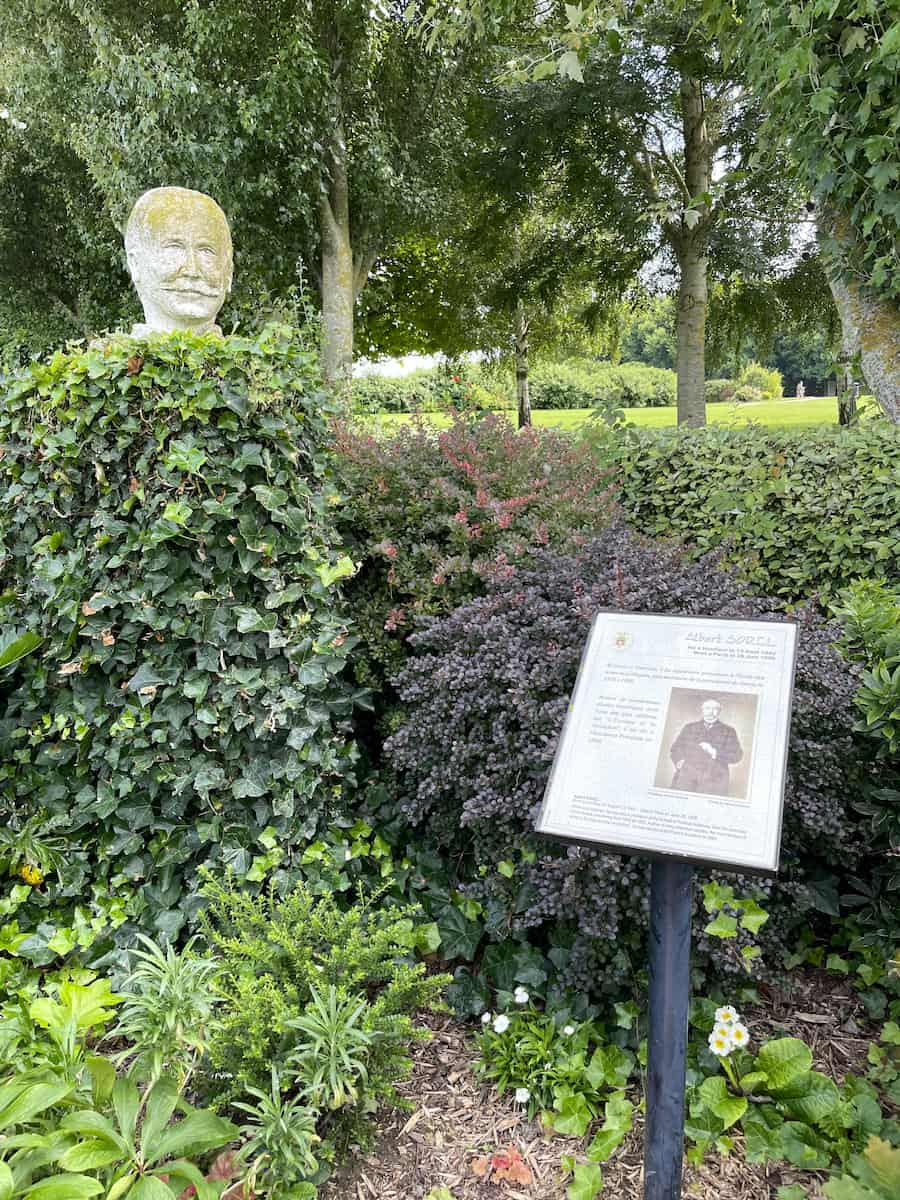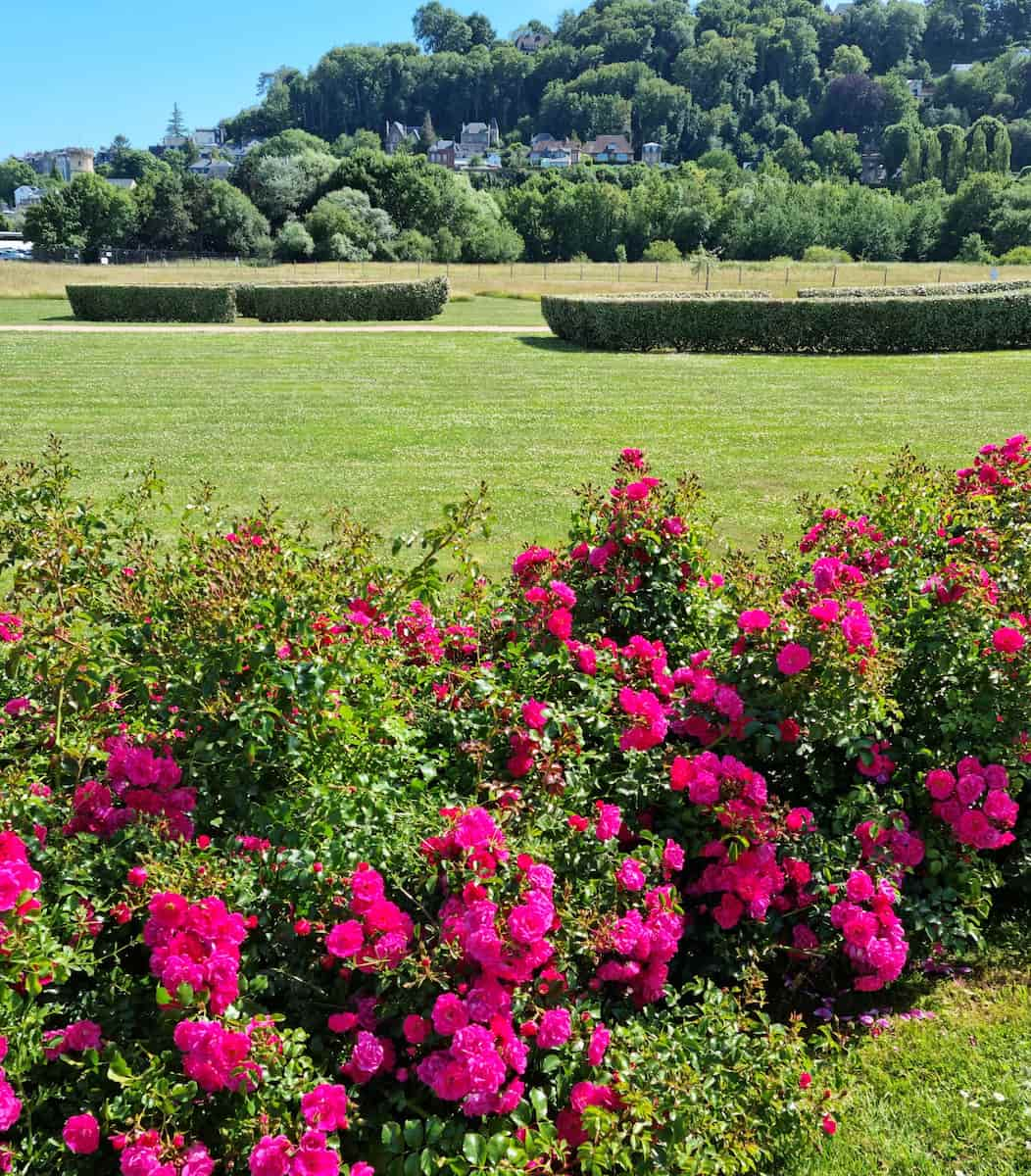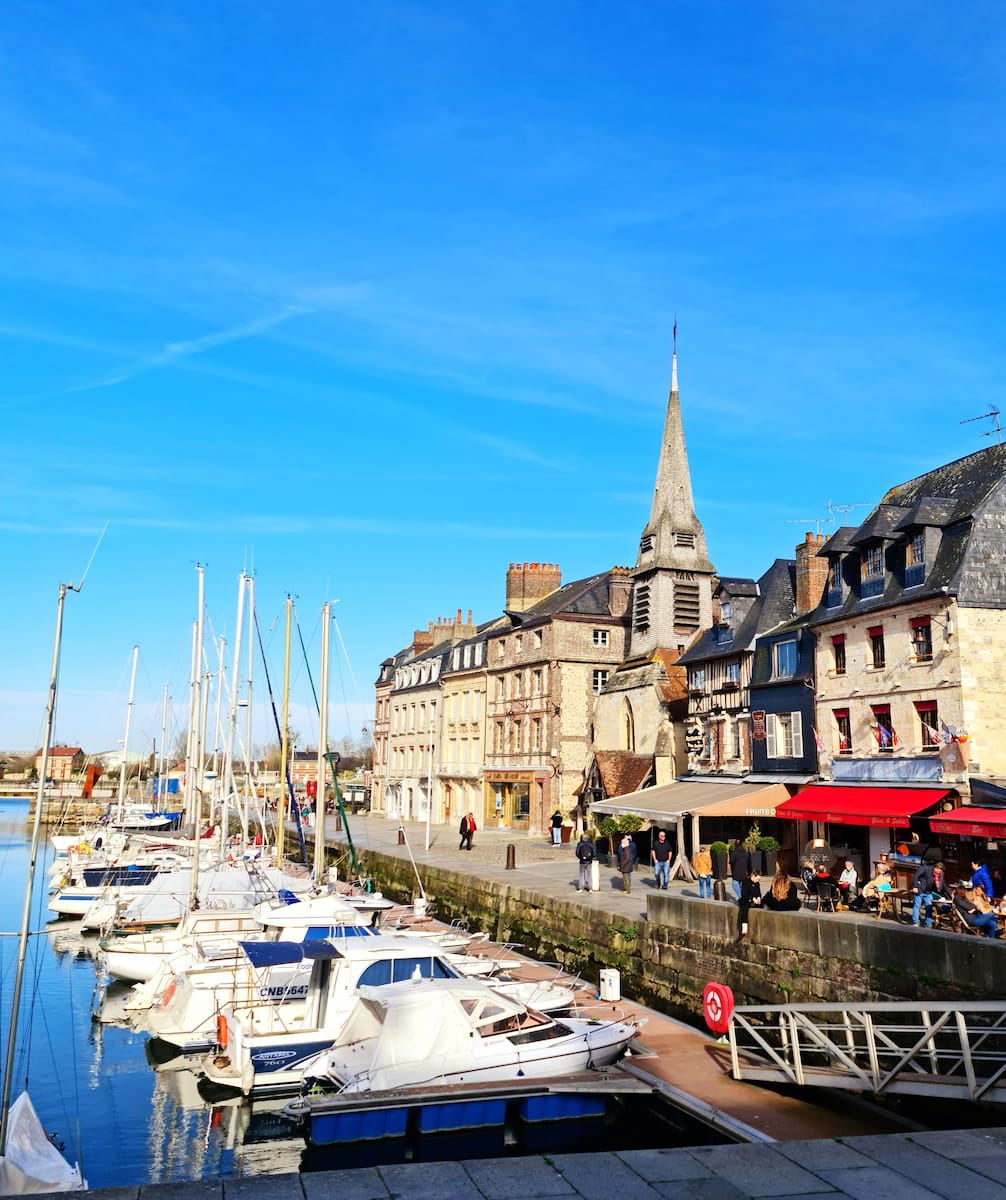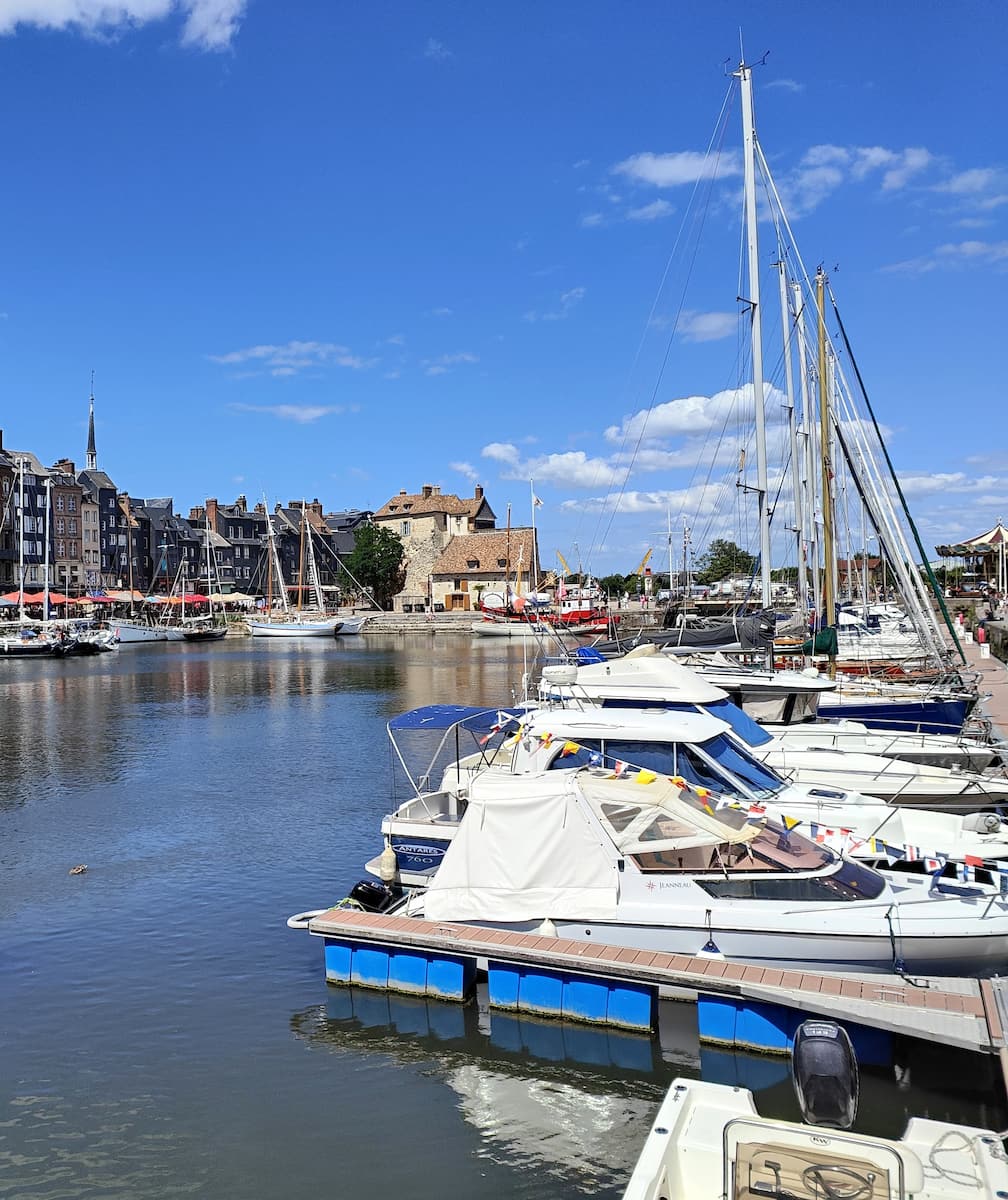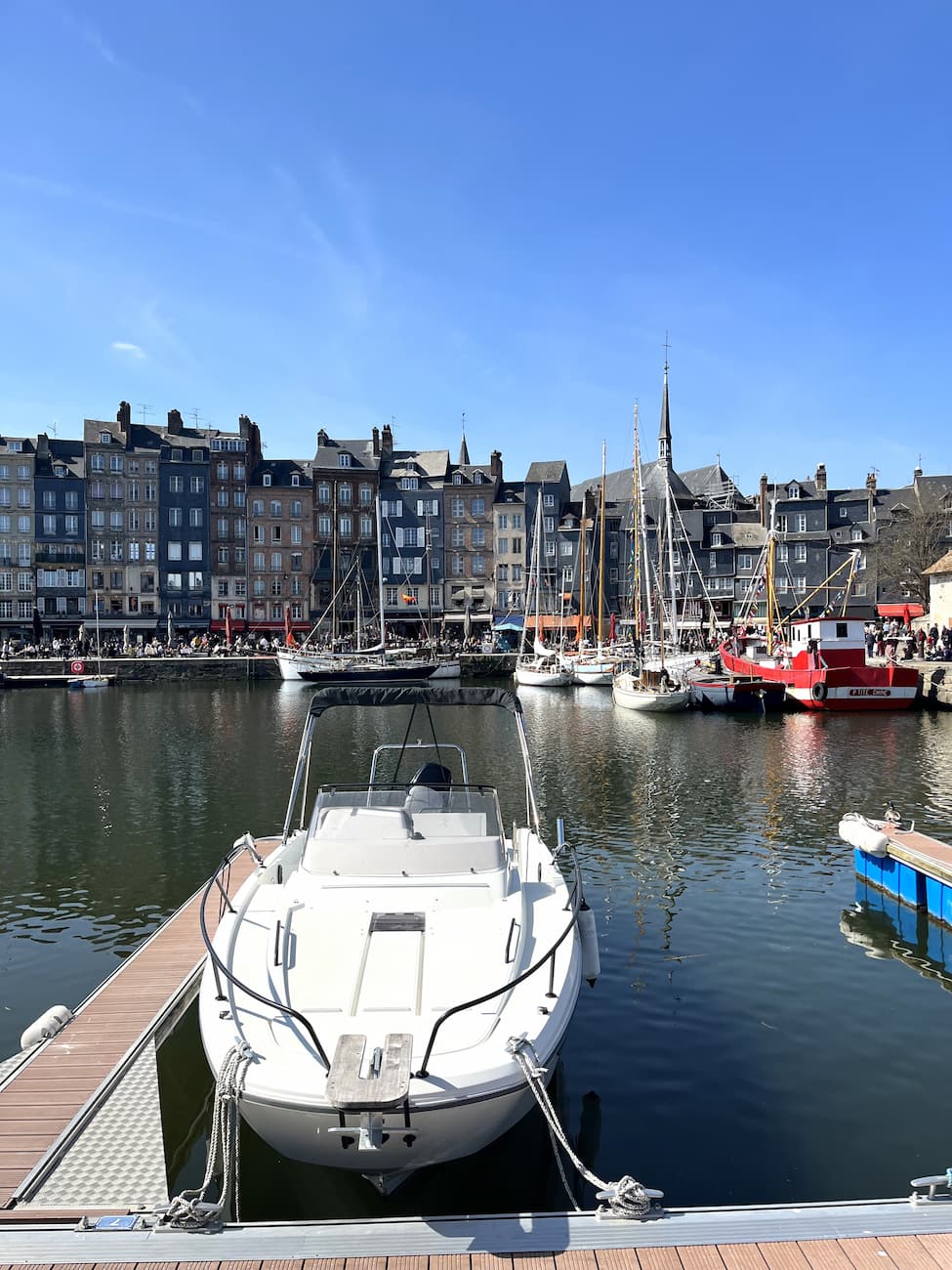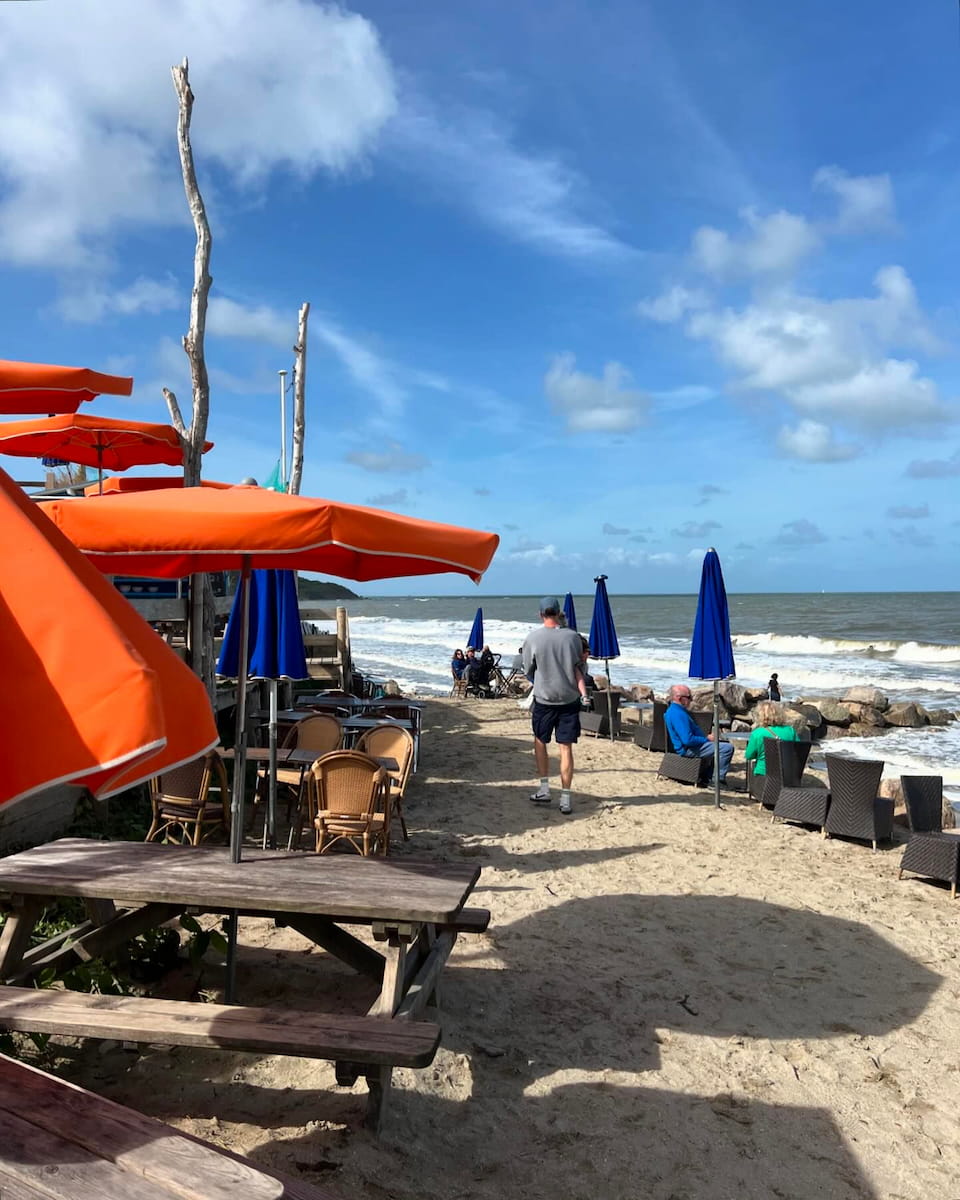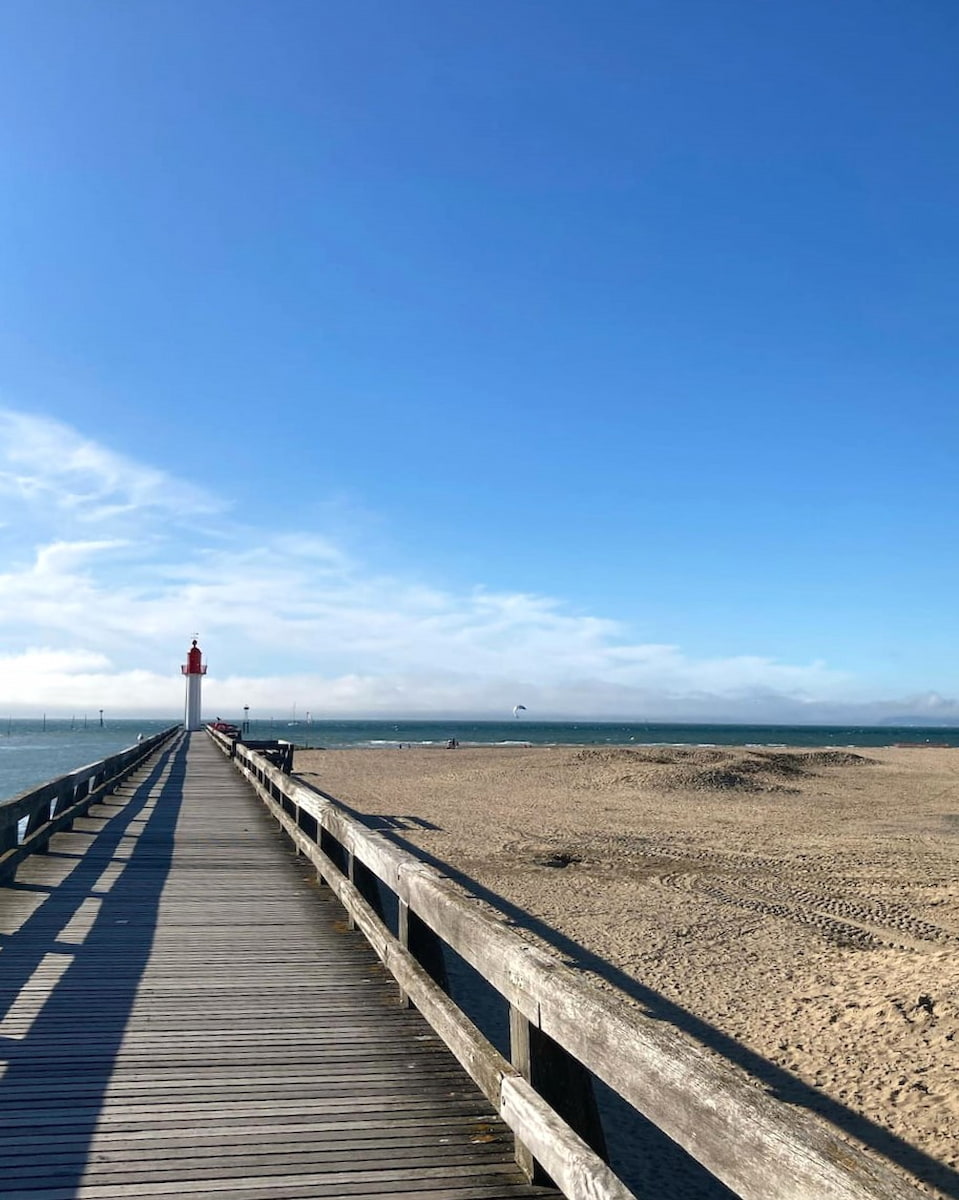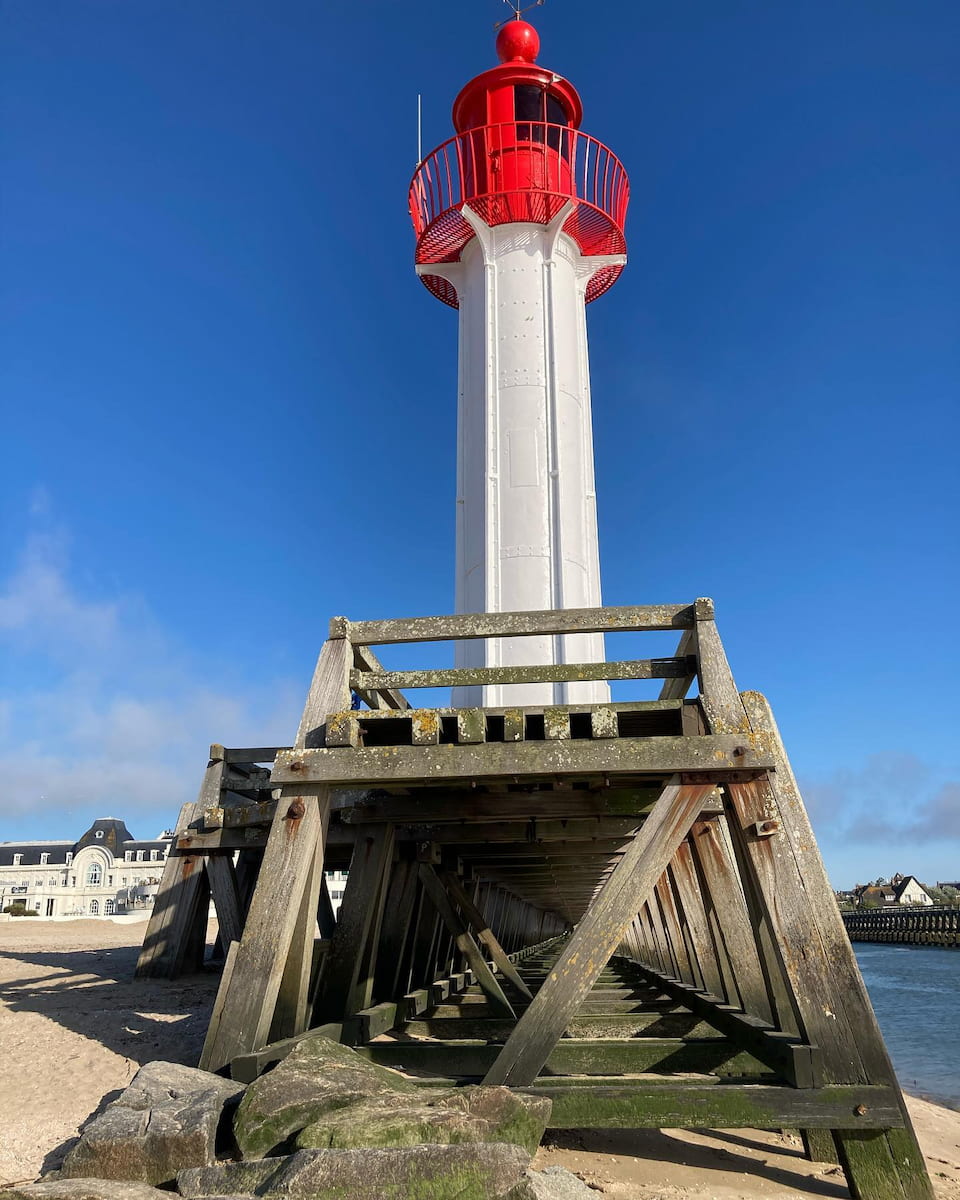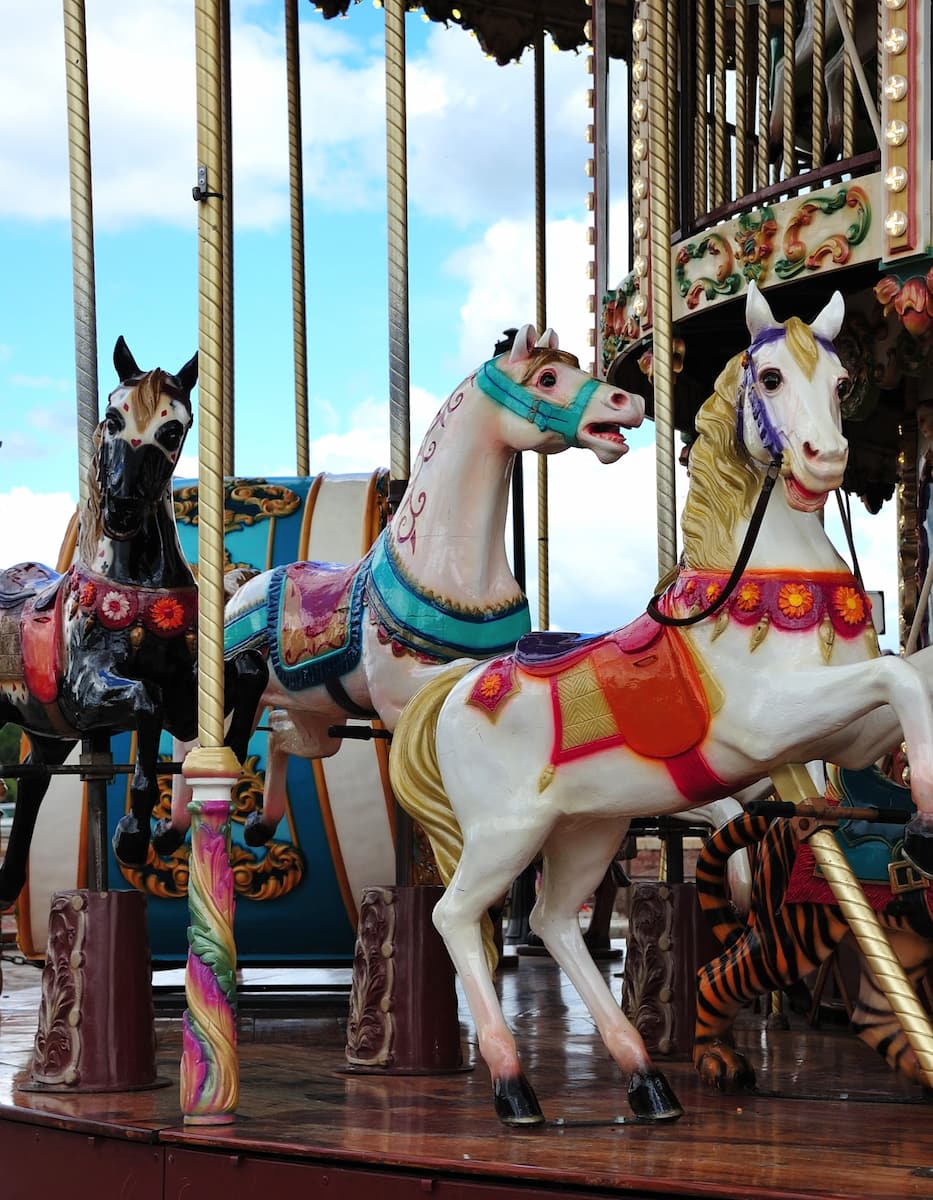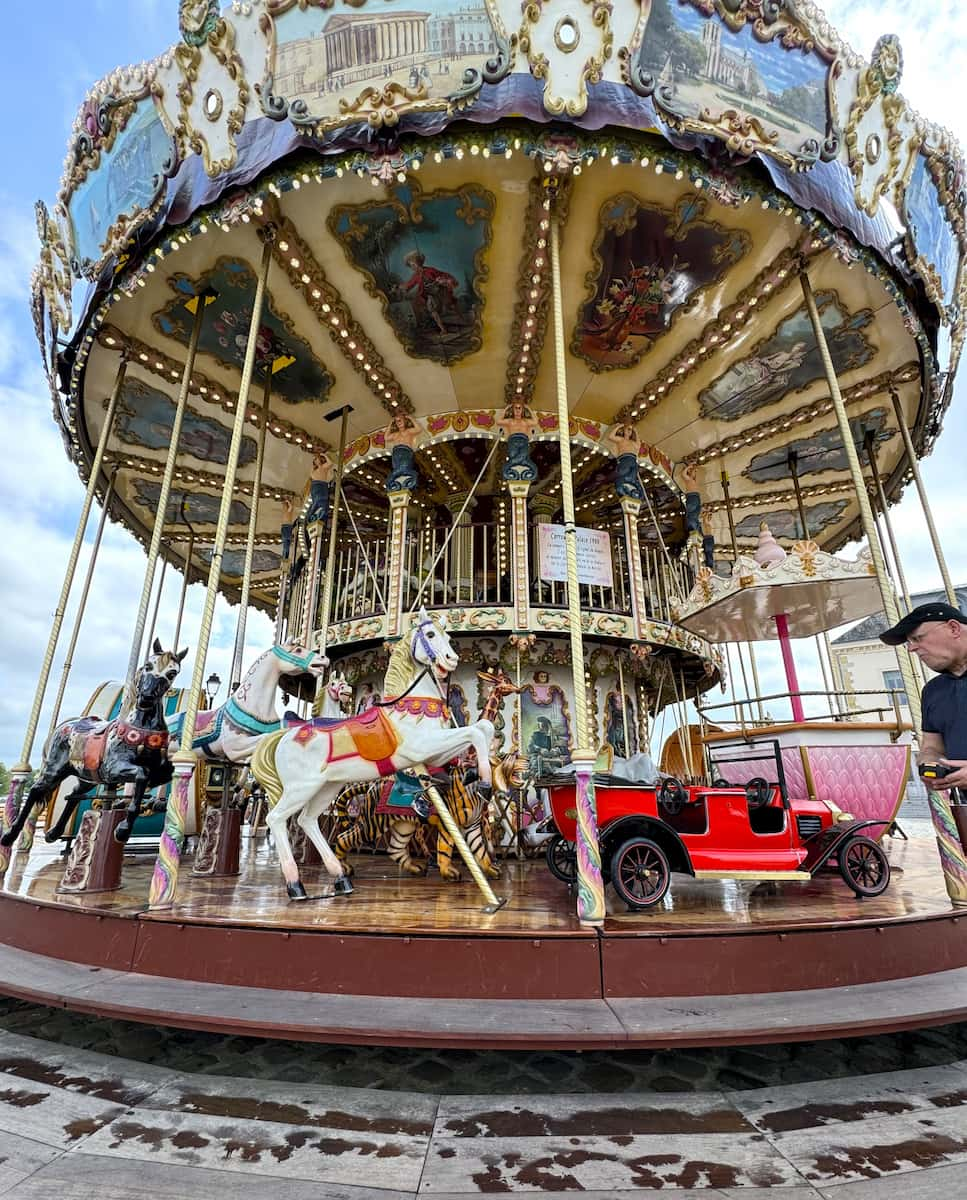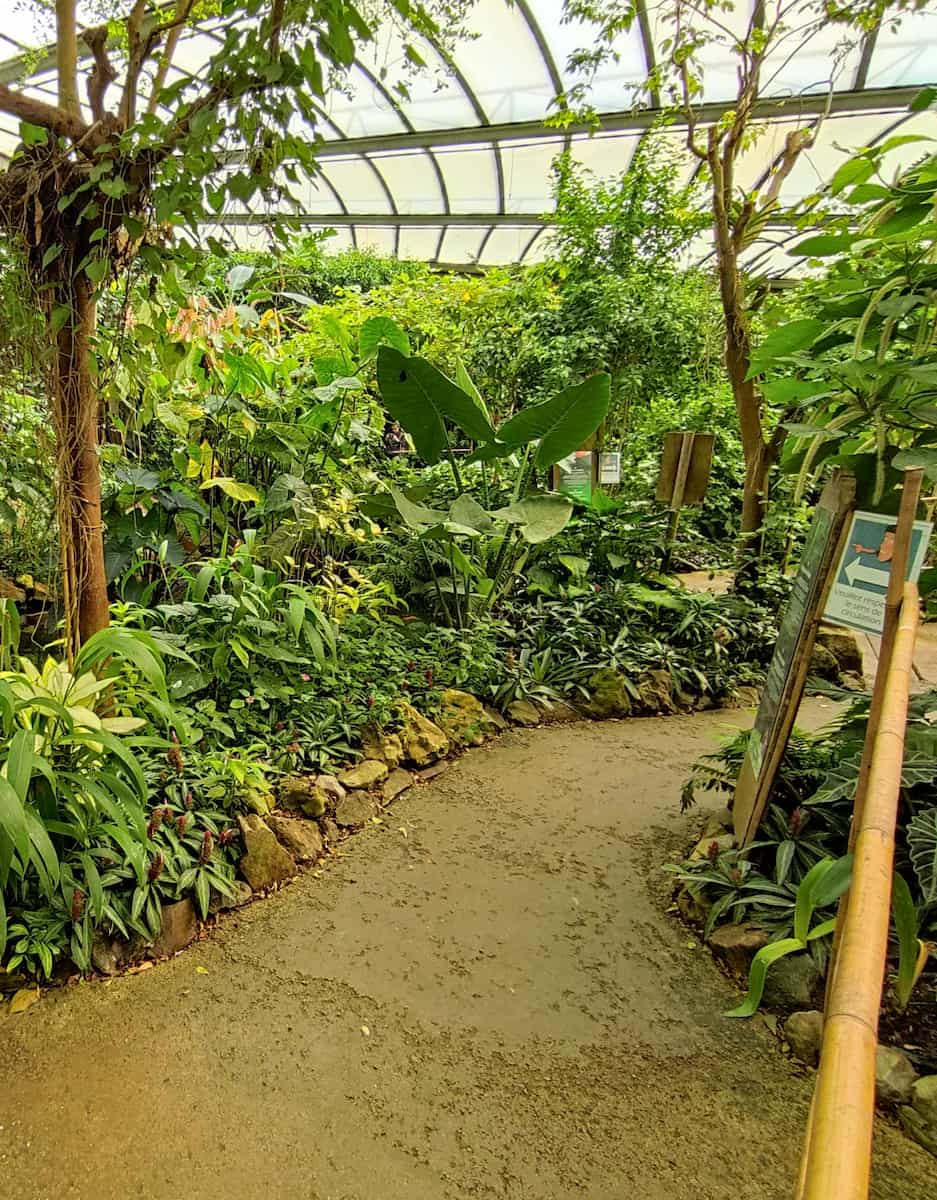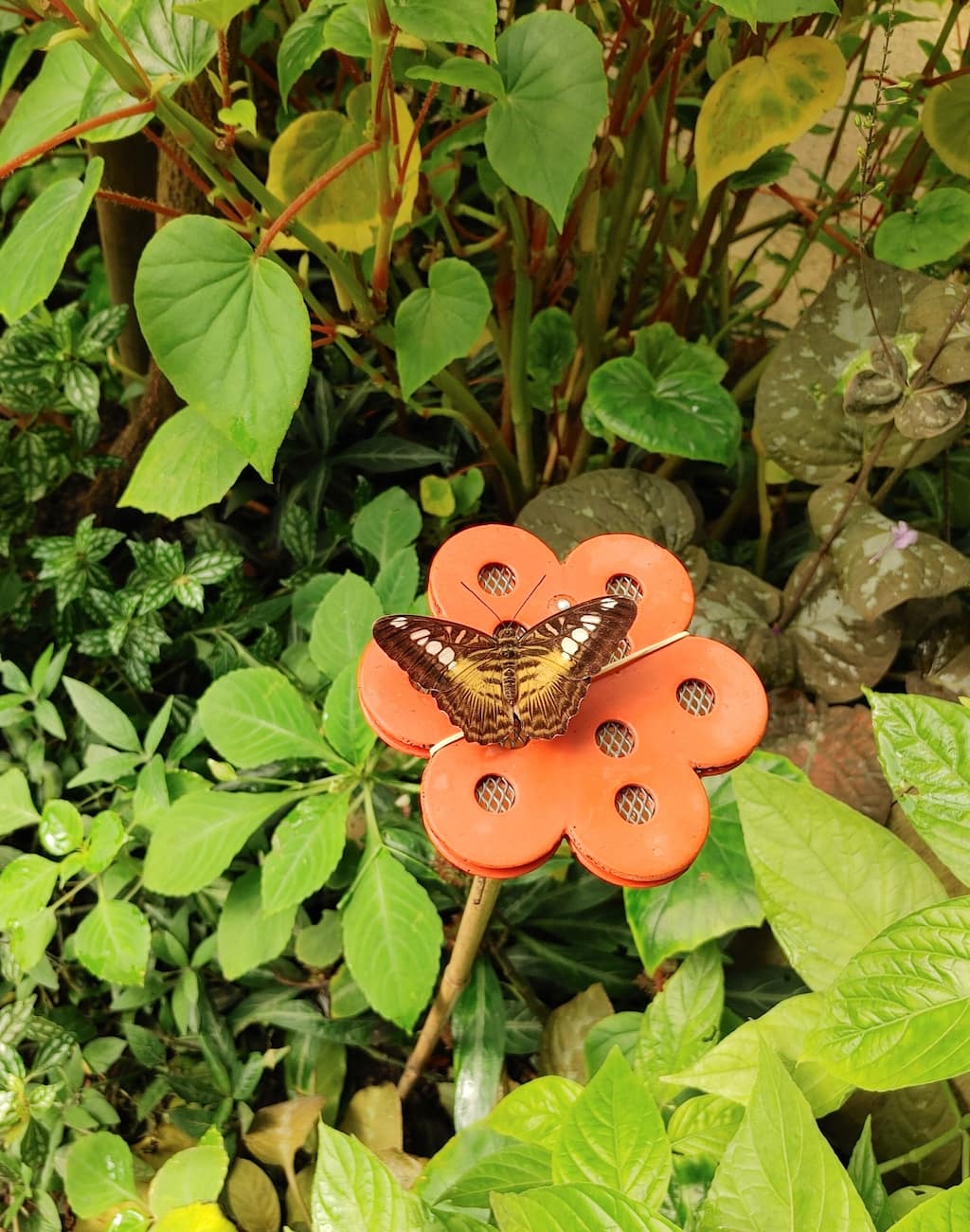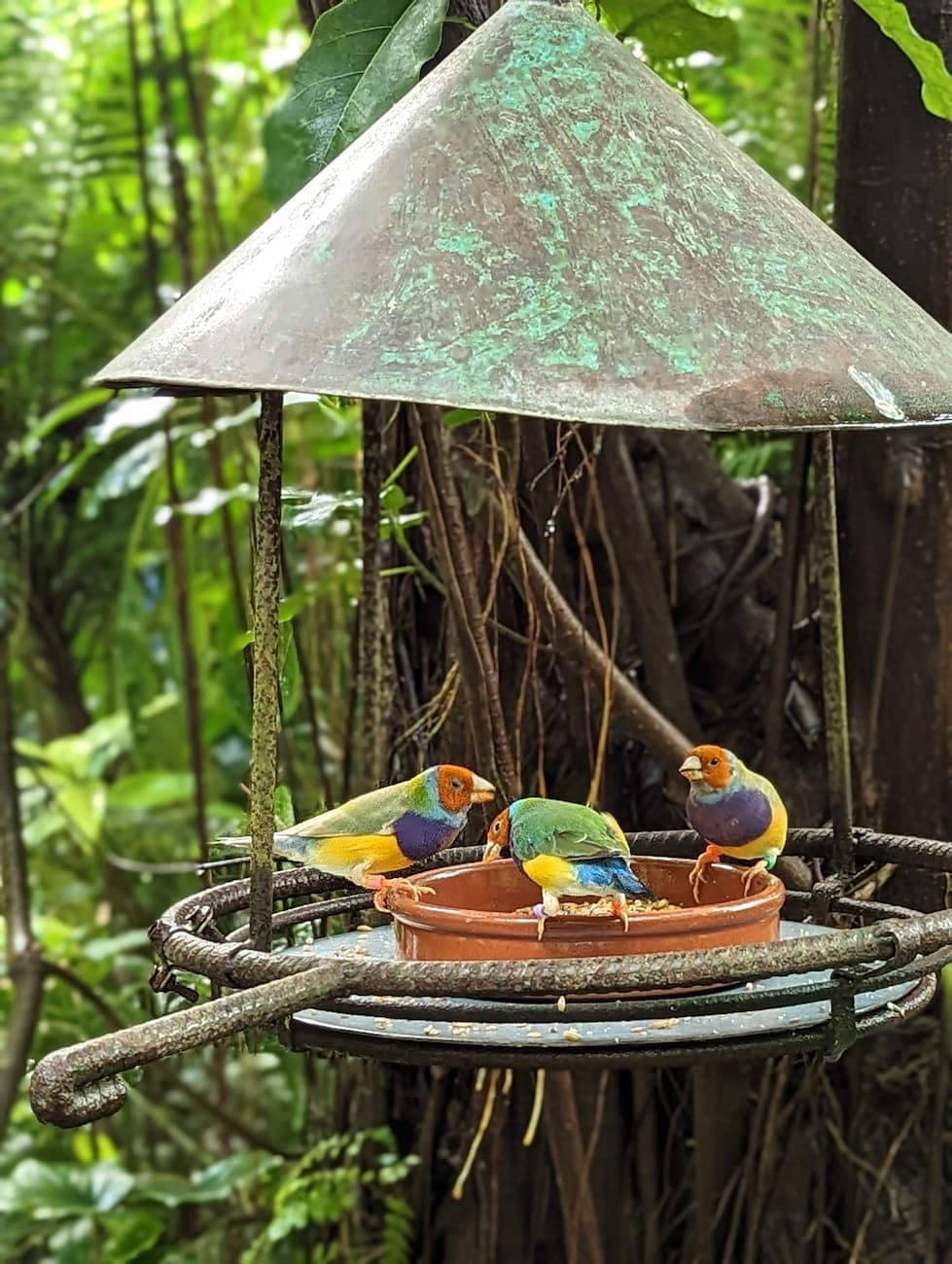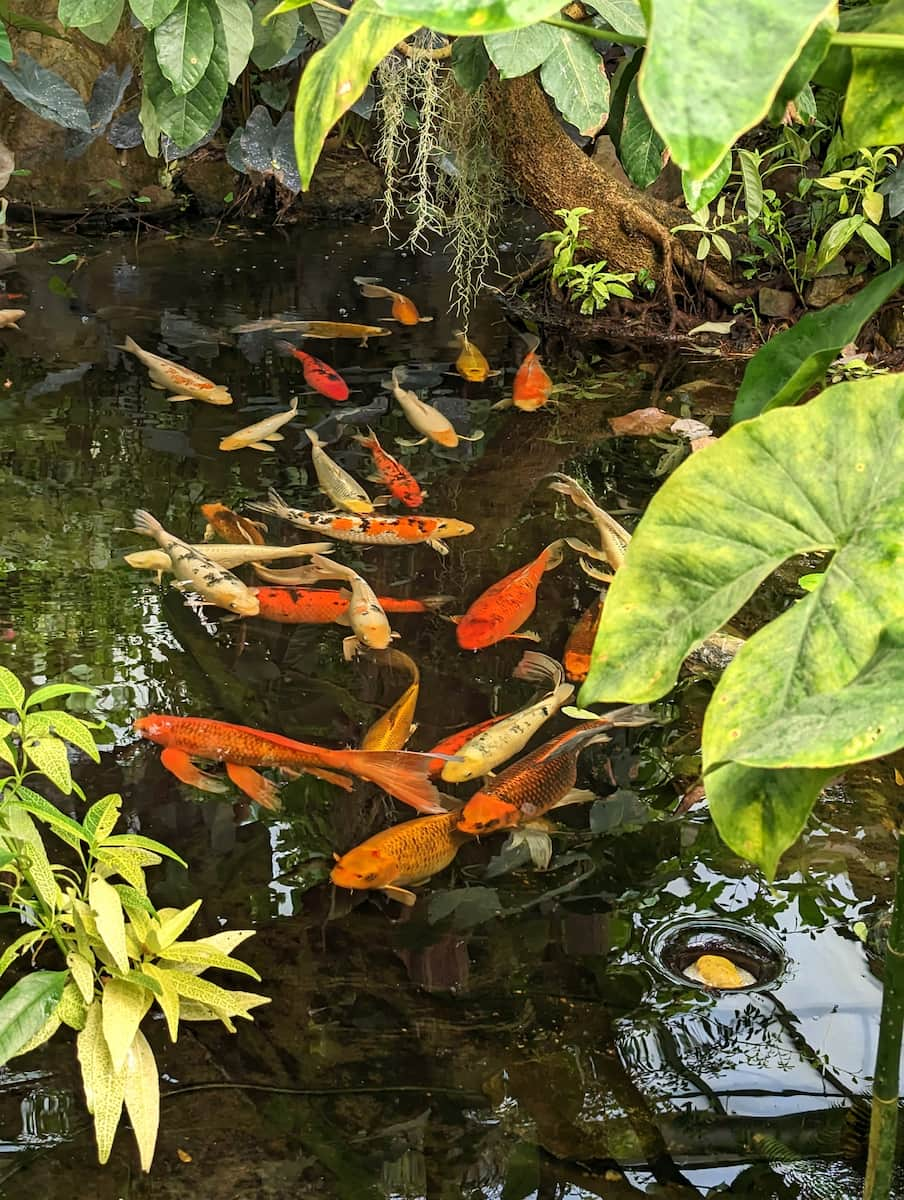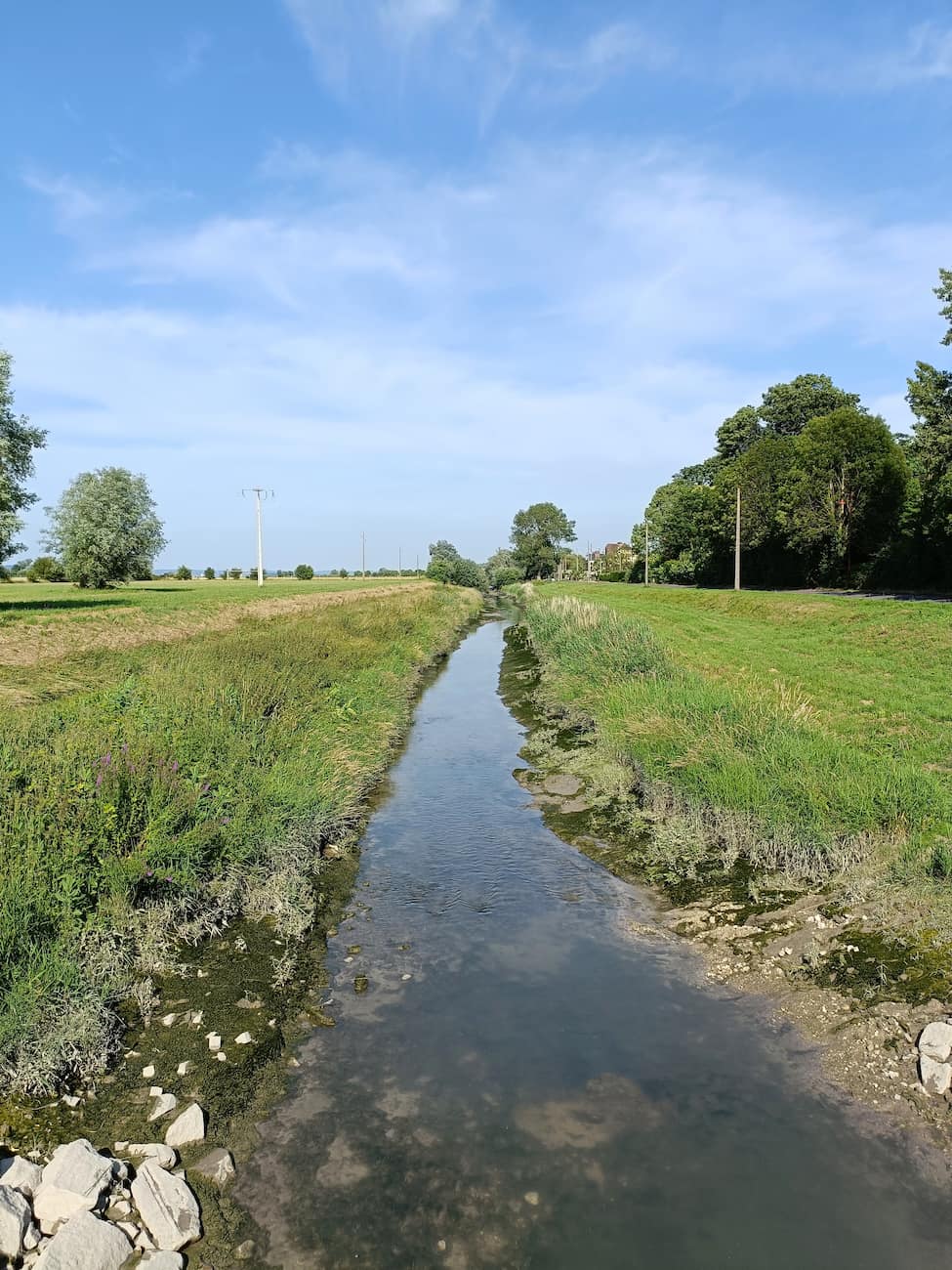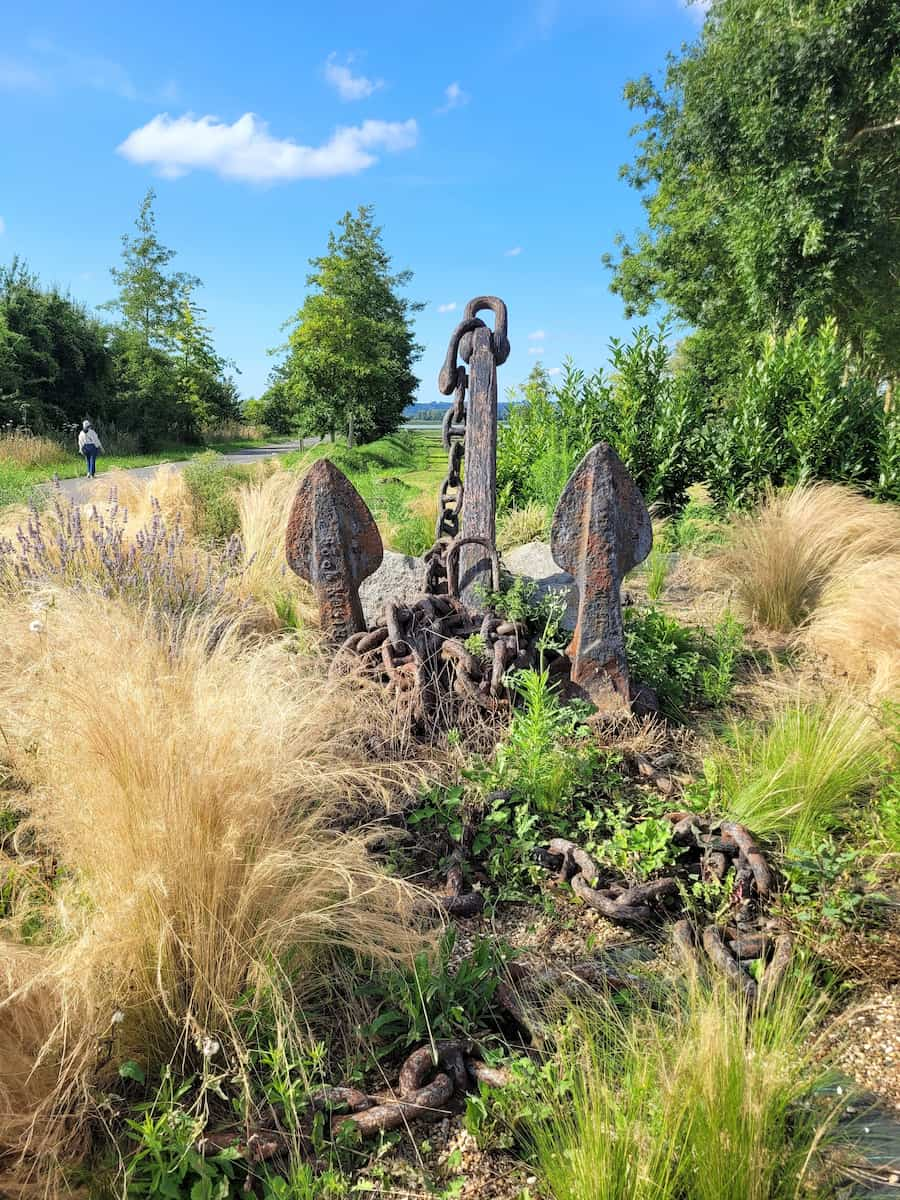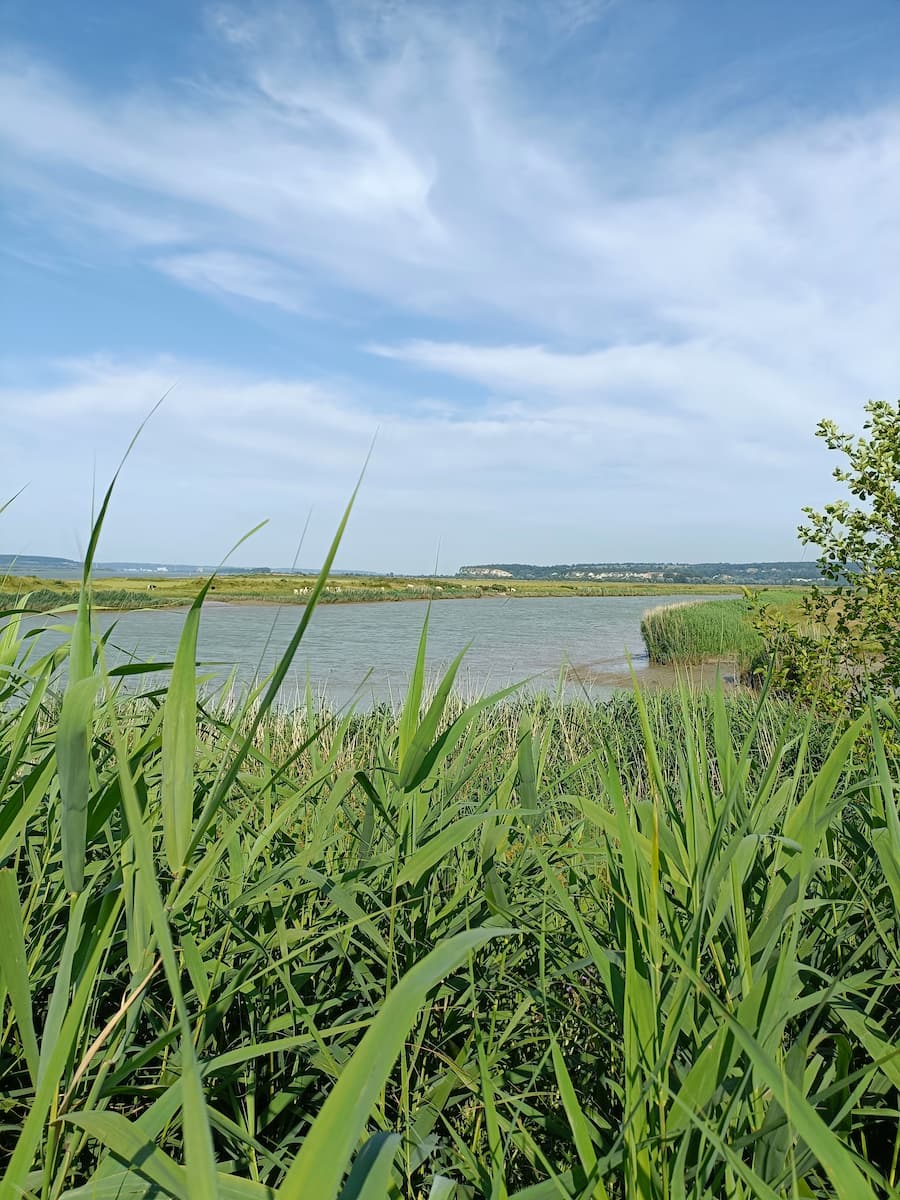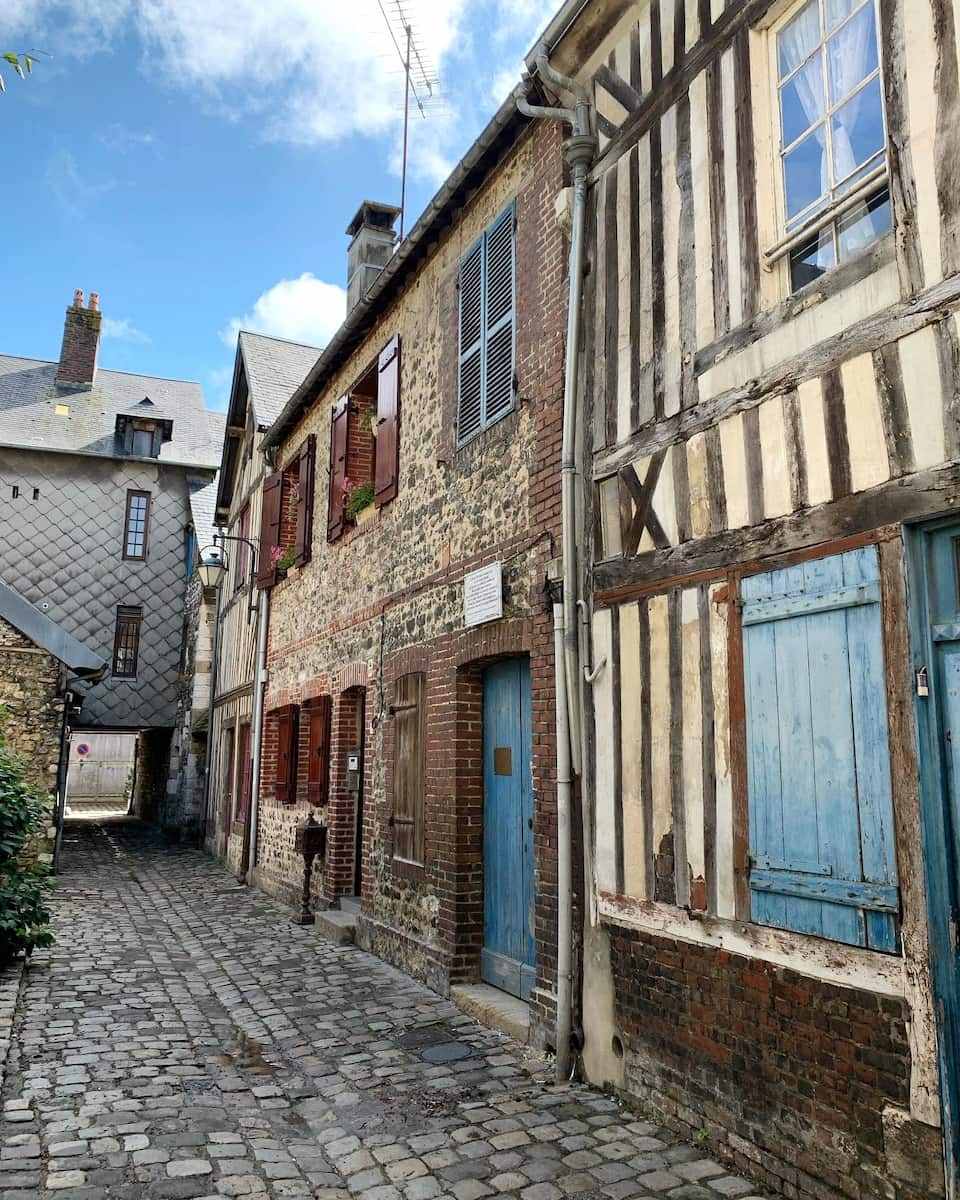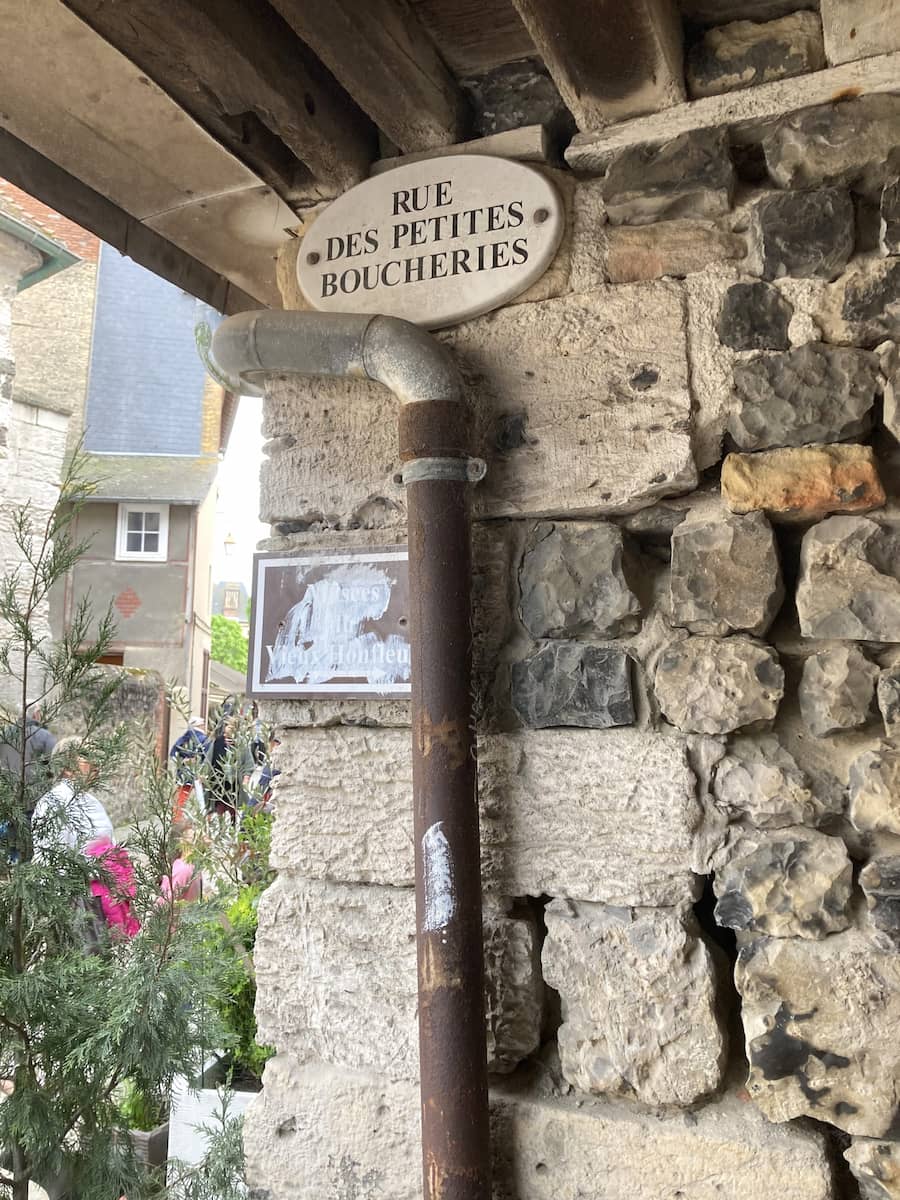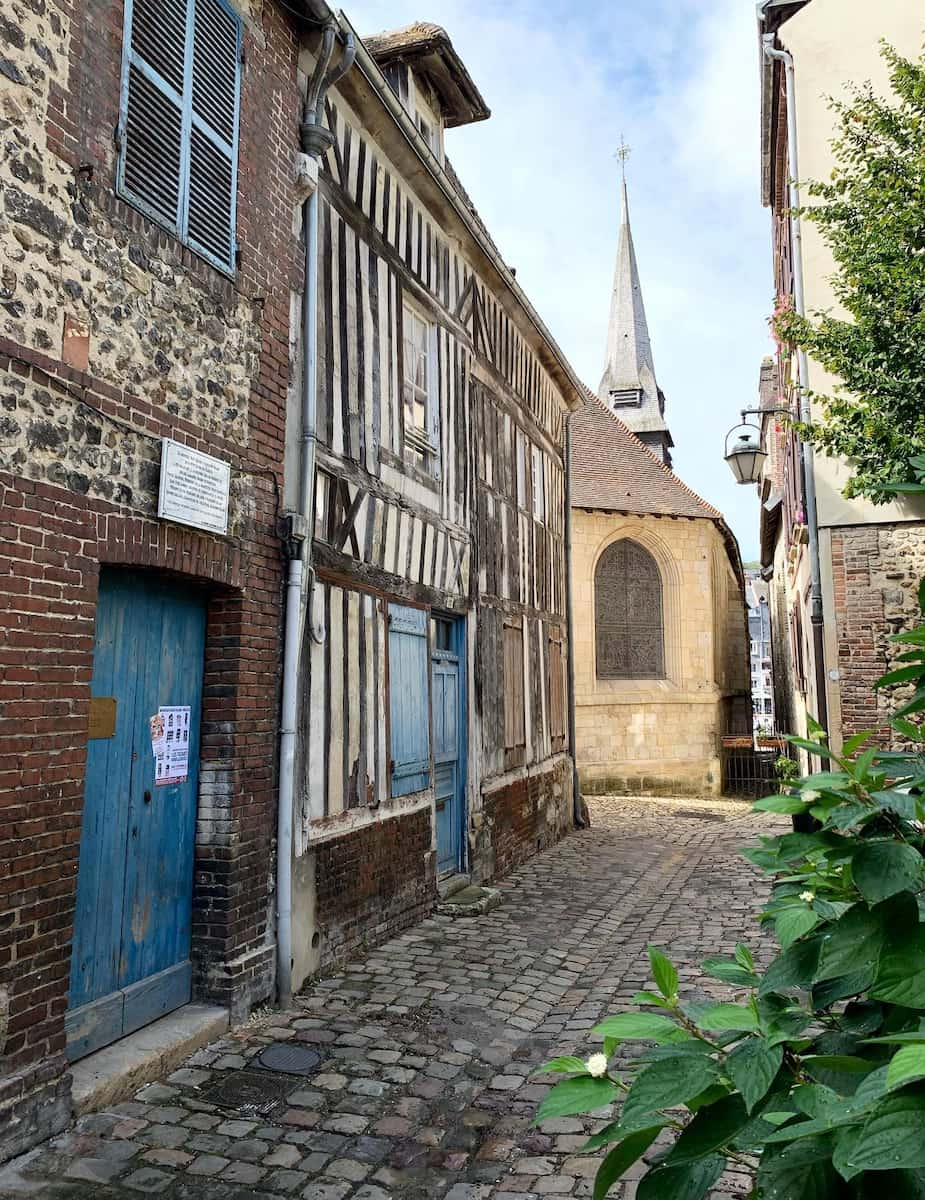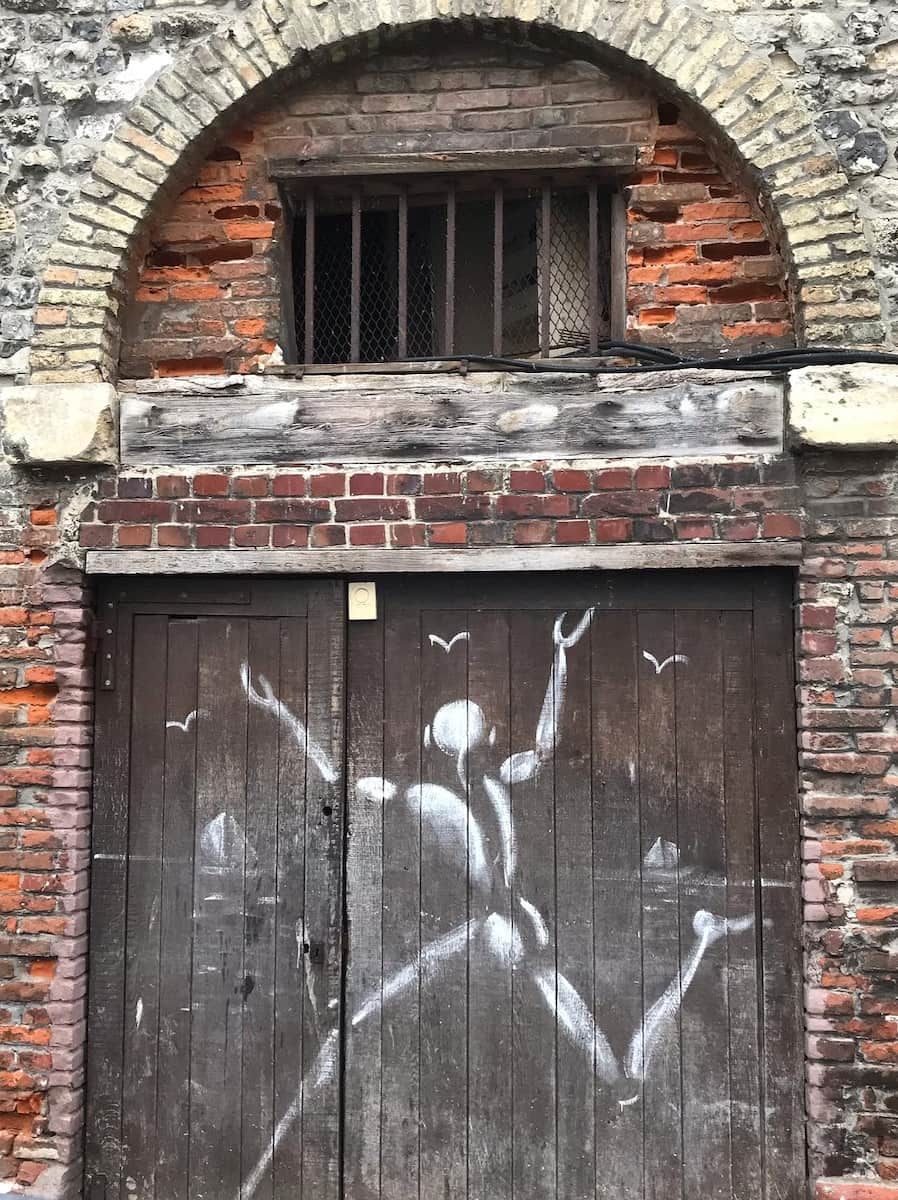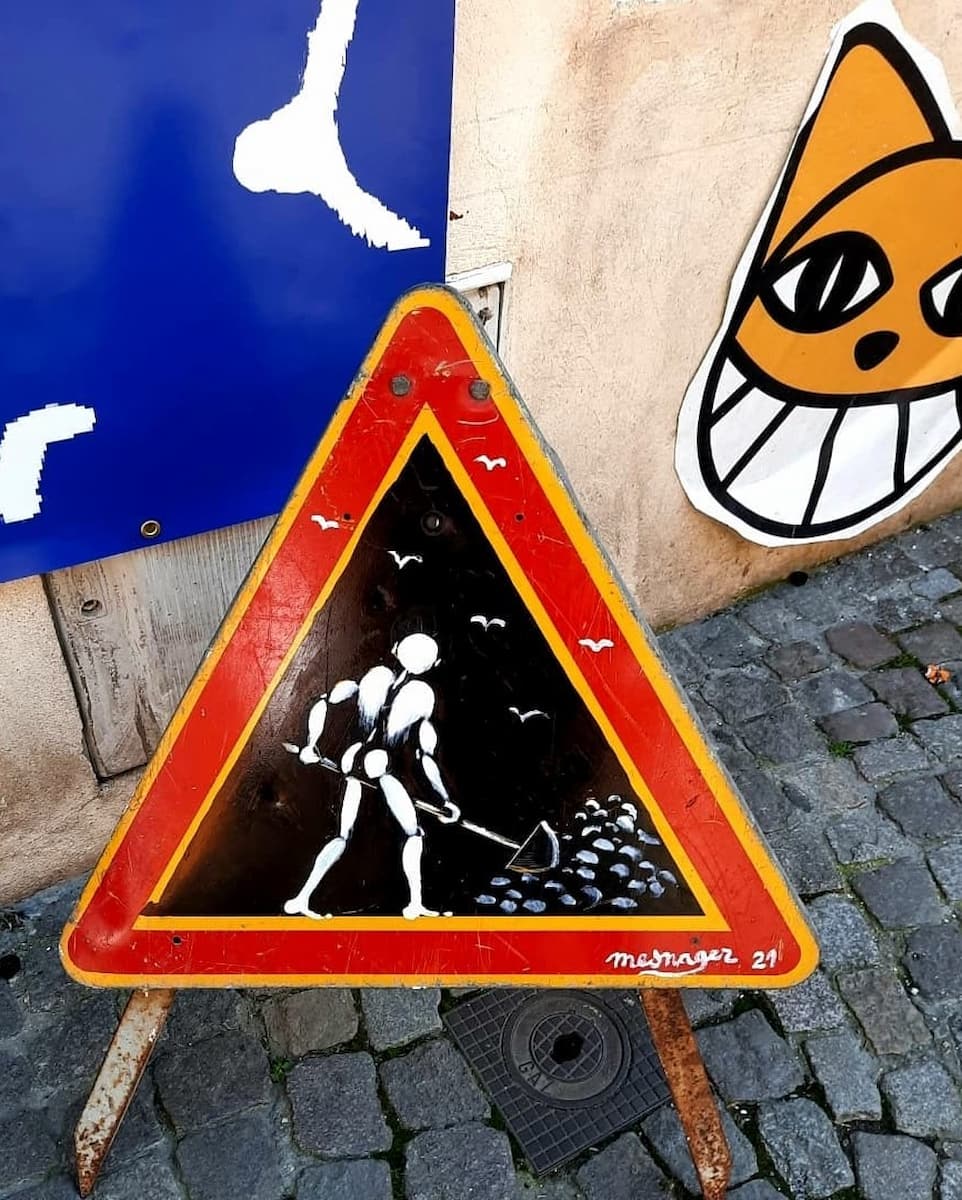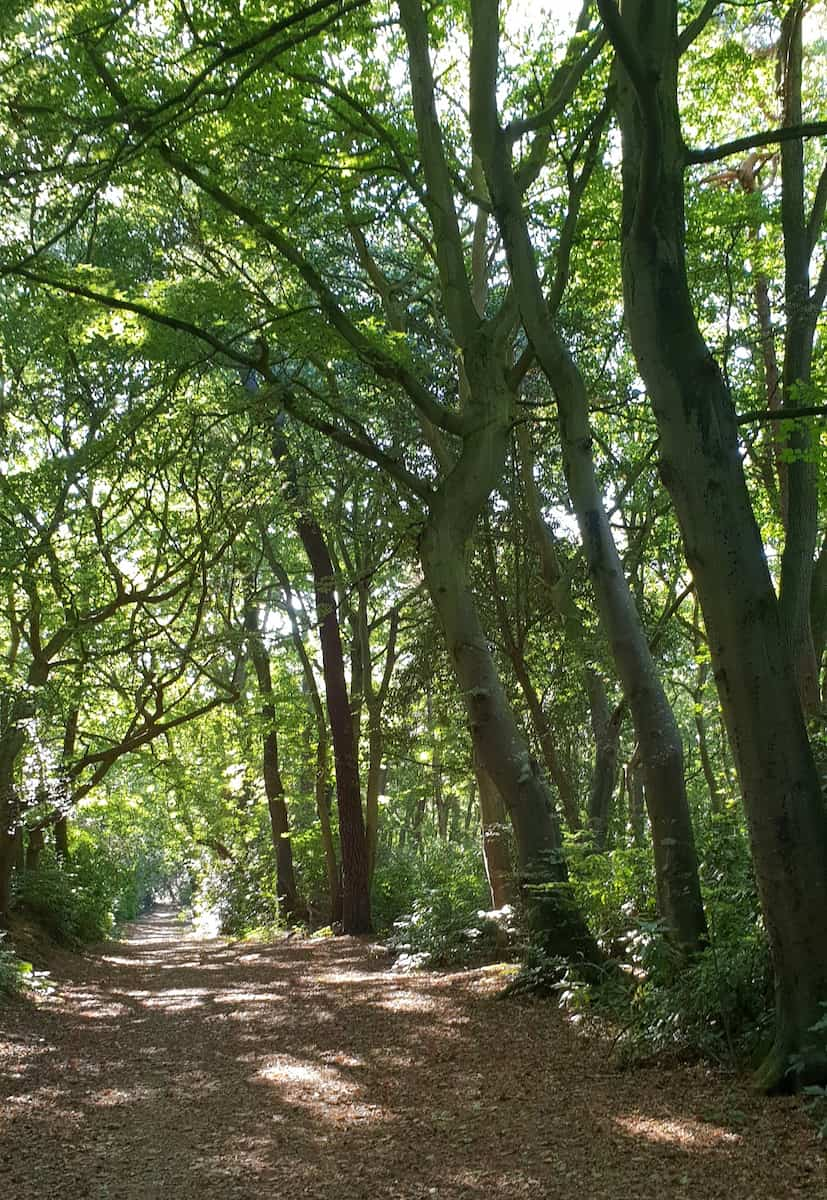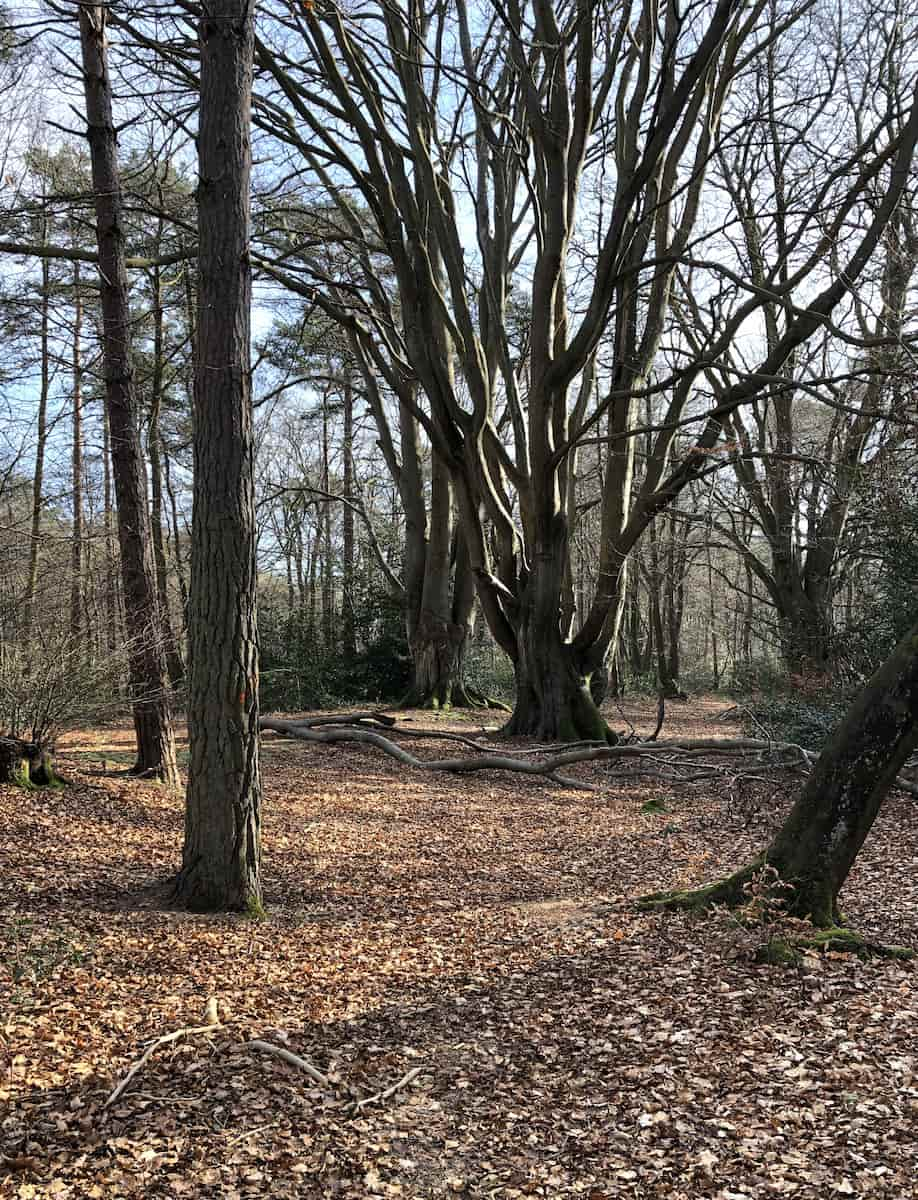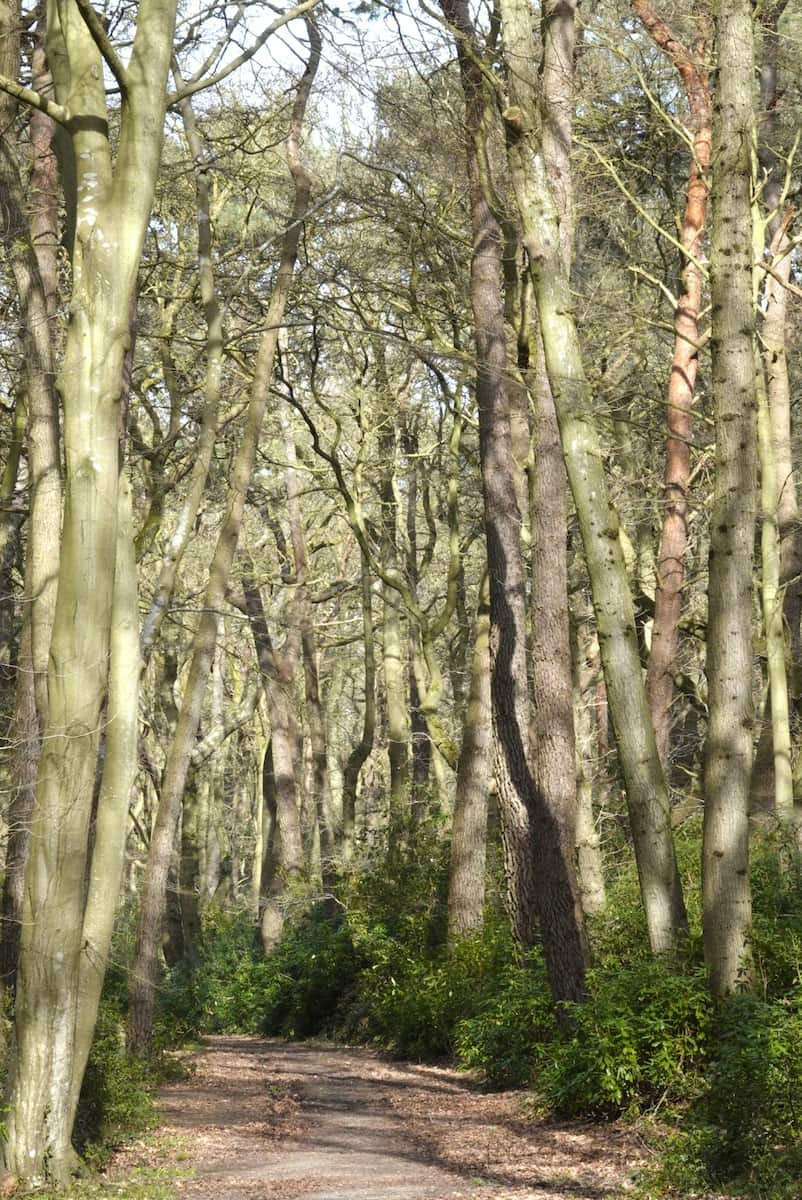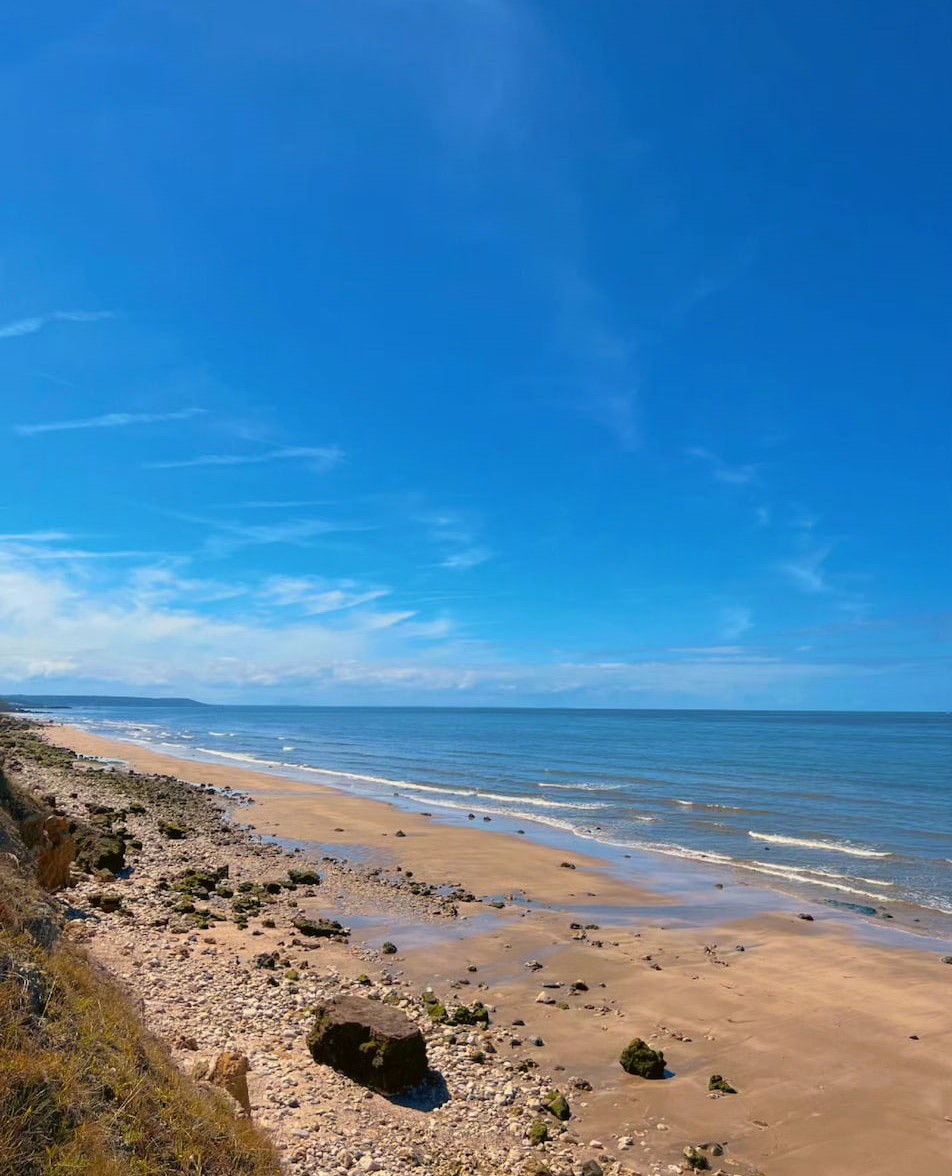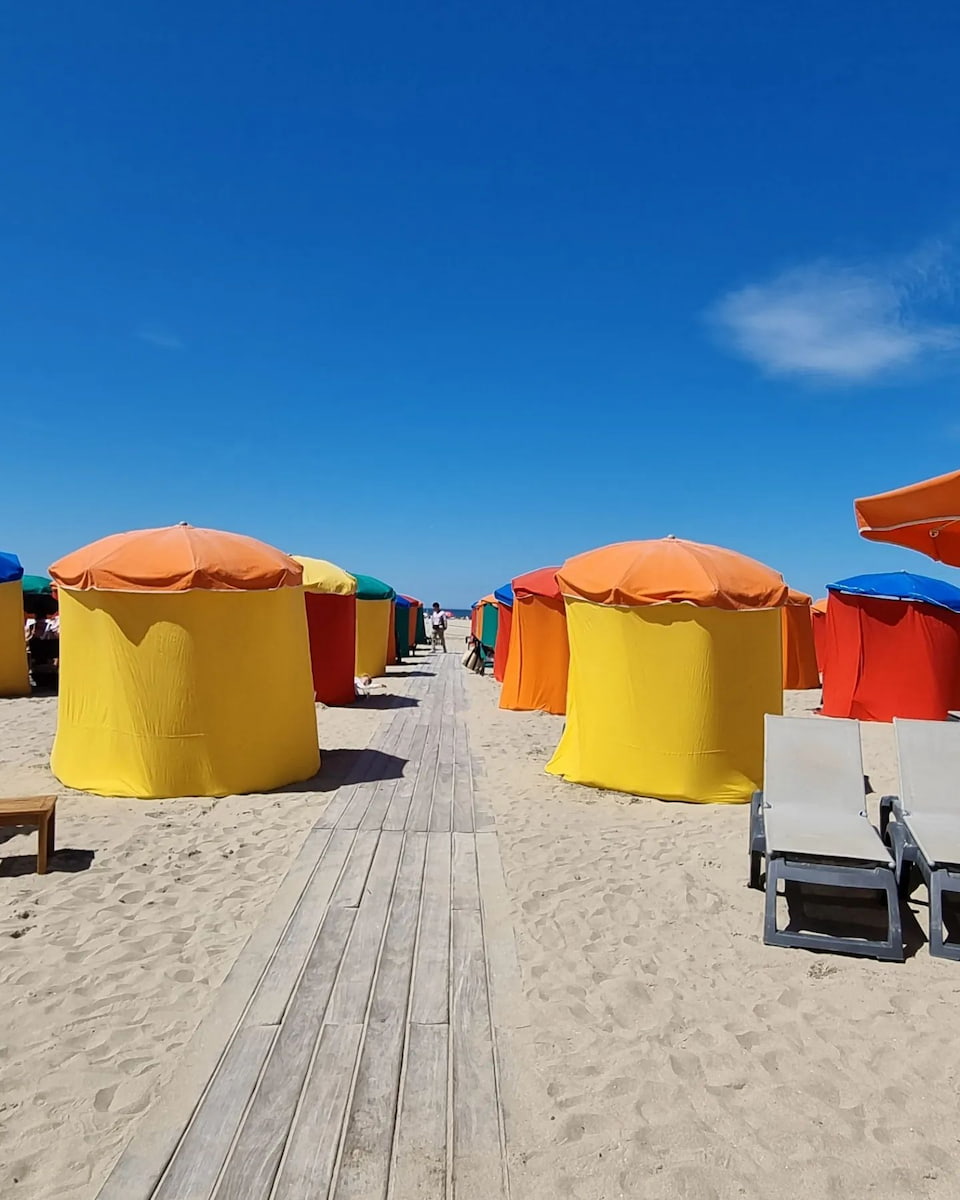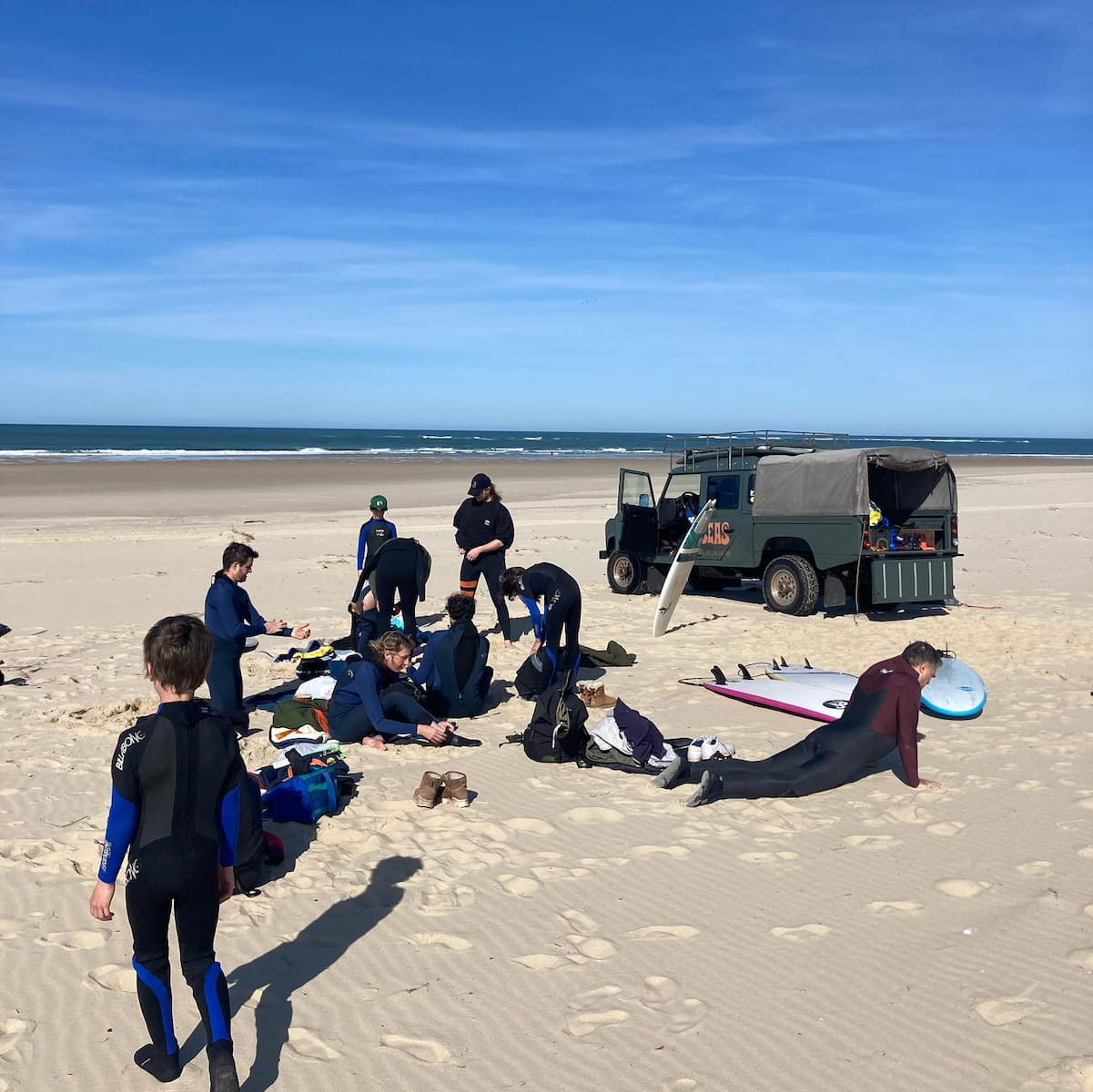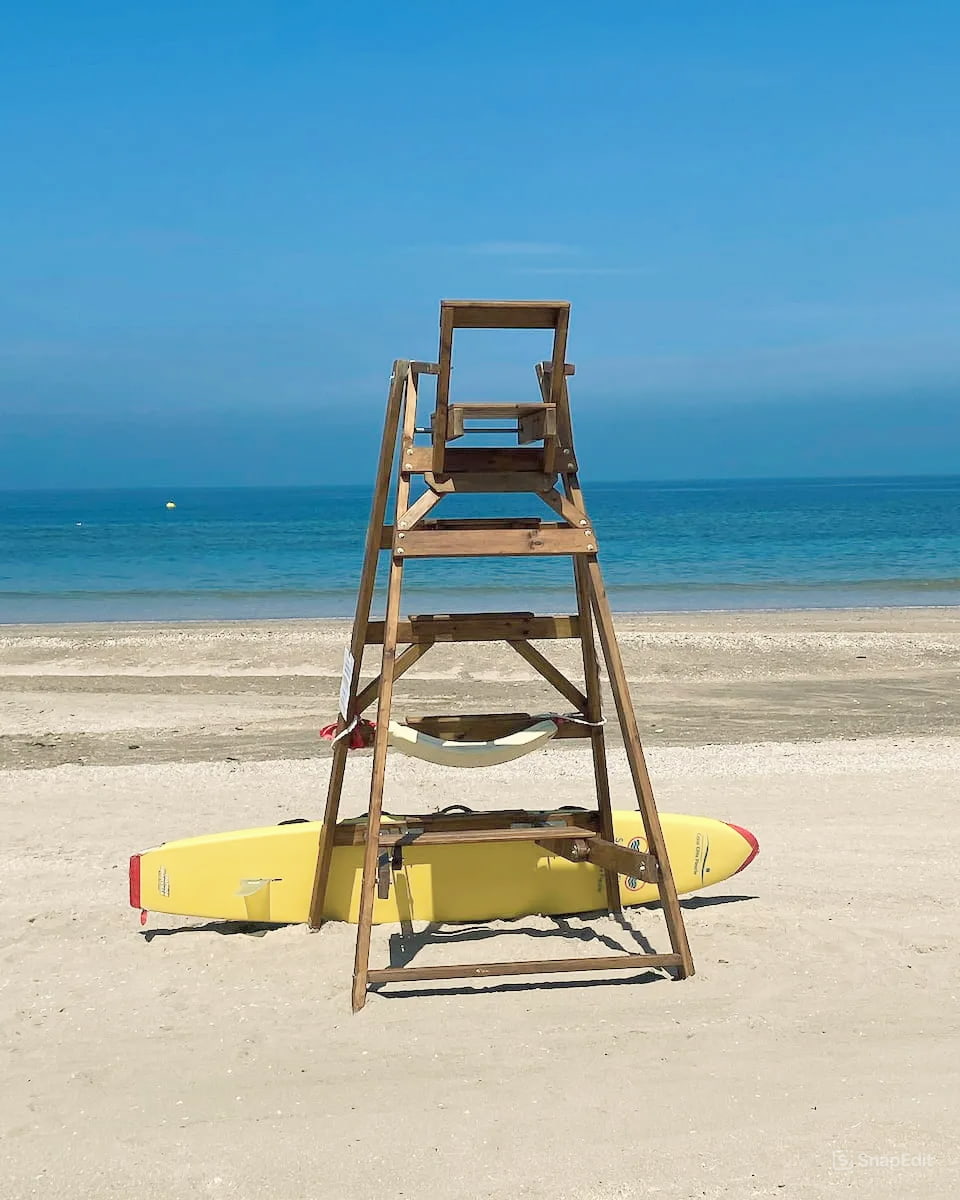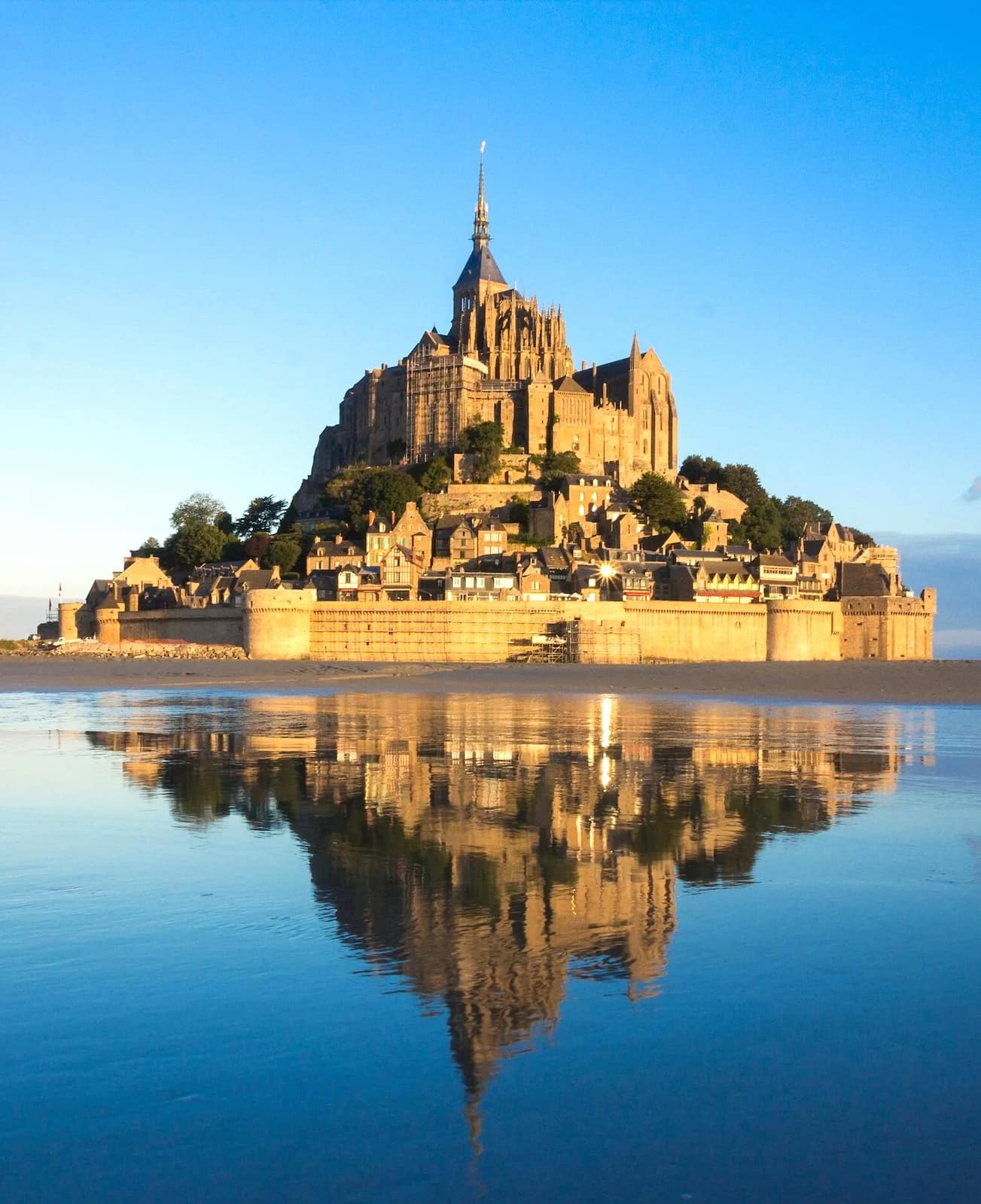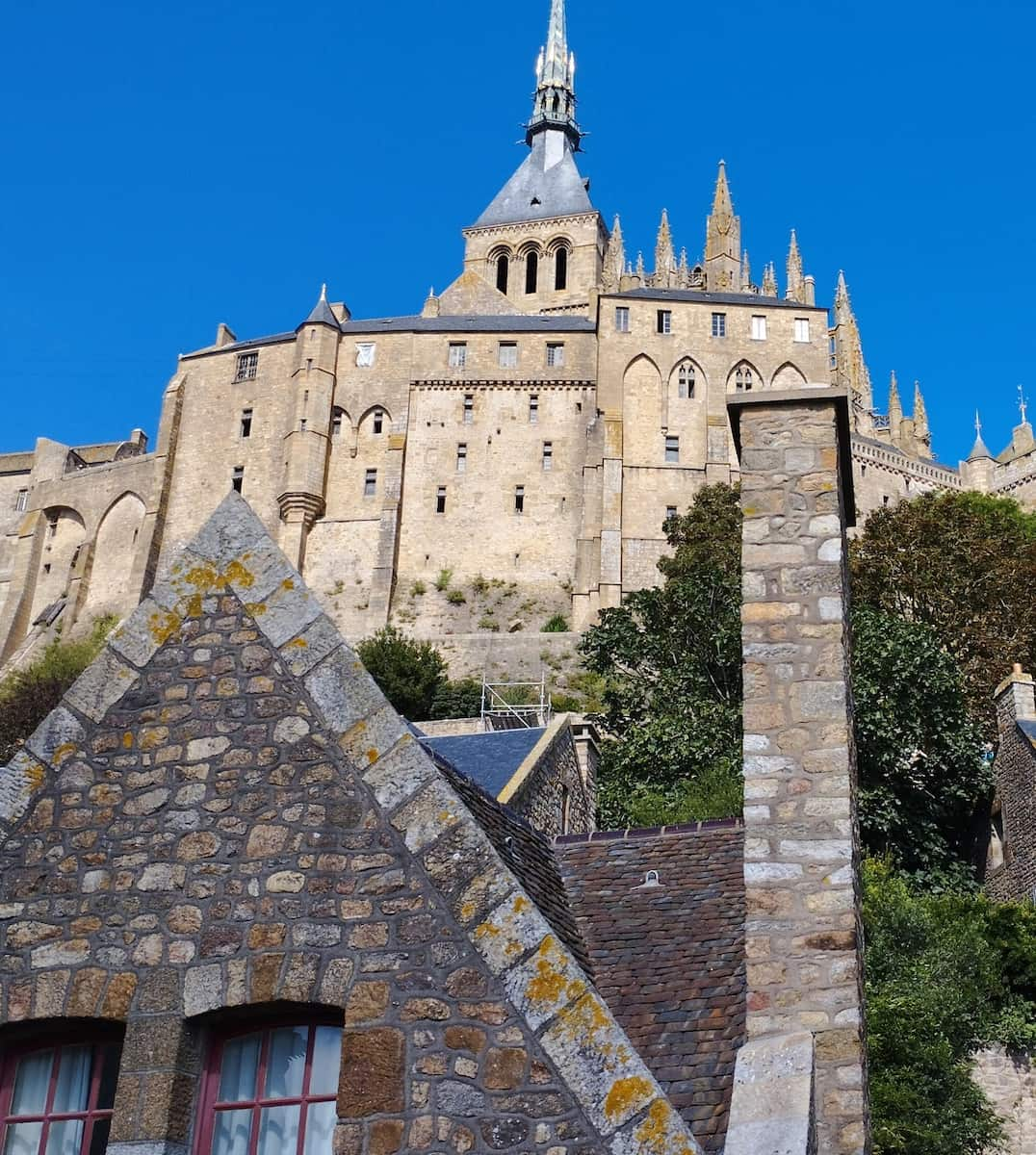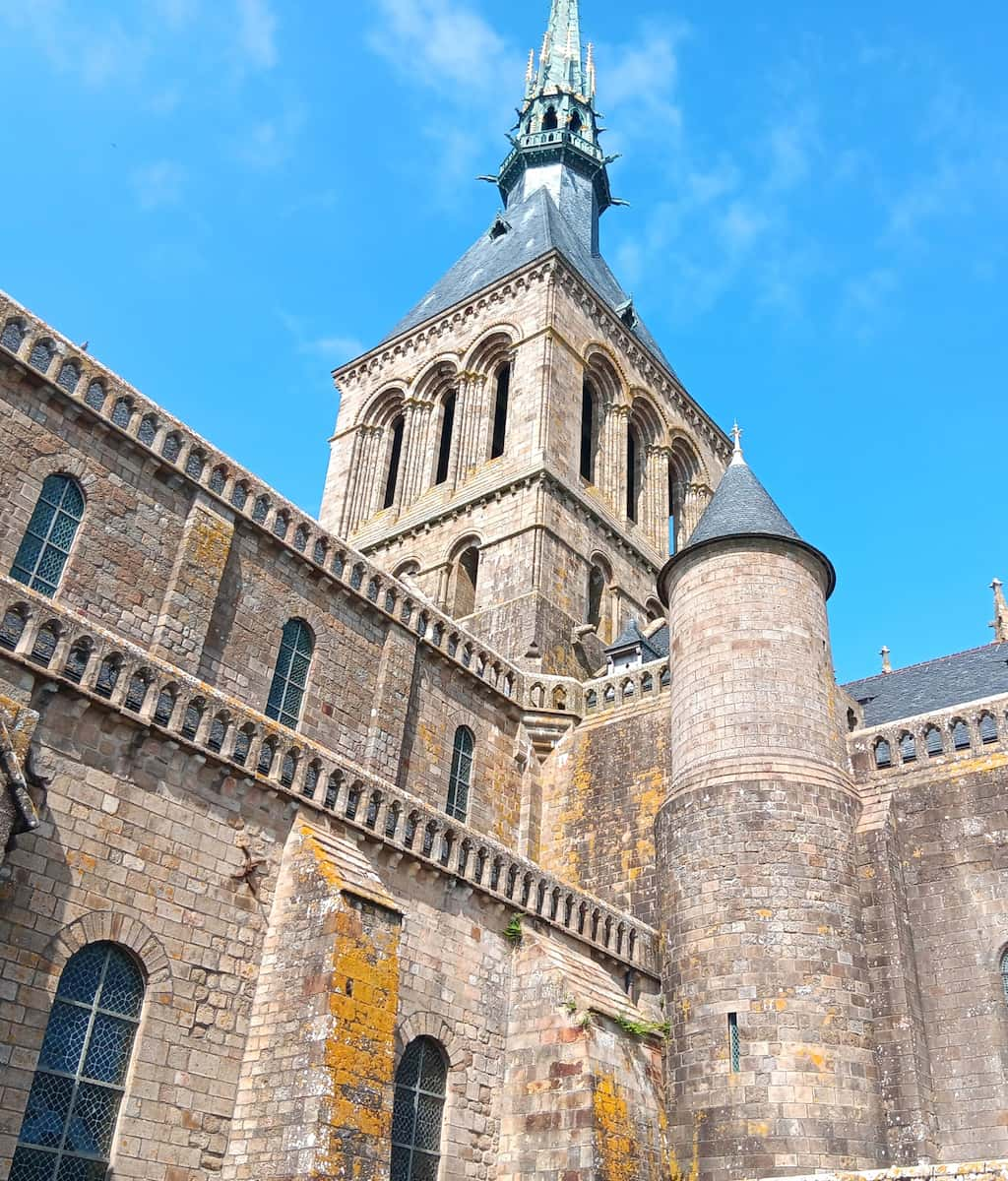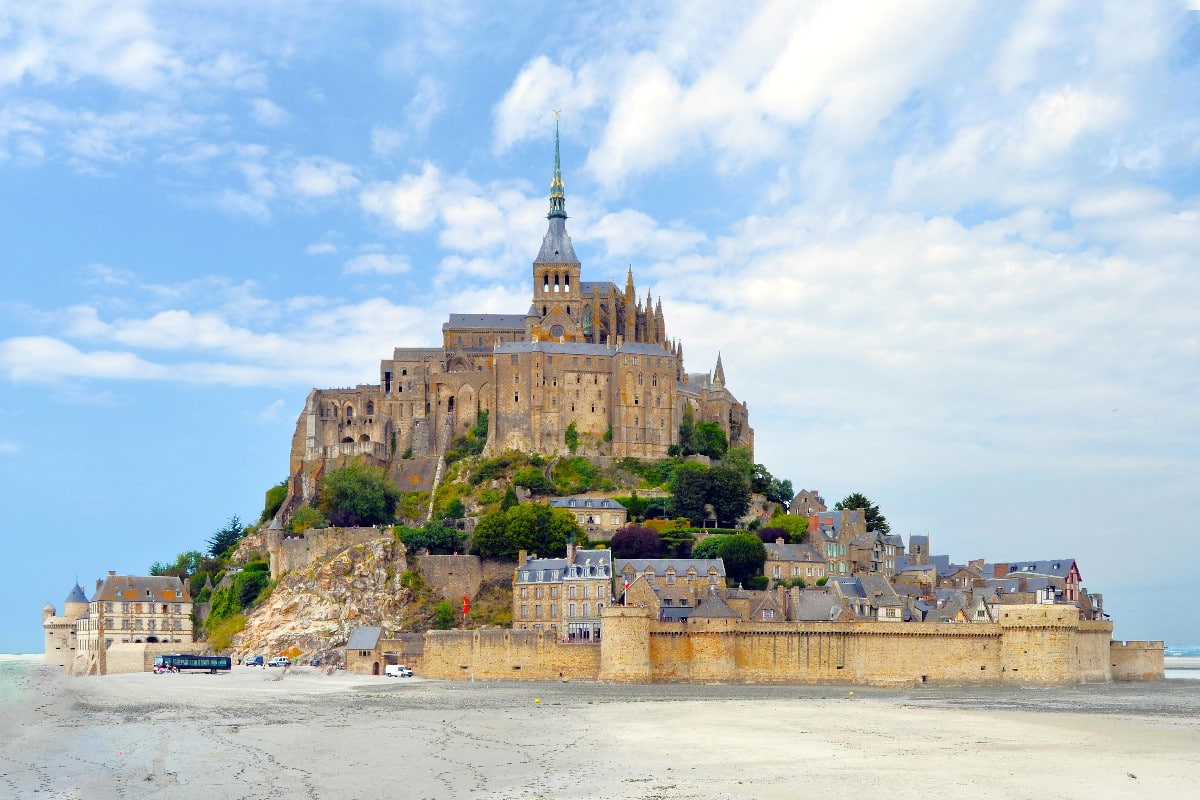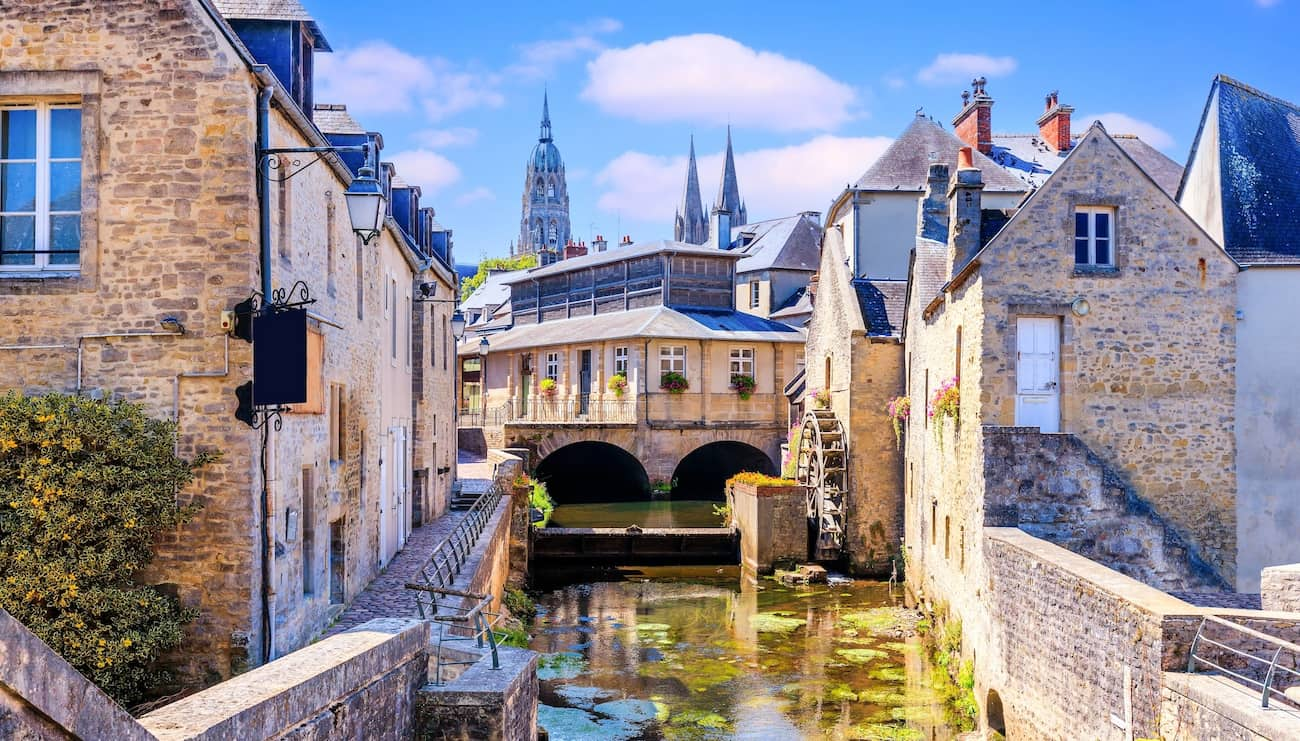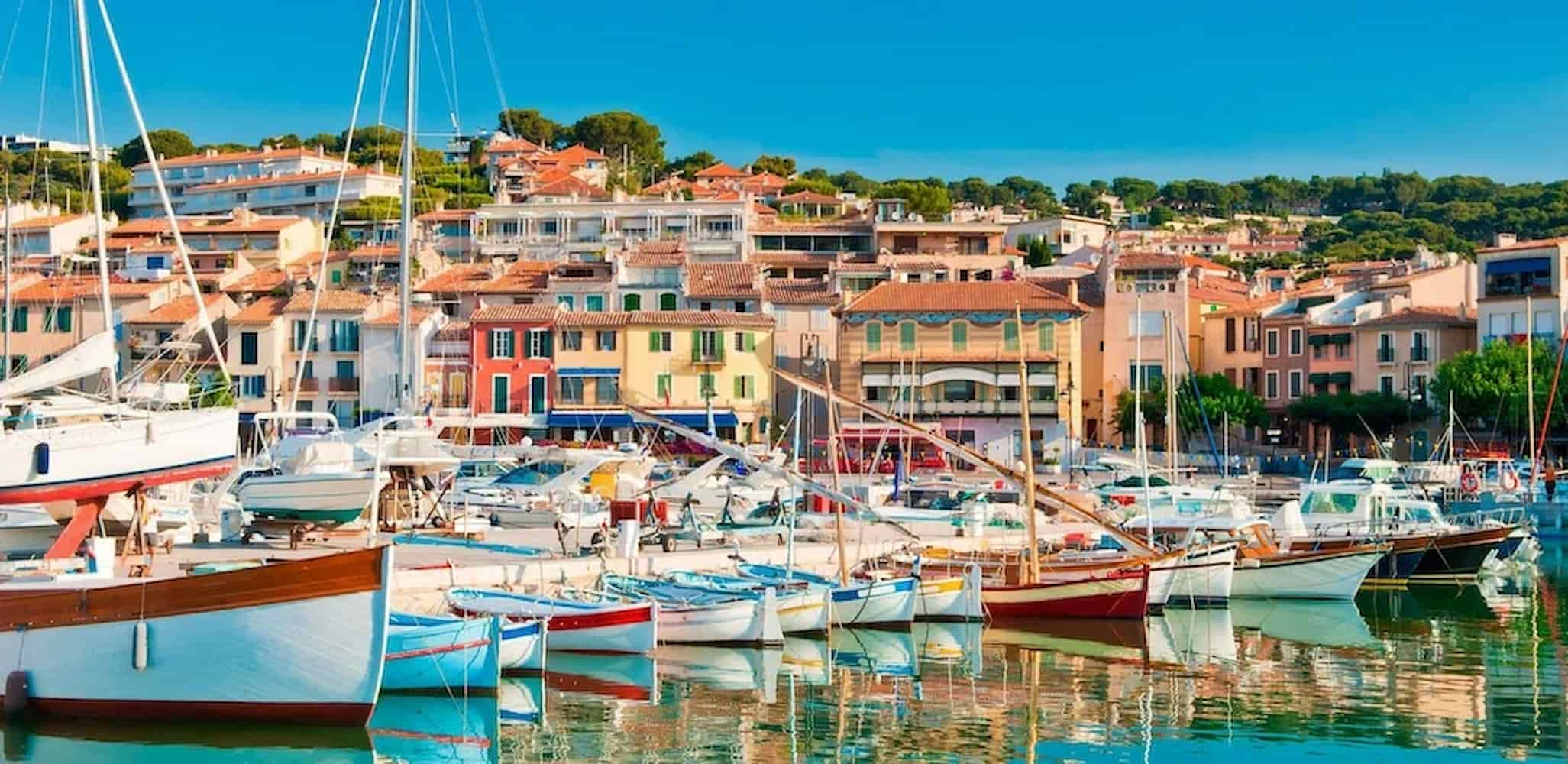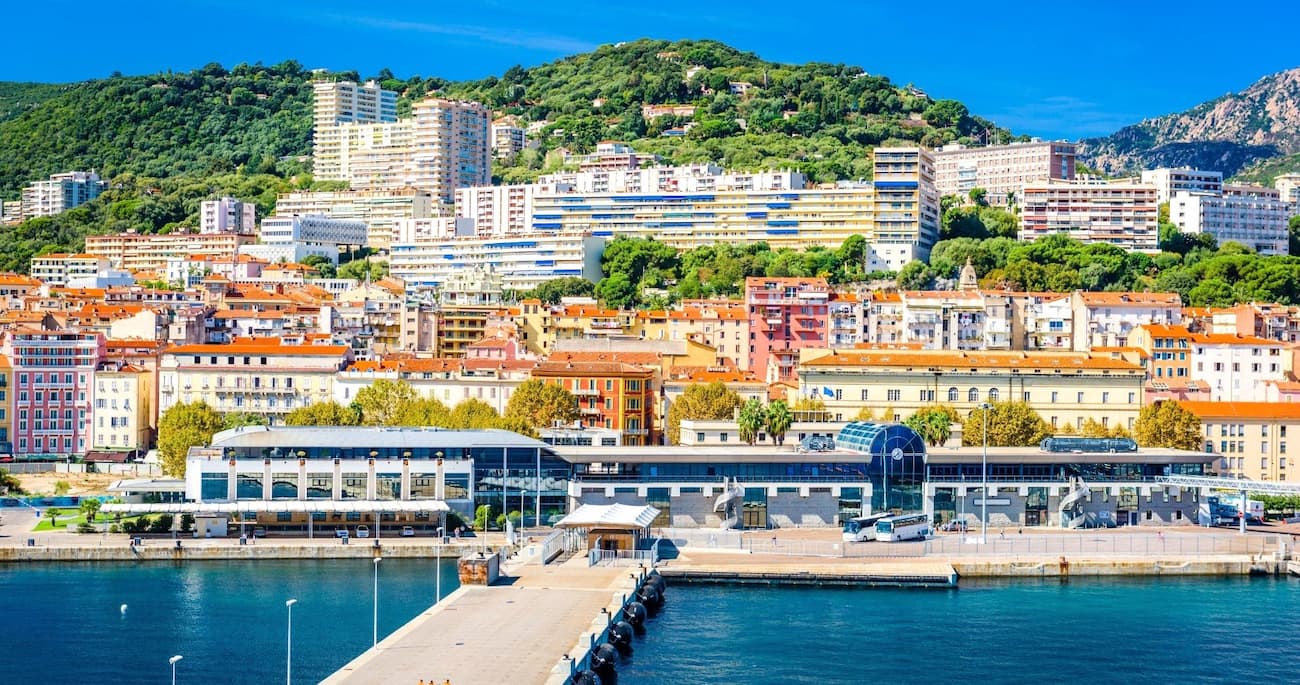Honfleur is a hidden gem on the Normandy coast where time seems to stand still among colorful harbor houses and cobblestone streets. The small port town offers an incredible mix of history, art, and coastal charm that has inspired painters for centuries.
Whether you’re looking for a relaxing weekend getaway or an adventure-filled vacation, Honfleur has something special for every traveler. From the iconic wooden church to delicious seafood restaurants along the harbor, this guide will help you discover the very best experiences this enchanting French town has to offer.
🏠 Best Hotels in Honfleur
- 💎 Luxury Hotel: La Ferme Saint Simeon Spa - Relais & Chateaux, Honfleur
- ✨ 5-Star: Hôtel Saint-Delis - La Maison du Peintre - Relais & Châteaux, Honfleur
- 🏨 4-Star: L'INVITATION AU VOYAGE - Hôtel & Spa, Honfleur
- 🛏️ 3-Star: La Cour Sainte Catherine demeure de charme, Honfleur
- 💸 Cheap: ibis budget Honfleur Centre, Honfleur
- 🏢 Apartment: La villa des souhaits, Honfleur
- 👨👩👧👦 For Families: Les pommiers, Honfleur
- 🏩 For Couples: B&B Le Fond de la Cour, Honfleur
💁 Best Guided Tours
- Honfleur Private Walking Tour with a Professional Guide from € 90 (⭐4.8/5)
- Private Custom Tour with a Local Guide Honfleur from € 110 (⭐4.9/5)
- Private Guided Walking Discovery Tour of Honfleur from € 95 (⭐4.7/5)
- Honfleur Highlights and Hidden Corners Private Walking Tour from € 85 (⭐4.8/5)
Best Things To Do in Honfleur
1. Vieux Bassin (Old Harbor)
Heart of Honfleur. Walking along the waterfront of Vieux Bassin was my favorite morning activity in Honfleur. This charming old harbor forms the soul of the town, surrounded by tall, narrow houses with colorful facades and distinctive slate tiles dating from the 16th to 18th centuries. The reflection of these buildings in the calm waters creates that postcard-perfect scene that made me understand why artists like Monet, Courbet, and Boudin were so inspired.
Maritime atmosphere. I spent hours watching the bobbing pleasure boats and small fishing vessels moored along the quayside. The harbor’s maritime character is palpable – you can almost feel the centuries of seafaring tradition while strolling the promenade. Don’t miss the Lieutenance building at the mouth of the harbor, once the residence of the town’s royal governor and one of the few remaining parts of Honfleur’s medieval fortifications.
Dining experience. The quays, especially Quai Sainte-Catherine, offer wonderful opportunities for dining al fresco. I enjoyed fresh seafood at one of the waterfront restaurants, savoring delicious local specialties like prawns, scallops, and mackerel while watching the world go by. A simple coffee or glass of wine on the terrace costs around €4-6 ($4.50-6.50), while a seafood lunch ranges from €20-35 ($22-38).
Best restaurants along Vieux Bassin:
- La Fleur de Sel – Excellent moules marinières (€18/$20)
- L’Absinthe – Upscale dining with harbor views (€35-50/$38-55)
- Le Bistrot du Port – Casual seafood platters (€25/$27)
- La Tortue – Traditional Norman cuisine (€30/$33)
- Côté Resto – Budget-friendly daily specials (€15/$16.50)
Practical tips:
- Visit is free, no tickets needed
- Allow about 2 hours to properly enjoy the area
- Wear comfortable shoes as you’ll do plenty of walking
- Visit on weekdays to avoid weekend crowds
- The area is mostly outdoors, so check weather forecasts
Family fun. Kids will love the vintage carousel located opposite the Lieutenance. For €3 ($3.30) per ride, it’s a delightful treat for the little ones. The harbor area is also perfect for families to enjoy an ice cream while watching boats come and go – I saw many children fascinated by the maritime activities and colorful surroundings.
⭐ Best Activities
- Honfleur Haven Exclusive Private Guided Walking Discovery – Begin your walk along Quai Sainte-Catherine with its colorful timber-framed houses and bustling cafes. This private tour includes a visit to historic buildings and discussions about the town’s rich artistic heritage.
2. Eglise Sainte-Catherine
Wooden wonder. Eglise Sainte-Catherine took my breath away with its unique wooden construction. Built by shipbuilders after the Hundred Years’ War, this church stands as France’s largest wooden church and showcases incredible craftsmanship. The separate bell tower across the square was built apart from the main structure to protect the wooden church from fire – a clever architectural solution I hadn’t seen elsewhere in Normandy.
Interior treasures. Inside, I was mesmerized by the vaulted ceiling that resembles an upturned ship’s hull. The church’s nautical influence is unmistakable – a testament to Honfleur’s maritime heritage. The soft natural light filtering through stained glass windows creates an atmosphere of peaceful contemplation that contrasts with the bustling harbor just minutes away.
Visitor information. Entry to the church is free, though I left a €2 ($2.20) donation to support maintenance. Opening hours run from 9:00 AM to 7:00 PM in summer and 10:00 AM to 5:00 PM in winter. Photography is permitted without flash, and I recommend visiting between 10:00-11:00 AM when the morning light illuminates the interior beautifully.
Architectural highlights to notice:
- Ship-like wooden vaulted ceiling
- Separate bell tower (campanile)
- Original 15th-century wooden construction techniques
- Double nave design with two parallel aisles
- Ornate wooden altarpiece
- Stained glass windows depicting maritime scenes
Historical significance. The church dates back to the 15th century, replacing an earlier stone church destroyed during the Hundred Years’ War. Walking around its perimeter, I noticed how the oak construction has weathered over centuries yet remains structurally sound – a remarkable engineering achievement considering it was built without metal nails, using wooden pegs instead.
Local culture. During my visit, I was lucky to catch a small choir rehearsal that filled the space with haunting melodies. The church hosts occasional concerts throughout the year, particularly during summer months. Tickets for these performances range from €10-20 ($11-22) depending on the event, offering a magical way to experience this acoustic marvel.
⭐ Best Activities
- Honfleur Highlights Walking Tour – Starting in front of Saint-Leonard’s Church, this comprehensive walking tour takes you through the town’s highlights and concludes at the beautiful Saint-Catherine church.
3. Eugène Boudin Museum
Artistic heritage. The Eugène Boudin Museum houses an impressive collection of paintings that showcase Honfleur’s artistic legacy. Located in a historic building near the harbor, this museum celebrates the town’s famous son and mentor to Claude Monet. I spent a fascinating morning exploring works by Boudin, Monet, Courbet, Dubourg and other artists who captured Normandy’s distinctive light and landscapes.
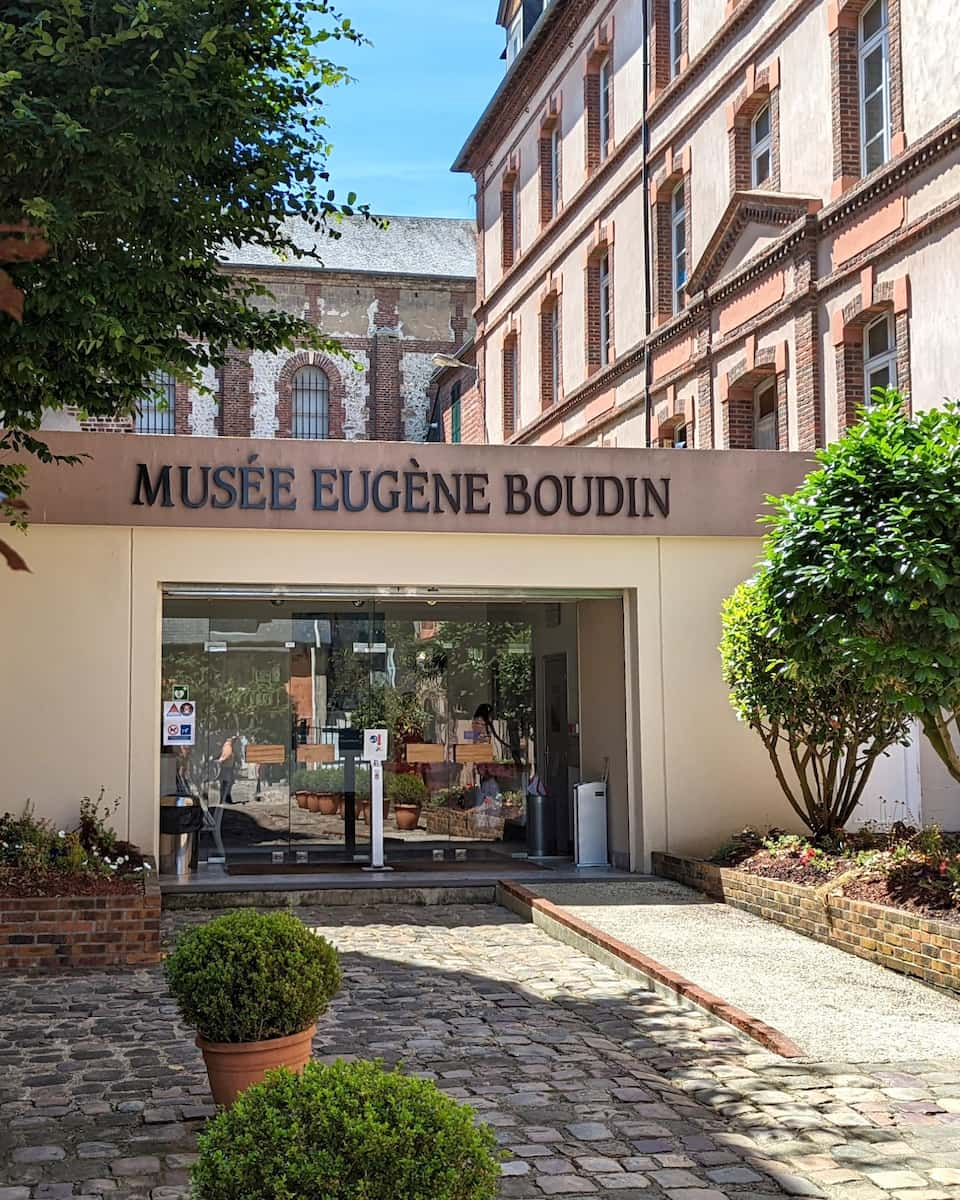
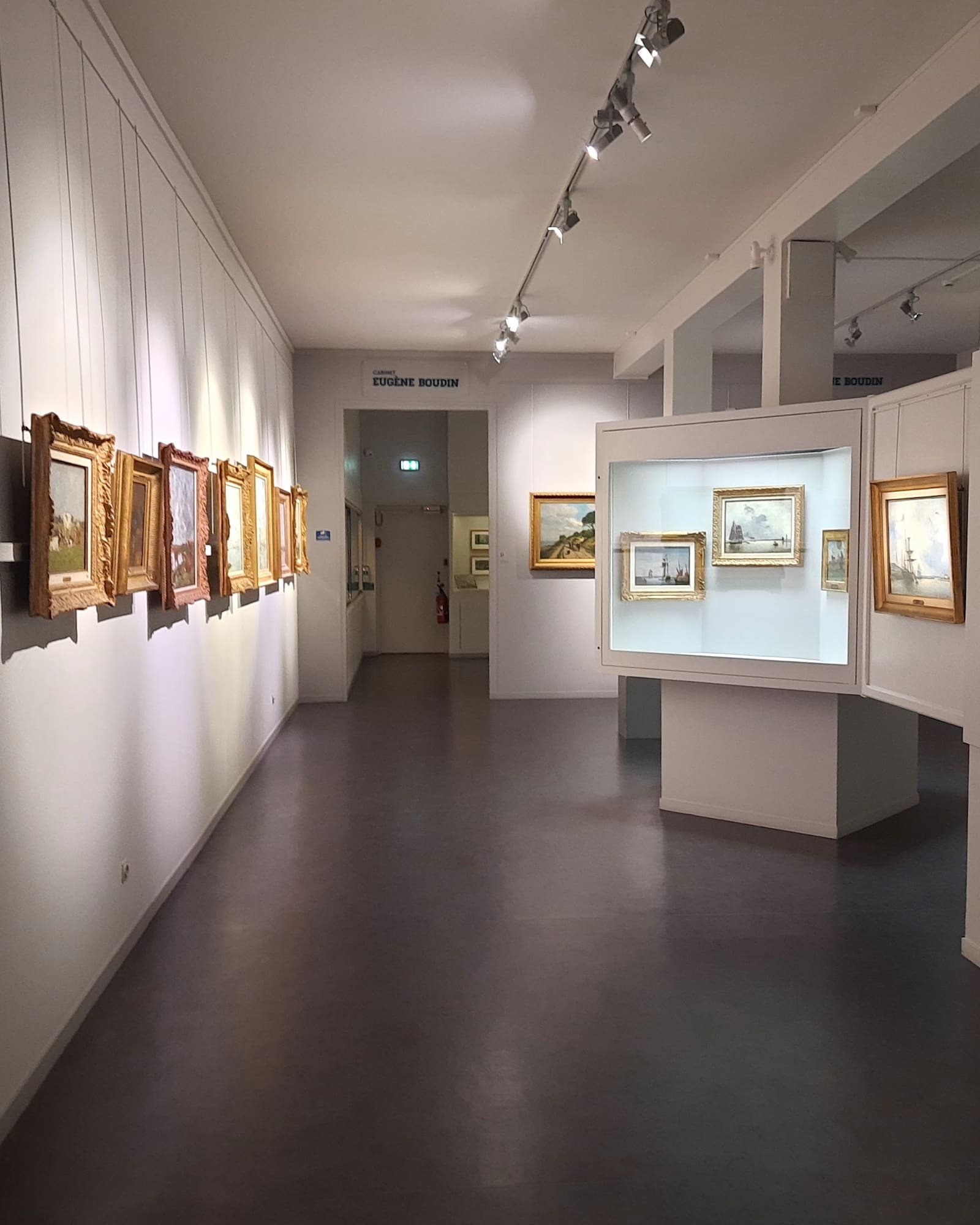
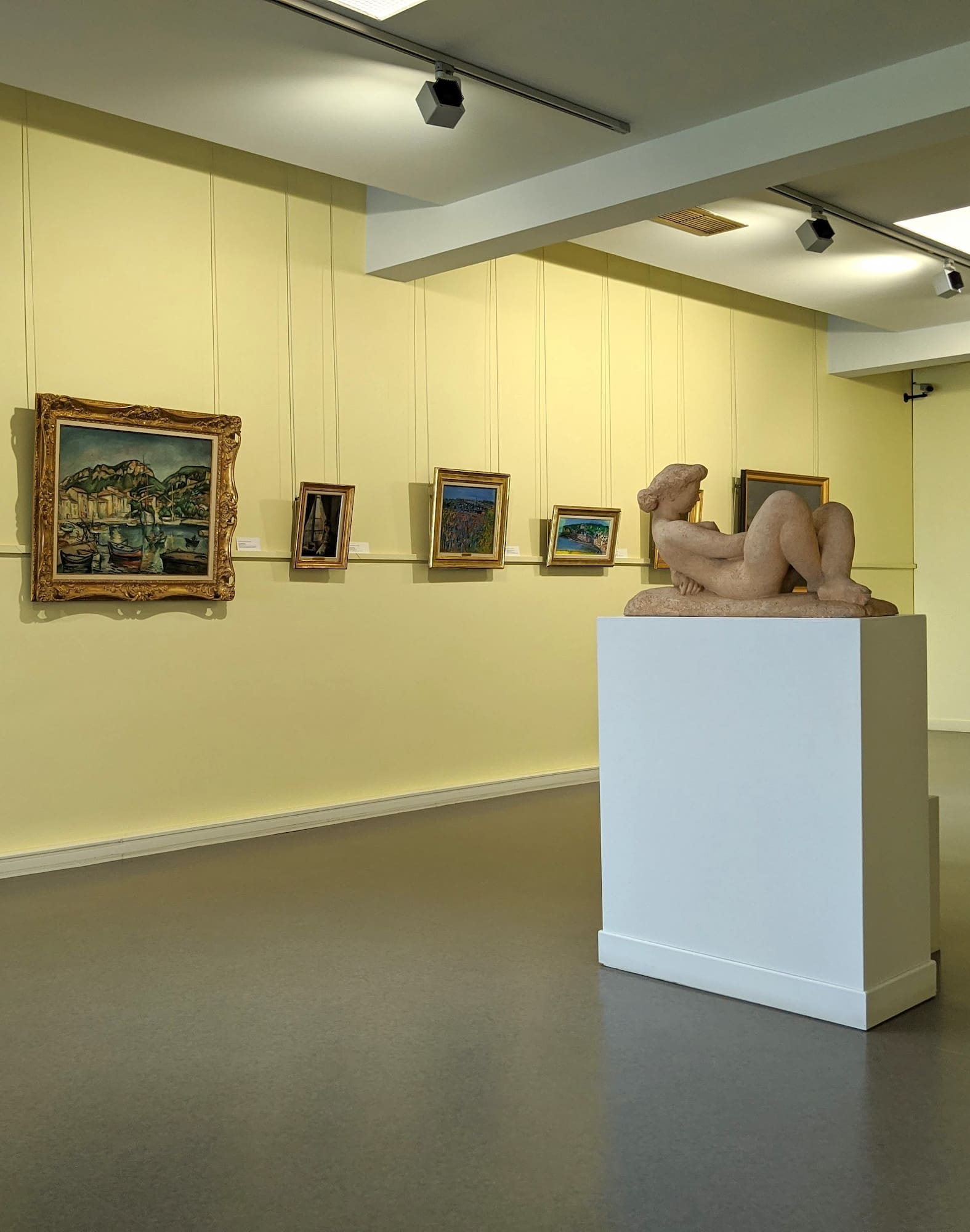
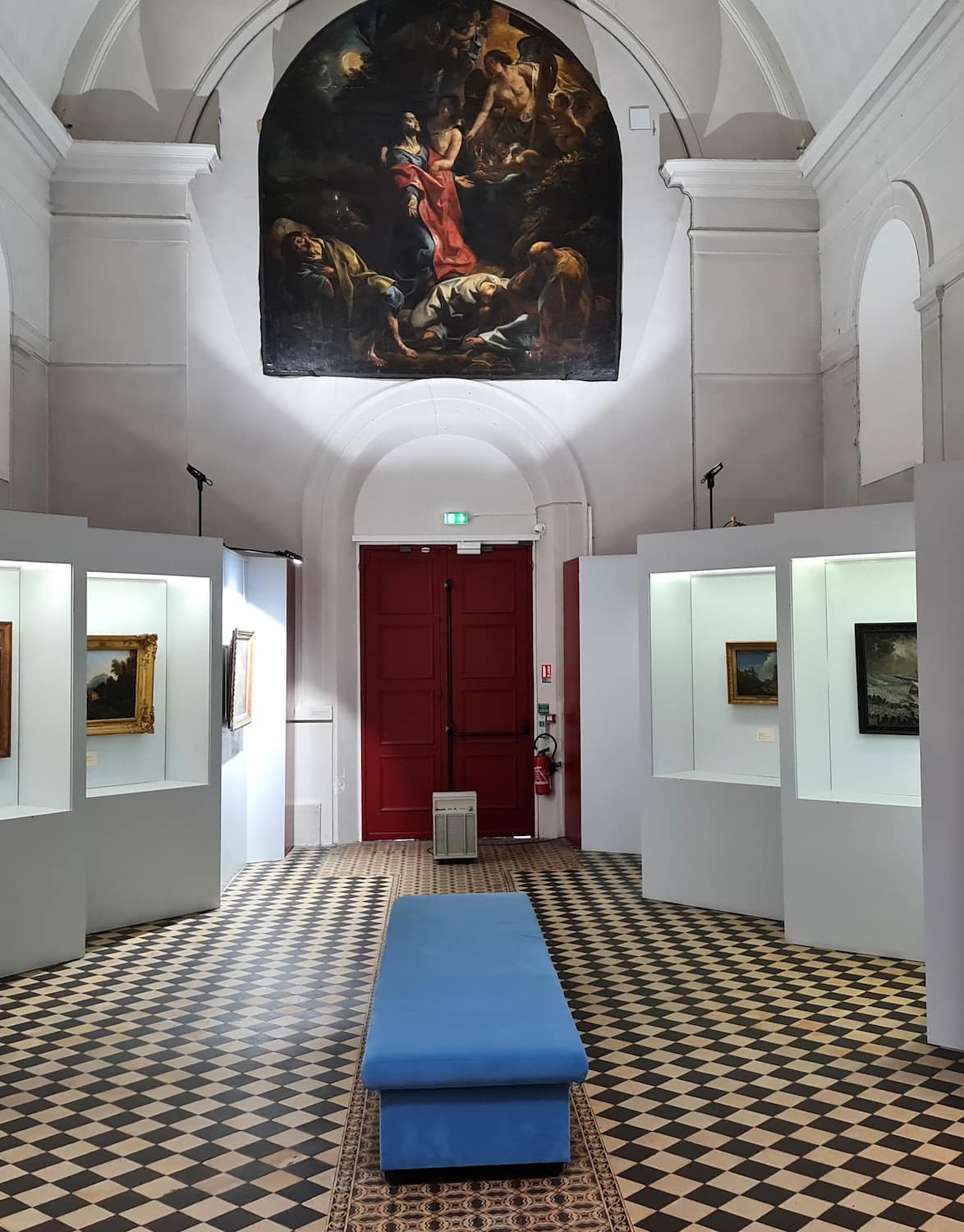
Collection highlights. My favorite section featured Boudin’s atmospheric seascapes and sky studies. His ability to capture changing weather conditions and light effects on the Normandy coast earned him the nickname “king of skies.” The museum also displays period furniture, traditional Norman costumes, and maritime artifacts that provide context to the artistic works.
Must-see paintings in the collection:
- “The Beach at Trouville” by Eugène Boudin
- “Honfleur Harbor” by Johan Barthold Jongkind
- “Normandy Landscape” by Gustave Courbet
- “Fishing Boats” by Claude Monet
- “The Jetty at Low Tide” by Albert Marquet
- “Honfleur Street Scene” by Adolphe-Félix Cals
Practical details. Admission costs €6.50 ($7.10) for adults, with reduced rates of €4.50 ($4.90) for students and seniors. The museum is open daily except Tuesdays from 10:00 AM to 6:00 PM (May-September) and 2:30 PM to 5:30 PM (October-April). Audio guides are available in English, French, and German for an additional €3 ($3.30).
Hidden gems. Don’t miss the small garden behind the museum where I found a peaceful spot to reflect on the artwork. The temporary exhibition space on the top floor regularly features contemporary artists inspired by Normandy’s landscapes – during my visit, a fascinating display of modern interpretations of coastal scenes complemented the permanent collection.
Photography tips. While photography without flash is permitted in most areas, certain special exhibitions may have restrictions. The museum’s lighting is designed to protect the artworks, so some rooms are dimly lit. I found the best photos came from capturing the architectural details of the building itself, particularly the elegant staircase and period windows.
⭐ Best Activities
- Honfleur Private Walking Tour – Discover the charm and history of this beautiful coastal town with a knowledgeable local guide who will customize the experience to your interests.
4. Greniers à Sel (Salt Granaries)
Medieval warehouses. The imposing stone buildings of Greniers à Sel immediately caught my attention with their massive timber frames and thick walls. Built in 1670, these former salt warehouses stored the valuable commodity used for preserving fish and paying the salt tax (gabelle). The scale of these structures reflects salt’s immense importance in medieval commerce.
Architectural marvel. I was impressed by the enormous wooden framework supporting the roof – massive oak beams span the interior space without central supports. The clever design allowed maximum storage capacity while providing ventilation to keep the salt dry. Standing inside the cavernous main hall, I could almost hear the echoes of merchants and workers from centuries past.
Events typically hosted at Greniers à Sel:
- Classical music concerts (€15-25/$16.50-27.50)
- Contemporary art exhibitions (€5-8/$5.50-8.75)
- Traditional Norman folk performances (€10/$11)
- Literary festivals and poetry readings (€5/$5.50)
- Artisan craft markets (free entry)
- Theatrical productions (€12-20/$13-22)
Cultural venue. Today, these historic buildings serve as exhibition and performance spaces. During my visit, a photography exhibition showcased local maritime traditions. The main granary hosts concerts, theater performances, and art installations throughout the year. Check the tourist office for current events – tickets typically range from €8-25 ($8.75-27.50) depending on the performance.
Location advantage. Situated just a short 5-minute walk from Vieux Bassin on Rue de la Ville, the granaries are easily accessible yet often overlooked by day-trippers. I appreciated the relative quiet compared to the bustling harbor area. The surrounding streets offer charming cafés where I enjoyed a coffee for €2.50 ($2.75) while admiring the granaries’ impressive exterior.
Historical context. The salt trade was crucial to Honfleur’s economy for centuries, as salt preserved the catch from fishing expeditions and generated substantial tax revenue. The granaries’ survival through wars and modernization offers a tangible connection to the town’s commercial past. Information panels in French and English explain this historical significance, though I wished for more detailed exhibits about salt production methods.
⭐ Best Activities
- Honfleur: 1.5-Hour City Highlights Walking Tour – Explore the main attractions of this historic port town during a concise 90-minute guided walk, perfect for visitors with limited time.
5. Musée Marin (Maritime Museum)
Seafaring history. The Maritime Museum of Honfleur captivated me with its comprehensive collection housed in a former church. Located in the deconsecrated Saint-Etienne church, this museum tells the fascinating story of Honfleur’s maritime adventures spanning several centuries. The building itself, dating from the 14th century, provides an atmospheric backdrop for the nautical exhibits.
Ship models. I was particularly impressed by the intricate miniature ship models showcasing vessels from different eras. The craftsmanship is extraordinary – some models feature tiny rigging thinner than sewing thread. The evolution of ship design from medieval trading vessels to 19th-century steamships offers a tangible timeline of maritime innovation. The model of “La Françoise,” which sailed from Honfleur to Canada in 1542, highlights the town’s role in exploration.
Navigation instruments. The collection of antique navigation tools gave me a new appreciation for early seafarers’ skills. Sextants, compasses, chronometers, and early maps demonstrate how sailors navigated treacherous waters without modern technology. I spent nearly an hour examining the detailed charts showing trade routes that connected Honfleur to distant ports across the globe.
Key exhibits worth exploring:
- The 19th-century fishing boat diorama showing traditional techniques
- Original captain’s logbooks with handwritten entries
- Collection of scrimshaw (carved whale bone) artifacts
- Maritime paintings depicting famous naval battles
- Interactive knot-tying station where visitors can try sailor’s knots
- Authentic sailor’s quarters recreation with original furnishings
Visitor information. Admission costs €4.50 ($4.90) for adults and €3 ($3.30) for children. The museum opens daily from 10:00 AM to 6:00 PM in summer and has reduced hours in winter. I found the explanatory texts available in both French and English, though the more detailed descriptions are primarily in French. The small gift shop offers unique maritime-themed souvenirs at reasonable prices.
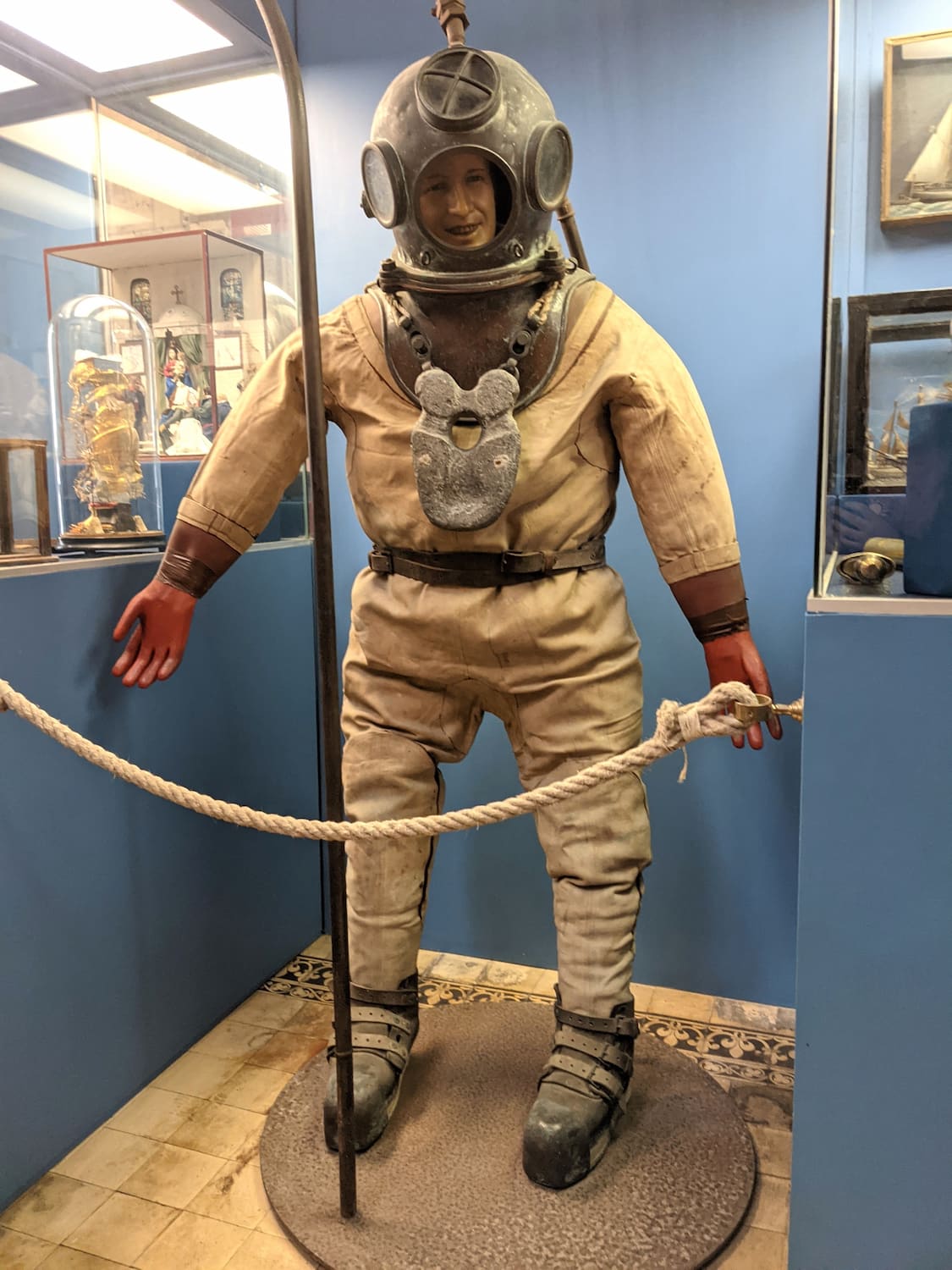
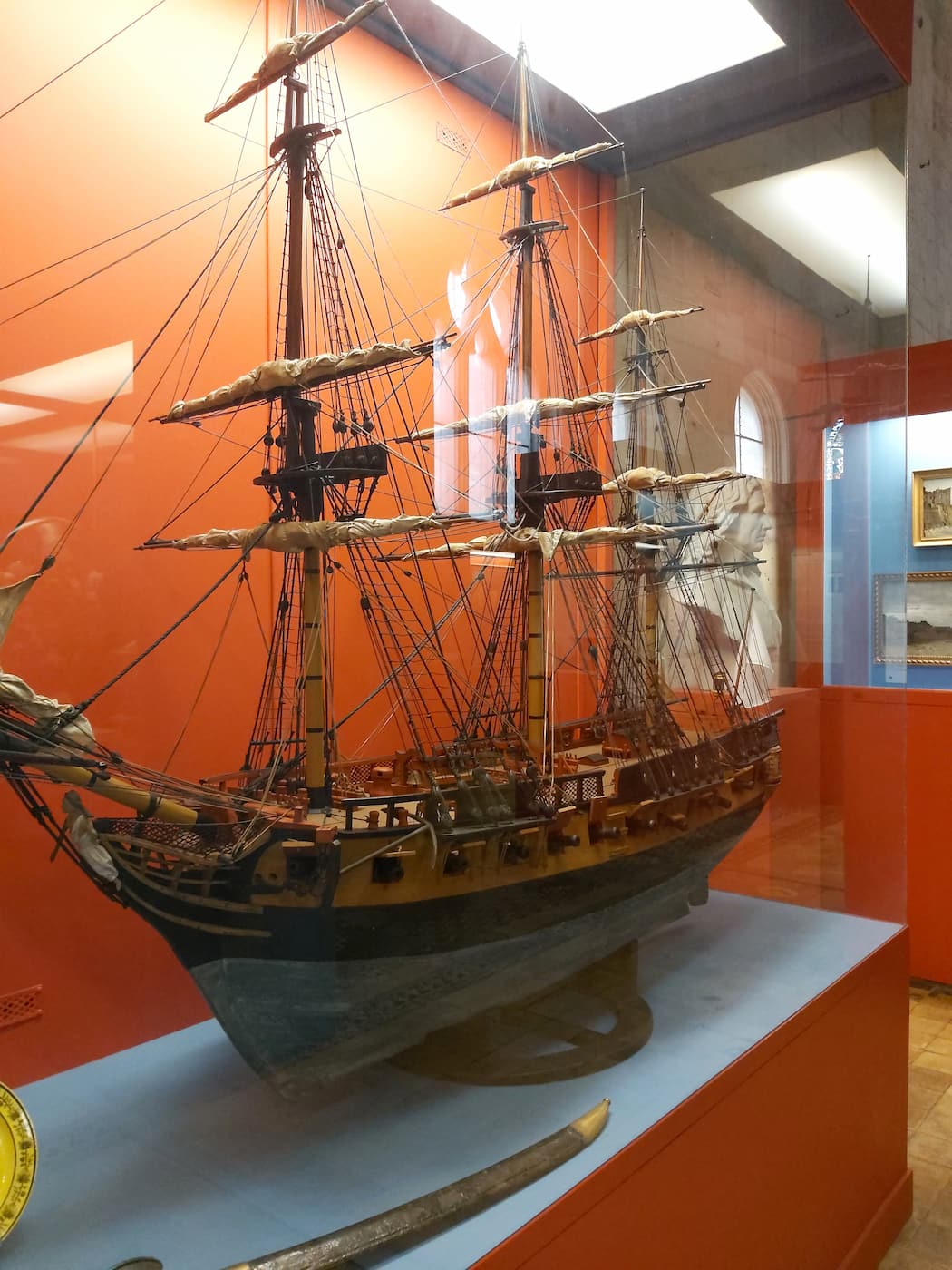


Personal experience. What struck me most was the museum’s ability to convey the dangerous reality of seafaring life. The display of items recovered from shipwrecks, alongside accounts of maritime disasters, creates a poignant reminder of the ocean’s power. The section dedicated to local fishermen who perished at sea serves as a moving memorial to Honfleur’s maritime community.
6. Pont de Normandie (Normandy Bridge)
Engineering marvel. The Pont de Normandie took my breath away with its elegant cable-stayed design spanning the Seine estuary. Connecting Honfleur to Le Havre, this magnificent bridge stretches 2,143 meters (7,030 feet) across the water. When completed in 1995, it held the record for the world’s longest cable-stayed bridge – a title it maintained for several years.
Viewing points. I discovered several excellent vantage points to appreciate this architectural wonder. The best view comes from the dedicated viewing area on the Honfleur side, accessible via a short drive or ambitious hike from town. From this elevated position, I captured stunning photographs of the bridge’s graceful silhouette against the expansive estuary backdrop.
Crossing experience. Driving across the bridge offers a thrilling perspective as you rise 52 meters (171 feet) above the water. The toll costs €5.40 ($5.90) for standard vehicles, but the panoramic views of the Seine estuary, Honfleur’s harbor, and Le Havre’s industrial skyline make it worthwhile. I timed my crossing for late afternoon when the golden light enhanced the visual experience.
Bridge facts that impressed me:
- Construction required 19,000 tons of steel
- The bridge contains enough concrete to build 5,000 houses
- Seven years were needed to complete construction
- Wind tunnel testing ensured stability in Norman coastal conditions
- The bridge eliminates a 50-minute detour around the estuary
- Specialized climbing teams conduct regular maintenance on the cables
Pedestrian access. For the adventurous, a pedestrian and cycling path runs alongside the roadway. The 7km (4.3 mile) round-trip walk from Honfleur takes about 2 hours and offers unparalleled views. I recommend bringing water and wind protection – the exposed position means weather conditions can change rapidly. The path is free to access and connects to hiking trails on both sides.
Environmental impact. What fascinated me beyond the engineering was learning about the bridge’s environmental considerations. The design minimizes disruption to the estuary ecosystem, and monitoring programs track wildlife adaptation. Information panels at the viewing area explain how the bridge’s construction actually improved water circulation in certain parts of the estuary.
⭐ Best Activities
- Honfleur's Landmarks & Gems E-Bike Tour – Cover more ground with less effort on this electric bike tour showcasing both famous landmarks and hidden gems throughout the town and surrounding areas.
7. Maisons Satie Museum
Musical journey. The Maisons Satie Museum offers one of the most unique museum experiences I’ve encountered in France. Dedicated to eccentric composer Erik Satie, who was born in these buildings in 1866, this is no ordinary museum. Instead of traditional displays, I found myself wandering through a series of fantastical rooms designed as immersive soundscapes that interpret Satie’s avant-garde musical world.
Interactive exhibits. What makes this museum special is its multisensory approach. As I moved from room to room, motion sensors triggered Satie’s compositions and lighting effects. The “Pear Room” with its giant pear-shaped furniture and the “Crystal Room” with its ethereal sounds were particularly memorable. Each space creates a dreamlike atmosphere that reflects Satie’s unconventional artistic vision.
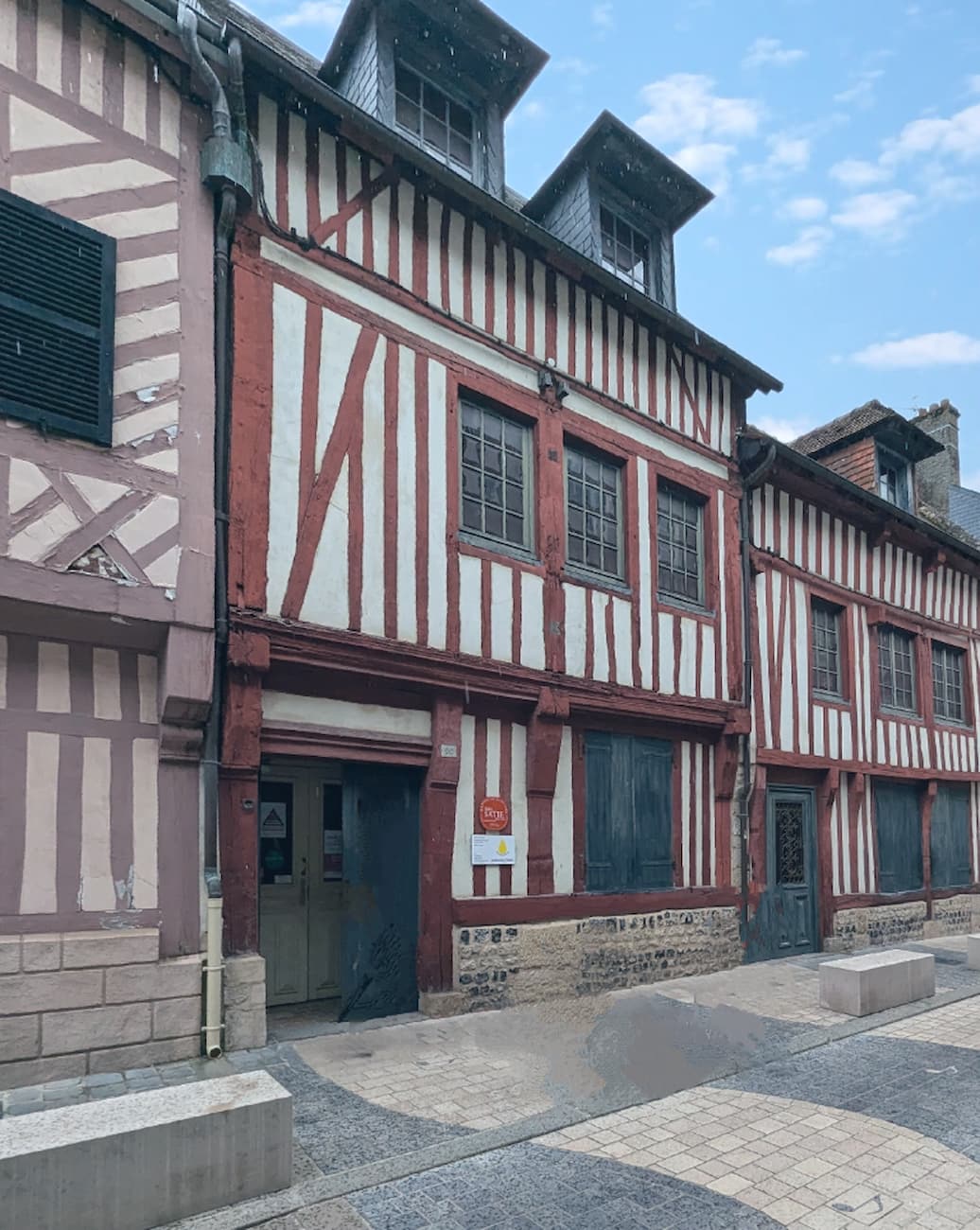
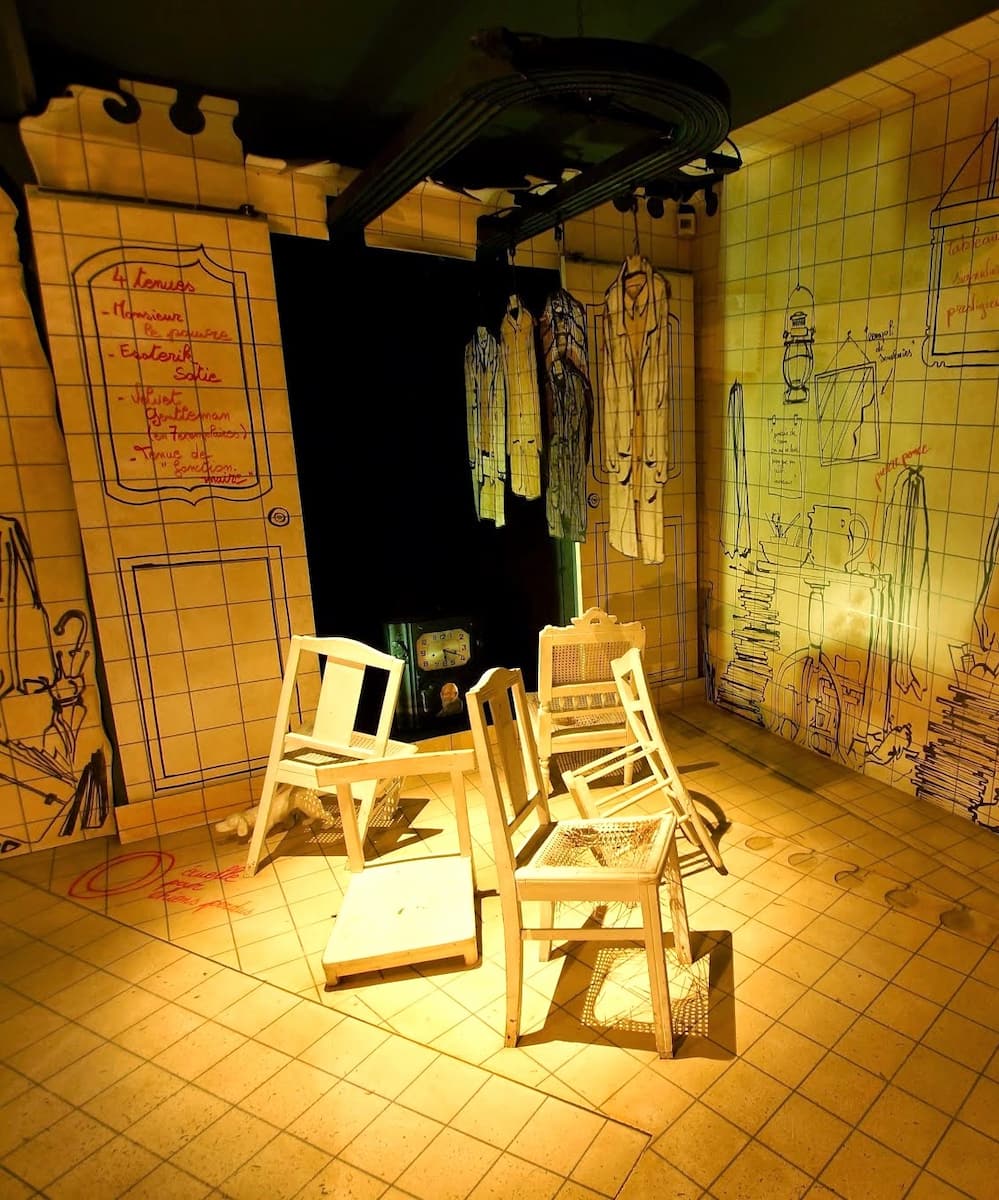
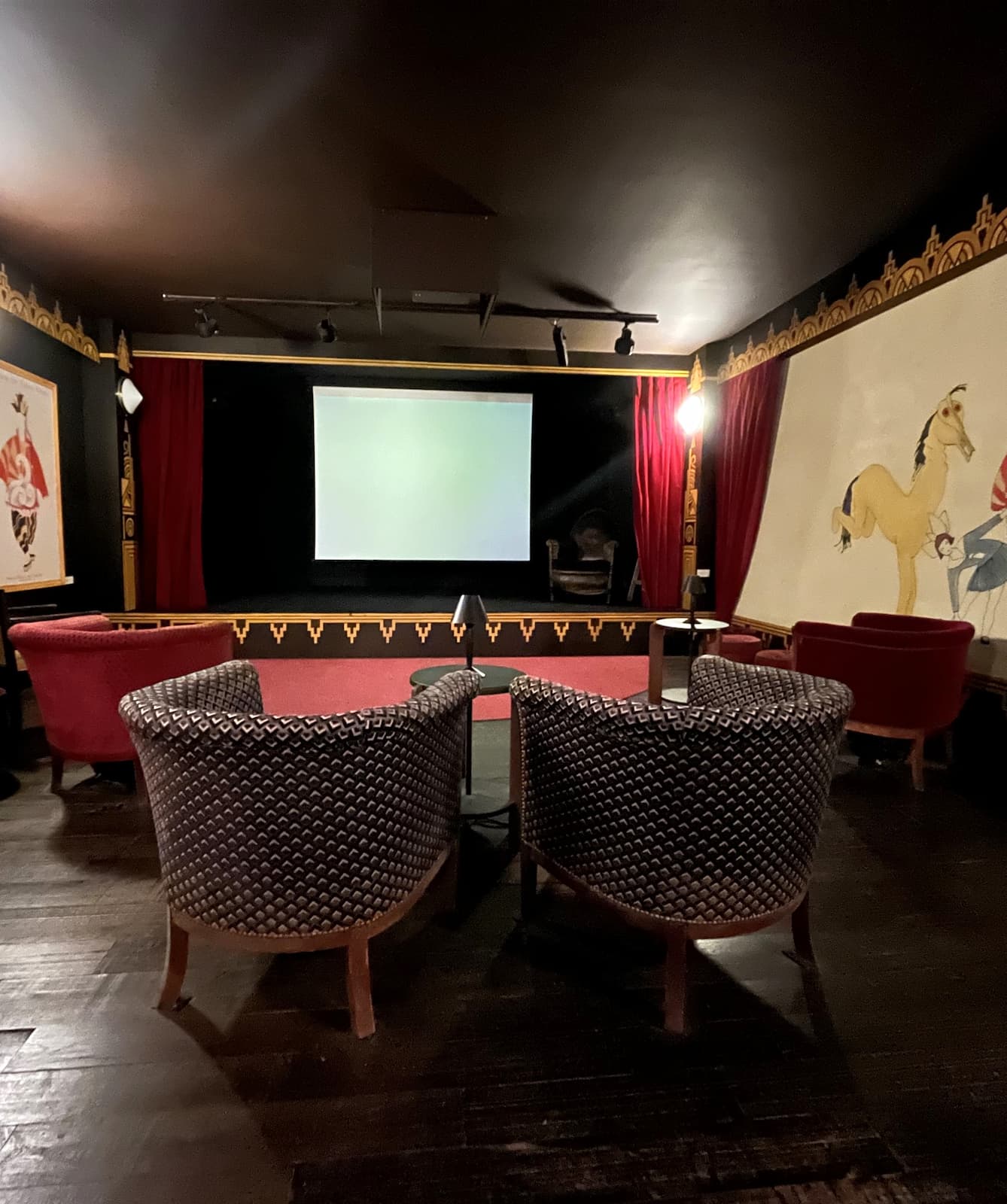
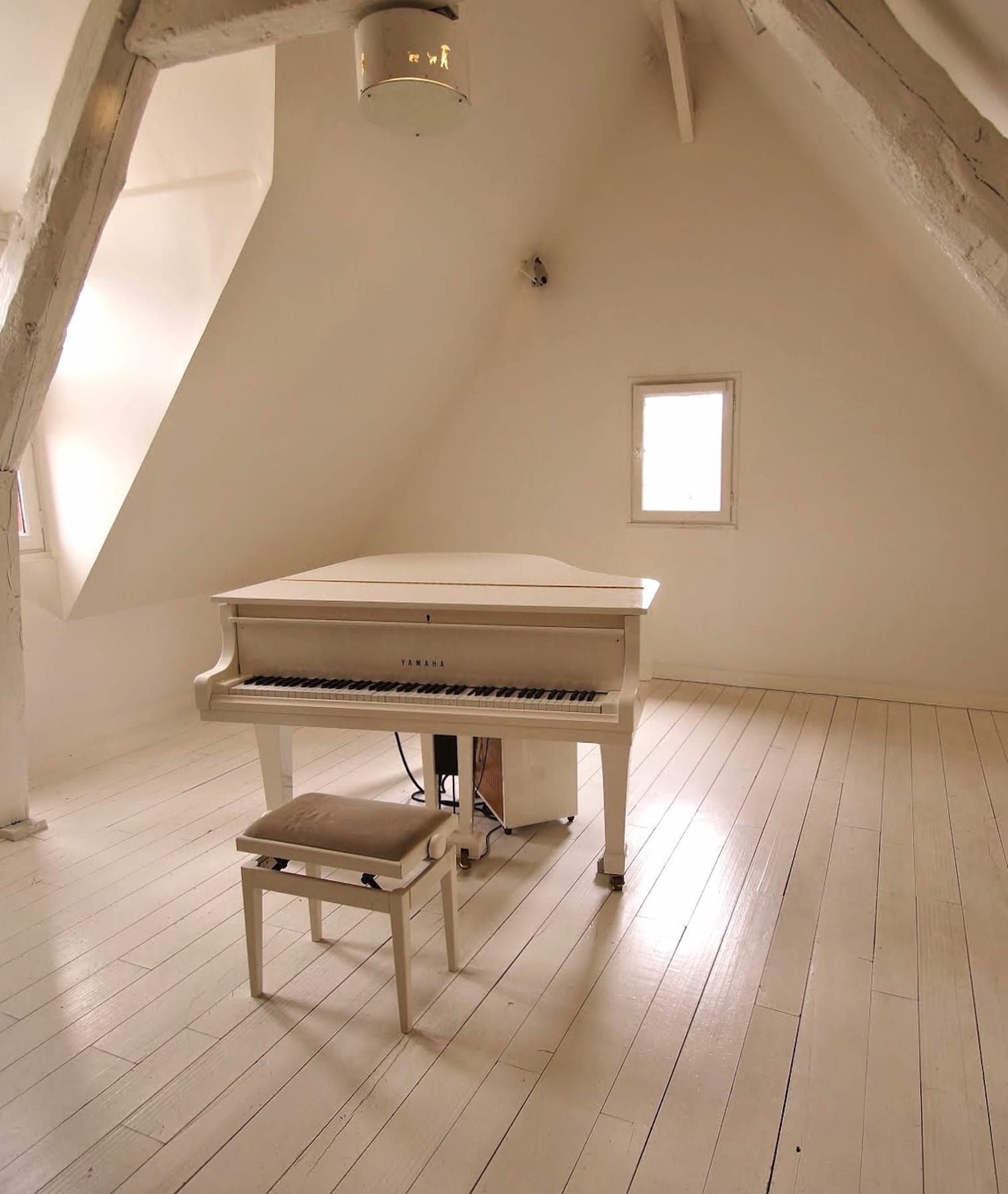
Biographical elements. Despite the creative presentation, I still learned much about Satie’s life and influence on modern music. Personal artifacts, manuscripts, and photographs provide context to his musical innovations. The museum effectively conveys how this Honfleur native influenced later composers and artistic movements like Surrealism and Dadaism.
Highlights of the Maisons Satie experience:
- The “Piano Room” with mechanical instruments that play themselves
- Umbrella installation that rains musical notes when approached
- Collection of Satie’s handwritten scores and personal letters
- Recreation of Satie’s Paris apartment with original furnishings
- Interactive music station where visitors can experiment with sounds
- The whimsical “Parade” room inspired by Satie’s ballet collaboration with Picasso
Visitor tips. This museum is particularly enjoyable for those with even a casual interest in music, though no musical knowledge is required. Children tend to love the interactive elements, making it surprisingly family-friendly despite the avant-garde subject matter. The gift shop offers unusual music-themed souvenirs including reproductions of Satie’s quirky drawings.
⭐ Best Activities
- Private Custom Tour with a Local Guide: Honfleur – Experience the town through the eyes of a local with this fully customizable private tour tailored to your specific interests and pace.
8. Le Jardin des Personnalités
Scenic parkland. Le Jardin des Personnalités (Garden of Personalities) provided a peaceful retreat from Honfleur’s tourist-filled center. Located along the Seine estuary, this landscaped park combines natural beauty with cultural heritage. I spent a delightful afternoon strolling through the manicured grounds, enjoying both the garden design and the panoramic views across the water.
Notable figures. The garden’s unique concept features sculptures of famous individuals connected to Honfleur and Normandy. As I wandered the paths, I encountered bronze busts of painter Claude Monet, composer Erik Satie, writer Alphonse Allais, and other notable figures. Each sculpture includes informational plaques detailing the person’s connection to the region, creating an open-air museum experience.
Landscape design. I appreciated how the garden combines formal French landscaping with more natural areas. Rose gardens, ornamental ponds, and carefully pruned hedges contrast with wilder sections where native plants attract butterflies and birds. The garden’s elevated position offers spectacular views of the Pont de Normandie bridge spanning the Seine estuary.
Personalities represented in the garden:
- Eugène Boudin – Honfleur’s celebrated painter
- Charles Baudelaire – Poet who visited Honfleur frequently
- Samuel de Champlain – Explorer who sailed from Honfleur to Canada
- Michel Serrault – Actor born in Honfleur
- Claude Monet – Impressionist painter inspired by Normandy landscapes
- Françoise Sagan – Writer who loved the Normandy coast
Visitor essentials. Entry to the garden is free, making it an excellent budget-friendly activity. Open year-round from sunrise to sunset, the park spans approximately 10 acres. I found the garden particularly lovely in late spring when the rose collection blooms. Benches throughout the grounds offer places to rest and contemplate the views.
Photography opportunities. For photography enthusiasts, the garden offers exceptional compositions combining sculpture, landscaping, and the dramatic backdrop of the Seine estuary. I captured some of my favorite Honfleur photos here, particularly from the western edge where the Pont de Normandie creates a striking horizon line. The changing light throughout the day creates different moods worth exploring.
⭐ Best Activities
- Self-Guided Private Tour: Honfleur with Interactive City Game – Explore at your own pace with this interactive game that transforms sightseeing into an engaging adventure through puzzles and challenges.
9. Port of Honfleur
Modern marina. Beyond the famous Vieux Bassin lies the larger, more modern Port of Honfleur where I discovered a different side of the town’s maritime character. This working harbor accommodates larger vessels and provides services for serious sailors. Walking along the extended quays gave me insight into contemporary maritime activities that continue Honfleur’s seafaring tradition.
Fishing industry. I timed my visit to coincide with the return of fishing boats in the early afternoon. Watching the day’s catch being unloaded and prepared for market offered a genuine glimpse into local life beyond the tourist experience. Small-scale commercial fishing remains economically important to Honfleur, though on a much reduced scale compared to historical times.
Boat tours. From the modern port area, several operators offer estuary cruises lasting 45-90 minutes. I chose a 75-minute tour (€15/$16.50) that provided excellent views of the Pont de Normandie from water level and ventured into the Seine estuary. The captain provided informative commentary about the area’s maritime history and pointed out wildlife including several species of coastal birds.
Port activities worth experiencing:
- Morning fish market where restaurants source fresh seafood
- Sailing school offering short introductory lessons (€50/$55)
- Boat maintenance workshops where traditional skills are practiced
- Harbor pilot operations coordinating larger vessel movements
- Yacht charters for half-day sailing experiences (€120/$132)
- Fishing excursions with local guides (€65/$71 for 4 hours)
Nautical facilities. The port provides comprehensive services for visiting boaters, including fuel, water, electricity hookups, and waste disposal. Even as a non-sailor, I found it interesting to observe the variety of vessels moored here – from humble fishing boats to impressive yachts. The harbormaster’s office displays tide tables and weather forecasts that reveal the practical considerations of maritime life.
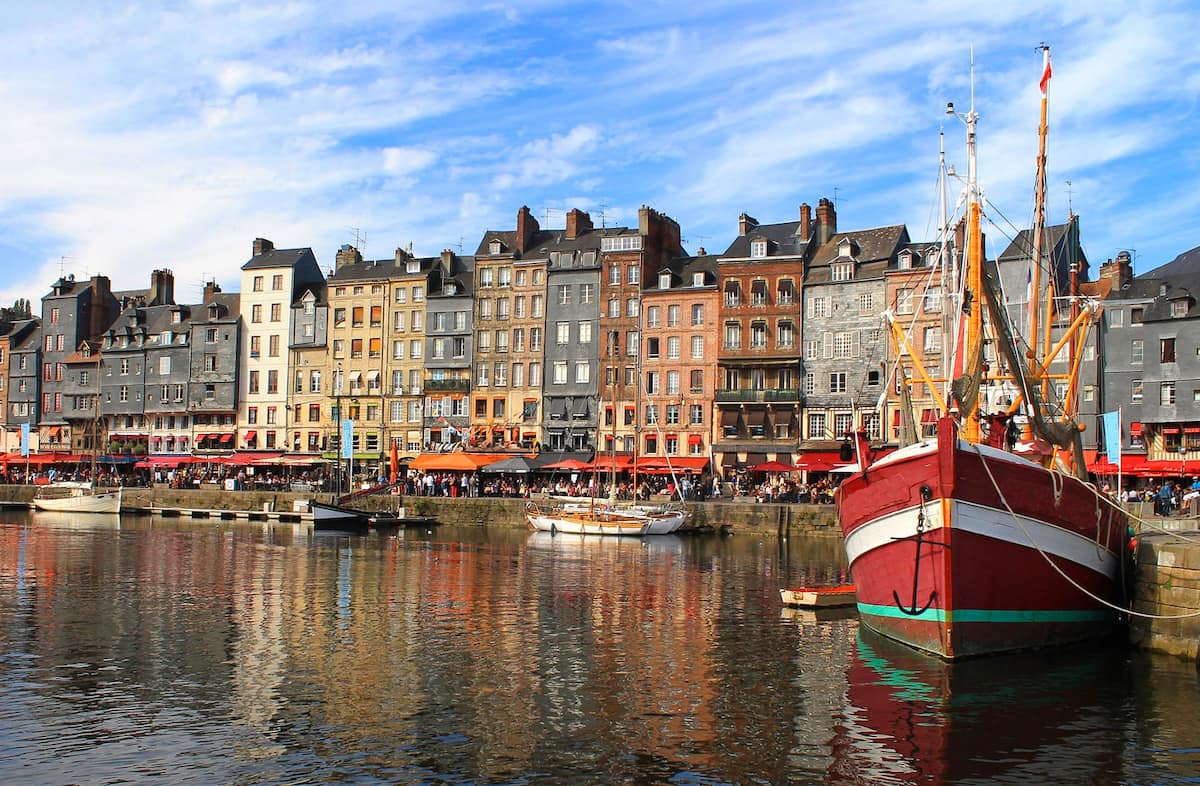
Dining options. Several less touristy restaurants line the modern port area, offering excellent seafood at more reasonable prices than the Vieux Bassin establishments. I enjoyed a superb plate of fresh oysters for €12 ($13.20) at La Bisquine, where the clientele was predominantly local. These restaurants often serve the day’s catch directly from the adjacent fishing boats.
⭐ Best Activities
- Honfleur Private Guided Walking Tour – Enjoy personalized attention on this private walking tour that can be customized to focus on history, architecture, or local culture based on your preferences.
10. Plage du Butin
Local beach. Plage du Butin surprised me as a hidden gem just a 15-minute walk from Honfleur’s center. This small pebble and sand beach offers a refreshing escape from sightseeing, especially during summer months. While not as spectacular as some Normandy beaches, its proximity to town makes it a convenient spot for a quick swim or relaxing afternoon.
Coastal views. What the beach lacks in size, it makes up for with impressive views. Looking across the Seine estuary, I could see Le Havre’s distinctive skyline and watch massive container ships navigating the channel. The Pont de Normandie creates a dramatic backdrop to the north. I found sunset particularly magical as the bridge’s silhouette darkened against the colorful sky.
Swimming conditions. I braved a quick dip despite the typically chilly Norman waters (around 17°C/63°F in summer). The beach has a gentle slope making it relatively safe for swimming, though be aware of tidal variations that significantly change the shoreline. Lifeguards patrol during July and August from 11:00 AM to 7:00 PM, when a blue flag indicates safe swimming conditions.
Beach facilities and activities:
- Free public showers and changing cabins
- Seasonal snack bar selling ice cream and drinks (€2-5/$2.20-5.50)
- Beach volleyball court available without reservation
- Paddleboard rentals (€15/$16.50 per hour)
- Picnic areas with tables and waste bins
- Coastal path connecting to longer hiking routes
Tidal awareness. My first visit coincided with low tide, revealing a much larger beach area with interesting tidal pools to explore. Returning at high tide, I found the beach significantly smaller with waves reaching the seawall. I recommend checking tide tables (posted at the beach entrance) to plan your visit – low tide offers more space for activities while high tide is better for swimming.
Local atmosphere. What I appreciated most was the authentic local feel. Unlike Deauville’s famous beaches, Plage du Butin attracts primarily residents rather than tourists. Families gather for picnics, elderly couples stroll the shoreline, and teenagers socialize by the volleyball court. This provided a welcome glimpse into everyday Norman coastal life away from the tourist crowds of central Honfleur.
Things to Do in Honfleur with Kids
1. Carousel in Honfleur
Historic charm. The vintage carousel in Honfleur is a beautiful attraction located right at the corner of the old port (Vieux Bassin), opposite the Lieutenance building. Dating back to around 1900, this traditional wooden merry-go-round has been delighting visitors for over a century. The carousel features brightly painted animals with a glossy finish and Victorian-style plant motifs decorated in rose, sky blue, mint green, and gold filigree.
Visual appeal. The carousel creates an amazing scene against the backdrop of Honfleur’s historic harbor, making it a focal point of the town center. It’s unmissable when visiting the port area and offers excellent photo opportunities with the historic port buildings in the background. The colorful, traditional design conjures up memories of a bygone era.
Family experience. Children absolutely love this charming ride, and even adults might enjoy taking a spin for nostalgic reasons. During my visit, I noticed families with young kids were particularly drawn to it, with the vintage carousel providing a delightful break from sightseeing. The ride costs around €3 ($3.30) per person.
Practical details:
- Located on Quai Sainte-Catherine across from the Lieutenance
- Typically operates seasonally, reopening in spring
- Features traditional organ music during operation
- Particularly crowded on weekends
- Makes an excellent “bribe” for children during longer sightseeing days
2. Naturospace Butterfly House
Tropical paradise. Naturospace is the largest tropical butterfly house in France, featuring an 800m² tropical forest heated to 28°C year-round. This exotic paradise commemorates explorers like Binot Paulmier de Gonneville, who left Honfleur and discovered Brazil in the 16th century. Inside, you’ll find extraordinary species of all shapes and colors flying freely around the conservatory.
Diverse experience. Naturospace also houses multicolored exotic birds that fly from tree to tree amongst lush tropical vegetation including banana trees, bougainvillea, orchids, rose bushes, and hibiscus. The butterflies and birds share this warm, humid environment, creating a truly immersive experience. You can even observe the hatching room and watch the metamorphosis of butterflies from chrysalis to adult.
Educational value. Children are typically fascinated by the opportunity to see over 1,000 butterflies up close, sometimes even landing on their shoulders. The small feeding trays resembling flowers are filled with nectar, attracting the insects for closer observation. The paths through the garden are cleverly designed to make the space feel larger than it actually is.
Visitor information:
- Admission: Adults/teens €10.80, Children (3-11) €8.10, Family package (5 people) €40.50
- Price variations in July/August: -€1 (12-1pm), +€1 (2-5pm), -€1 (after 5:30pm)
- Located near a free parking area
- Tour lasts approximately one hour
- Can get very hot inside (it’s a greenhouse), so prepare accordingly
3. Playgrounds near the Harbor
Jardin Retrouvé. Also known as the Public Garden, this 8-acre park is located near the harbor and features a nice playground that’s perfect for children who need to burn off some energy. The park is celebrated for its forest and tree rows, making it a pleasant green space within walking distance of the main tourist areas.
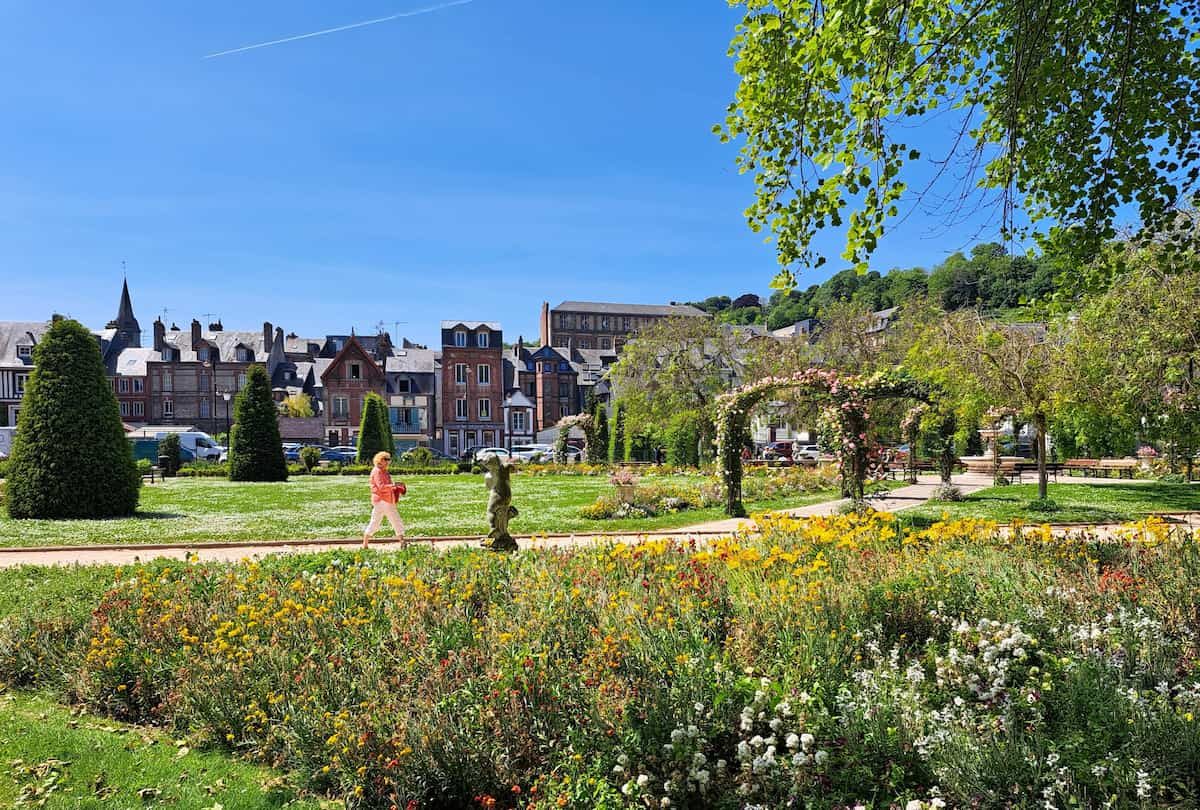
Safe environment. These playgrounds provide a welcome break for families, allowing children to play freely in a secure environment. After exploring the historic harbor and narrow streets, kids appreciate having dedicated spaces where they can run, climb, and engage in physical activities.
Garden atmosphere. The Jardin Retrouvé (meaning “Rediscovered Garden”) offers more than just play equipment – it provides a peaceful setting with trees and plants where families can relax. Parents can enjoy the landscaped surroundings while keeping an eye on their children.
Additional options:
- BestJump park (indoor trampoline center) for rainy days
- Mini-golf course for family-friendly competition
- Playgrounds at Plage du Butin (Butin Beach) with natural pools at low tide
- Carousel near the harbor for traditional amusement
4. Family-Friendly Walking Trails
Sentier à Fl’Eure d’Eau. This 2.5km loop trail is perfect for families with children, even little ones. The path takes you along the Seine without any difficulty and features educational panels about the local fauna and flora. You can bring magnifying glasses, binoculars, and treasure boxes to make the experience more interactive. There’s even an esplanade with picnic tables at the starting/ending point.
Jardin des Personnalités. This large 19.6-acre garden offers a green interlude in the heart of Honfleur. Families can discover busts of personalities linked to the city, such as Monet and Erik Satie. Children can run freely through the aisles while playing at recognizing famous faces. The layout is reminiscent of a labyrinth, providing entertainment for toddlers during this bucolic break.
Bois du Breuil circuit. Located in Pennedepie, just 10 minutes from Honfleur, this 5km loop takes about an hour to complete and is suitable for beginners. The trail winds through copper oaks and two-hundred-year-old beech trees, offering a true nature experience not far from town. It’s an excellent option for families who want to experience the Norman countryside.
Trail accessibility:
- Sentier à Fl’Eure d’Eau: Accessible with all-terrain strollers, but baby carriers are recommended
- Jardin des Personnalités: Some areas have restricted access for strollers; bicycles allowed for children up to 8 years old
- Plage du Butin area: Features family-friendly walking paths with views of the lighthouse
- Bois du Breuil: Beginner-friendly trail suitable for families with older children
Free Things to Do in Honfleur
1. Mont-Joli Hilltop Views
Panoramic vistas. Mont-Joli offers one of the most breathtaking viewpoints in all of Normandy. Located on the heights of Honfleur, this elevated position provides a spectacular panoramic vista where I could see the entire region spread out before me. The view encompasses the majestic Pont de Normandie bridge, the sweeping Seine estuary, and the charming town of Honfleur itself – all in one magnificent glance.
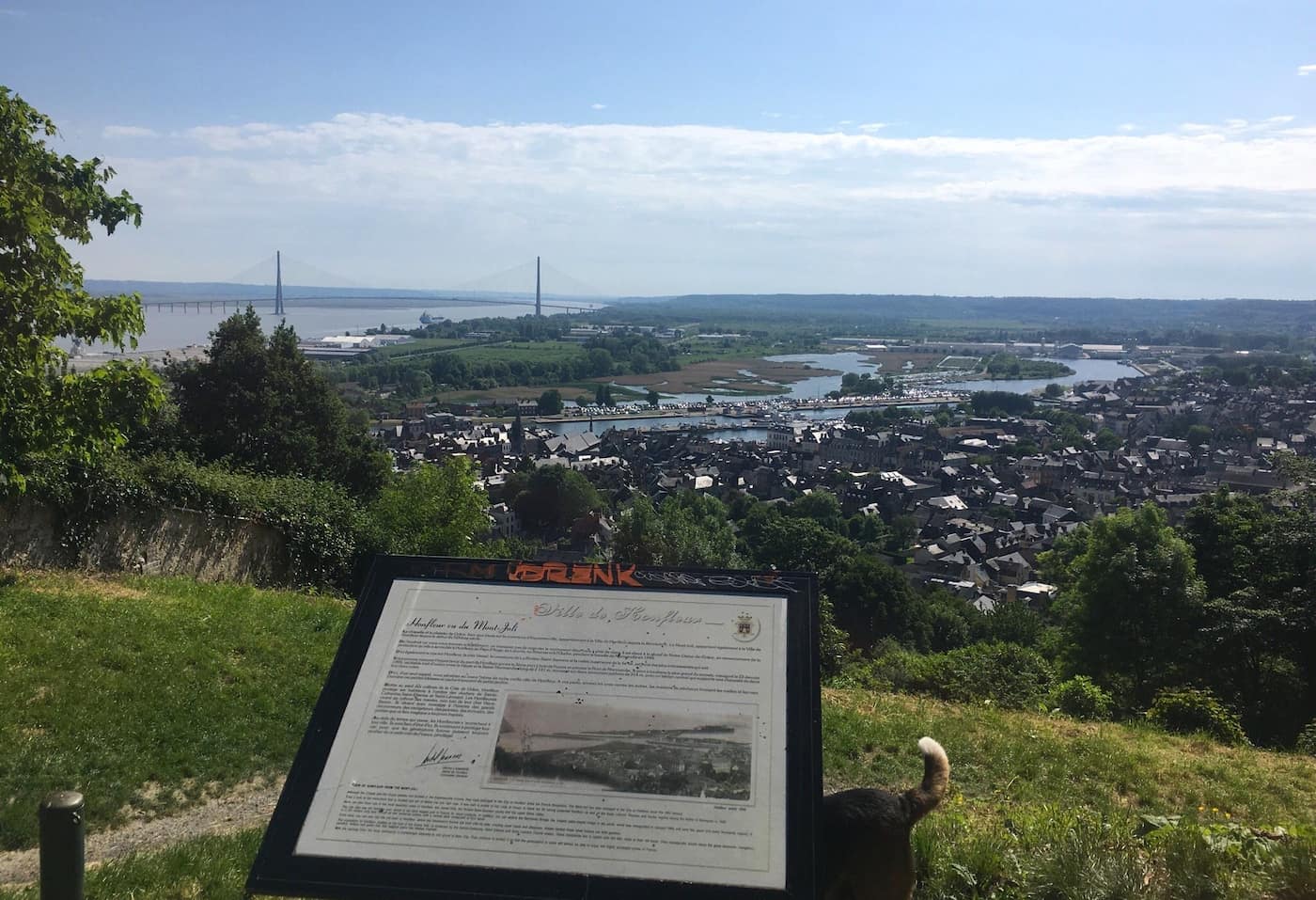
Hiking experience. Reaching Mont-Joli requires a bit of effort as the climb is quite steep, but the reward is absolutely worth it. I found the walk to be invigorating, though moderately challenging. While you can drive up to the plateau and visit the nearby chapel by car, parking can be difficult during high season, and the tranquility of the place is better preserved by approaching on foot.
Photography paradise. I discovered Mont-Joli to be an absolute dream location. The elevated position provides the perfect vantage point for capturing stunning landscape shots. I particularly enjoyed photographing the contrast between the natural beauty of the estuary and the architectural marvel of the Normandy Bridge. The changing light throughout the day creates different moods and atmospheres in your photos[.
Best times to visit:
- Early morning for soft light and fewer visitors
- Late afternoon for golden light on the town
- Clear days after rainfall for maximum visibility
- Spring for lush greenery in the foreground
- Autumn for dramatic skies and atmospheric conditions
Local tip. While most tourists flock to the Vieux Bassin, Mont-Joli remains somewhat of a hidden gem despite being mentioned in guidebooks. I recommend bringing a small picnic to enjoy while taking in the views. The peaceful atmosphere makes it an ideal spot for reflection or meditation. The walk takes approximately 30-40 minutes from the town center, so wear comfortable shoes and bring water, especially during summer months.
2. Chapelle Notre-Dame-de-Grâce
Maritime heritage. The Chapel of Notre-Dame-de-Grâce sits majestically atop the Plateau de Grâce, overlooking the Seine estuary. This charming church has deep connections to Honfleur’s maritime history. What fascinated me most was learning about its founding – Duke Richard II of Normandy established the original chapel in 1023 (exactly 1,000 years ago) after nearly perishing in a violent storm at sea. His vow to build a sanctuary if he survived has resulted in a millennium of maritime devotion.
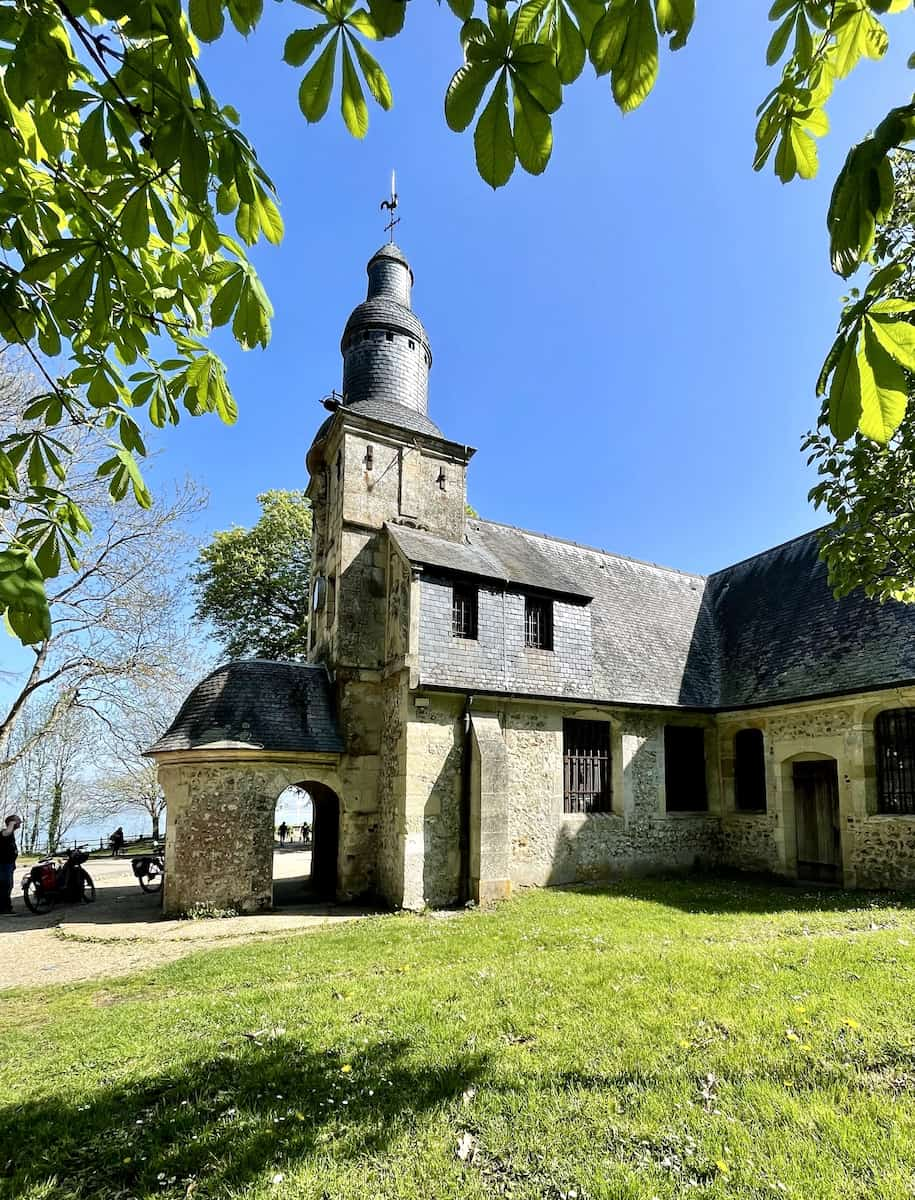
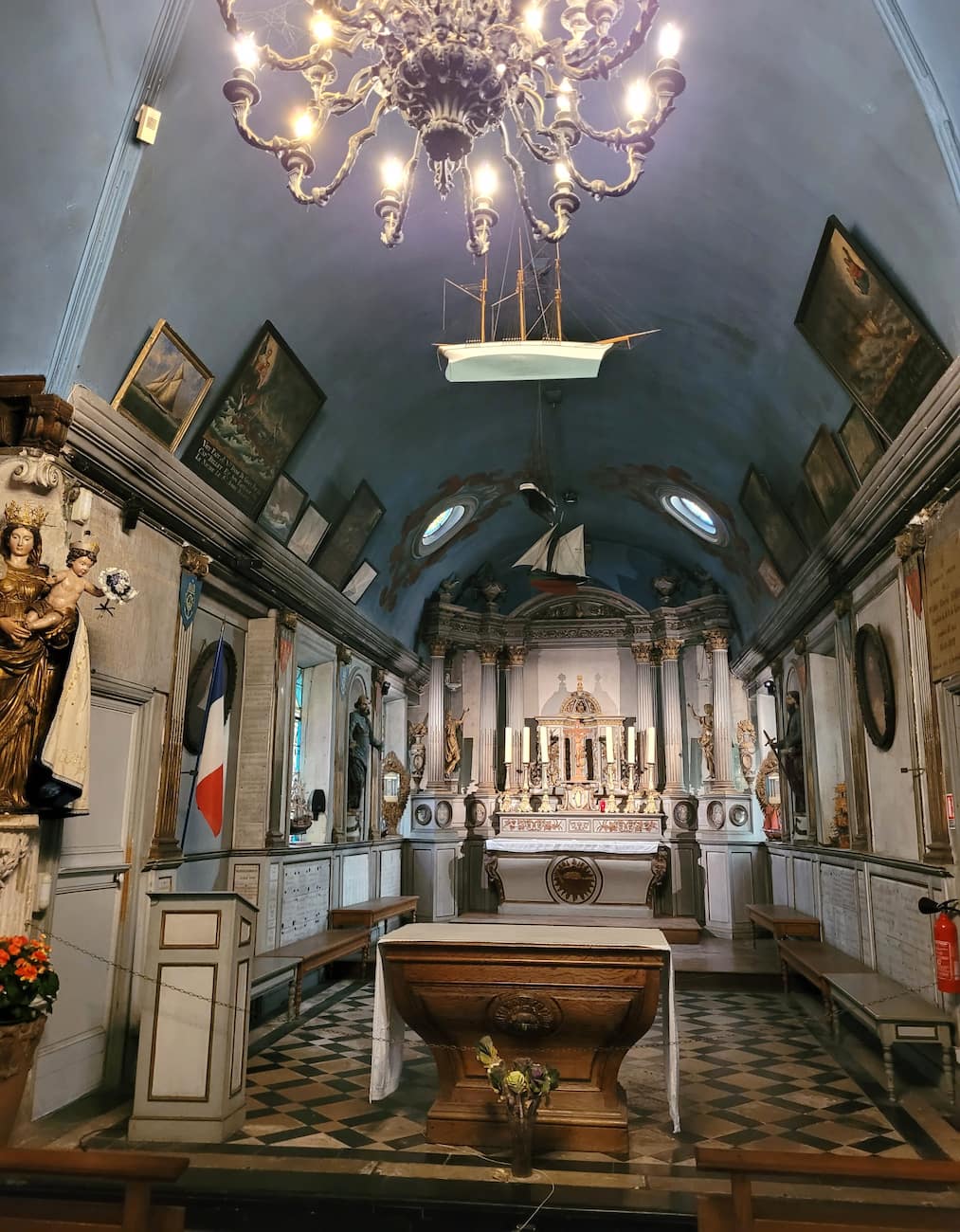
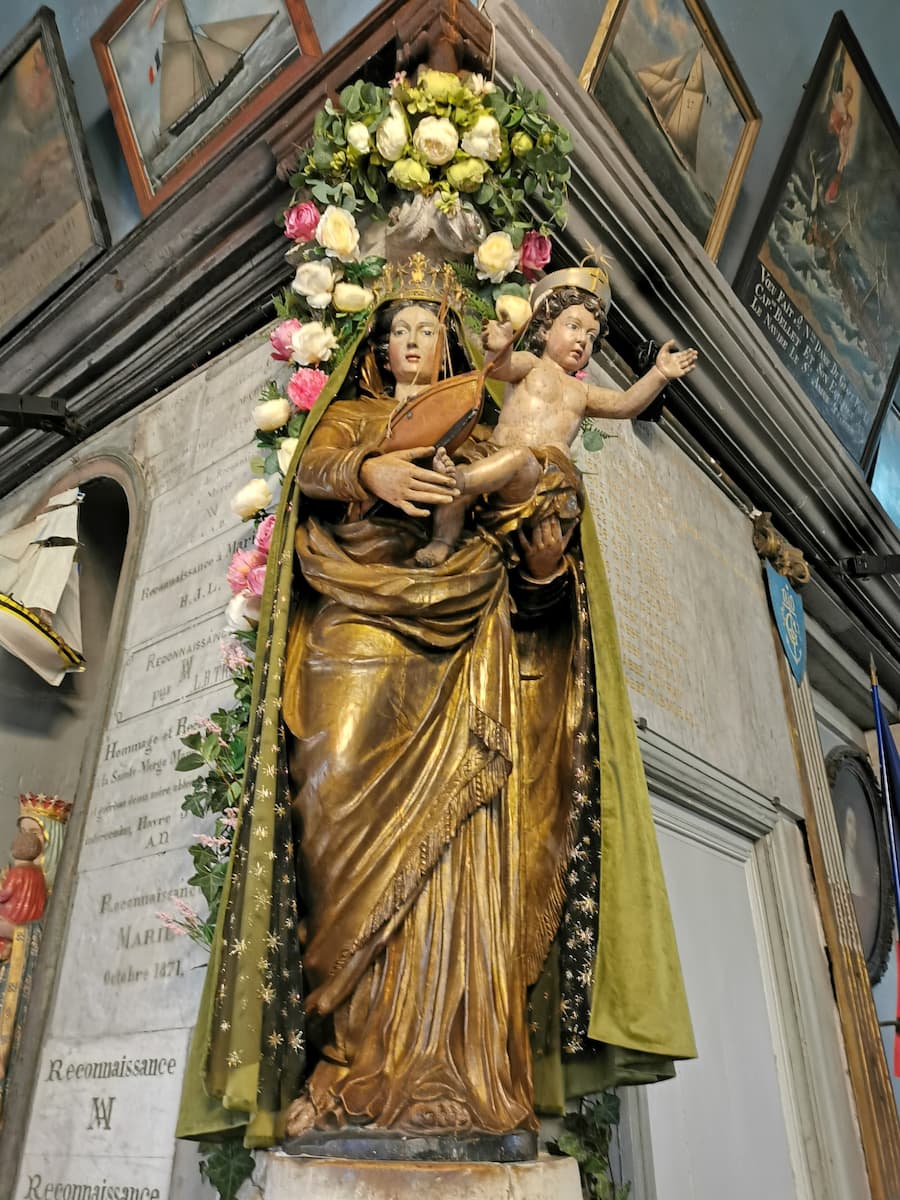
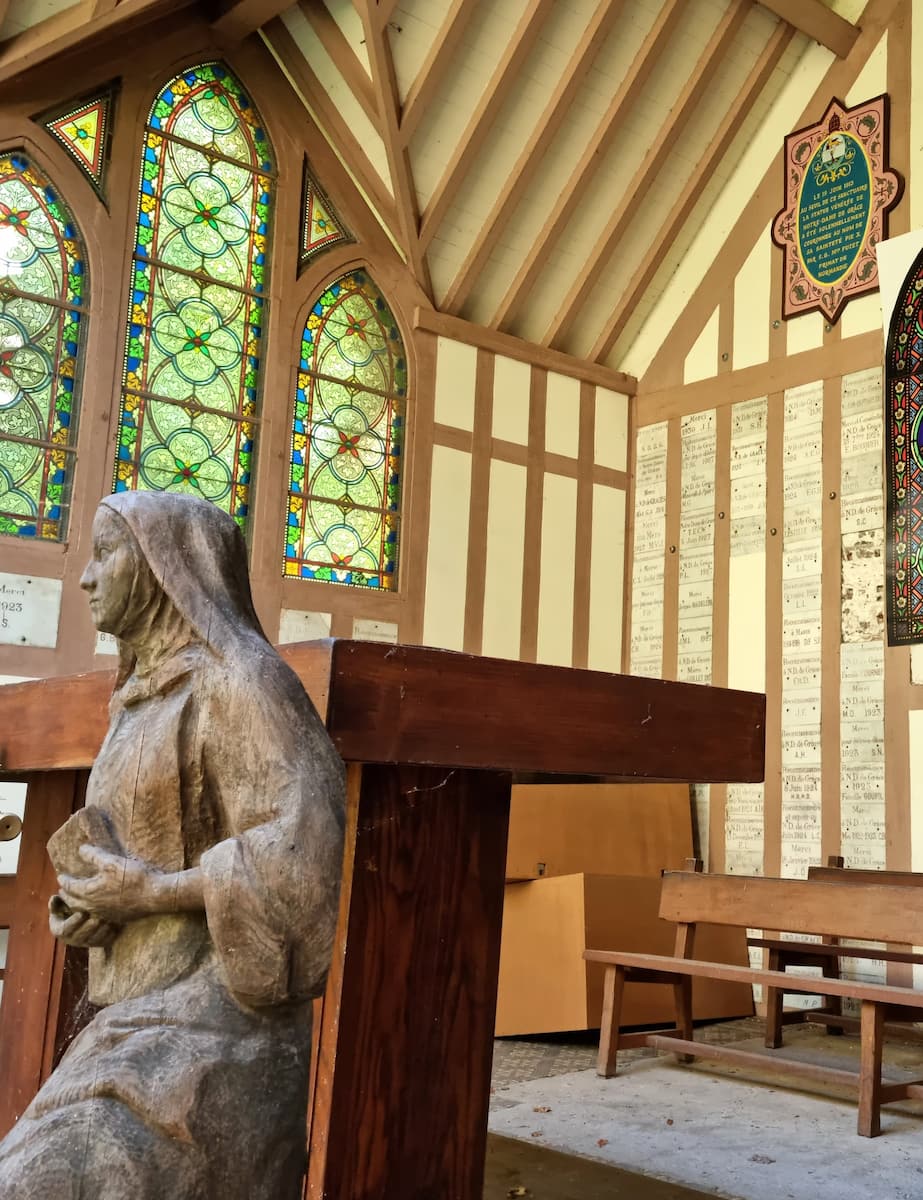
Nautical decor. Stepping inside the chapel, I was immediately struck by its distinctly maritime character. Model ships hang from the ceiling, gently spinning in the still air. The stained glass windows depict various nautical scenes from the Bible, while an intricately carved 18th-century wooden Madonna holds both baby Jesus and a single-masted schooner. The paintings inside are as likely to show religious figures as they are stately vessels or tumultuous sea voyages.
Miraculous history. The chapel’s history includes a remarkable event in 1538 when a cliff collapse destroyed the original building, yet miraculously left the Virgin Mary’s altar standing intact. This miracle drew even more pilgrims to the site. The current chapel, completed in 1613, was built with eight oak trees donated by the landowner Mademoiselle de Montpensier. The beautiful structure was classified as a historical monument in 1938.
Festival highlights:
- Annual Fêtes des Marins (Festival of Sailors) held every Pentecost weekend since 1861
- Local children dress in traditional marinière garb
- Procession from town hall up to the chapel
- Children carry handmade model ships
- Outdoor mass held on the church esplanade
- Celebration of Honfleur’s maritime traditions
Wartime protection. Perhaps the most remarkable aspect of Notre-Dame-de-Grâce’s story is what locals consider her greatest miracle. In June 1944, while much of Normandy was devastated by bombing, Honfleur remained entirely preserved from destruction. Many attribute this protection to Notre-Dame-de-Grâce watching over the town and its people – a belief that continues to draw faithful visitors today.
3. Rue des Petites Boucheries
Medieval atmosphere. Walking down Rue des Petites Boucheries transported me instantly back in time. This narrow, cobblestone street, whose name translates to “Street of the Little Butcheries,” still exudes the authentic atmosphere of a medieval trade center. The street begins where Rue de la Prison ends, near the Vieux Bassin and the Maritime Museum, and leads toward the old salt warehouses that now host exhibitions.
Architectural treasures. What captivated me most were the beautiful half-timbered houses lining both sides of the street. These structures showcase the typical Norman style with their wooden frames filled with various materials and often adorned with colorful flower boxes. The buildings lean slightly toward each other, creating a sense of intimacy and enclosure that enhances the historical ambiance.
Historical significance. This picturesque street sits in the heart of what was once the fortified “Quartier de l’Enclos” (Enclosure District), which remained walled until the 17th century. As I explored, I discovered the Cour de Roncheville, which now houses numerous art galleries. The street’s name reflects its past as the center for butchers’ shops in medieval Honfleur, giving visitors a glimpse into the town’s commercial history.
Notable features:
- Original cobblestone paving
- Half-timbered houses with distinctive Norman architecture
- Narrow passage barely wide enough for a single car
- Layers of building materials showing historical development
- Connection to Honfleur’s old port area
- Proximity to the historic salt warehouses
Photography opportunities. For photography enthusiasts like myself, Rue des Petites Boucheries offers endless possibilities. The narrow street creates interesting light and shadow patterns throughout the day. I found early morning or late afternoon provided the most atmospheric lighting conditions, with sunlight filtering between buildings and illuminating the colorful facades. The street’s authentic medieval character makes it feel like you’ve stepped into a painting – appropriate given Honfleur’s artistic heritage.
4. Street Art near Greniers à Sel
Cultural transformation. The area surrounding the historic Greniers à Sel (Salt Granaries) has evolved into a vibrant artistic hub where I discovered an eclectic mix of street art. These massive stone warehouses, built in 1670 to store up to 10,000 tonnes of salt, now serve as cultural venues hosting exhibitions, concerts, and art installations. The contrast between the centuries-old architecture and contemporary artistic expressions creates a fascinating juxtaposition.
Artistic diversity. Walking around the exterior of the granaries and the adjacent streets, I encountered various forms of street art ranging from subtle stencil work to more elaborate murals. Many pieces incorporate maritime themes, paying homage to Honfleur’s seafaring heritage. Local artists often draw inspiration from the town’s artistic legacy – after all, this is the birthplace of the École de Honfleur that influenced impressionist painters like Monet.
Notable installations:
- Sculptural works incorporating maritime elements
- Murals depicting Honfleur’s historical scenes
- Contemporary interpretations of traditional Norman motifs
- Interactive installations that engage with the architectural space
- Temporary exhibitions that change seasonally
Artistic significance. What makes the street art near Greniers à Sel particularly special is how it connects to Honfleur’s rich artistic tradition. The town has inspired countless artists throughout history, from Eugène Boudin to Monet. Today’s street artists continue this legacy while adding their contemporary perspective. The area around the granaries has become part of Honfleur’s “Quartier des Arts” (Arts Quarter), filled with galleries, studios, and creative spaces.
Seasonal Activities
Christmas in Honfleur
Festive atmosphere. As Christmas approaches, Honfleur’s cobbled streets come alive with twinkling lights and festive decorations. The half-timbered houses, art galleries, and boutiques are adorned with sparkling ornaments, creating a warm and enchanting atmosphere that transforms the medieval town into a winter wonderland. The “Un Noël à Honfleur” events run in the second half of December, featuring special shows for both children and adults.
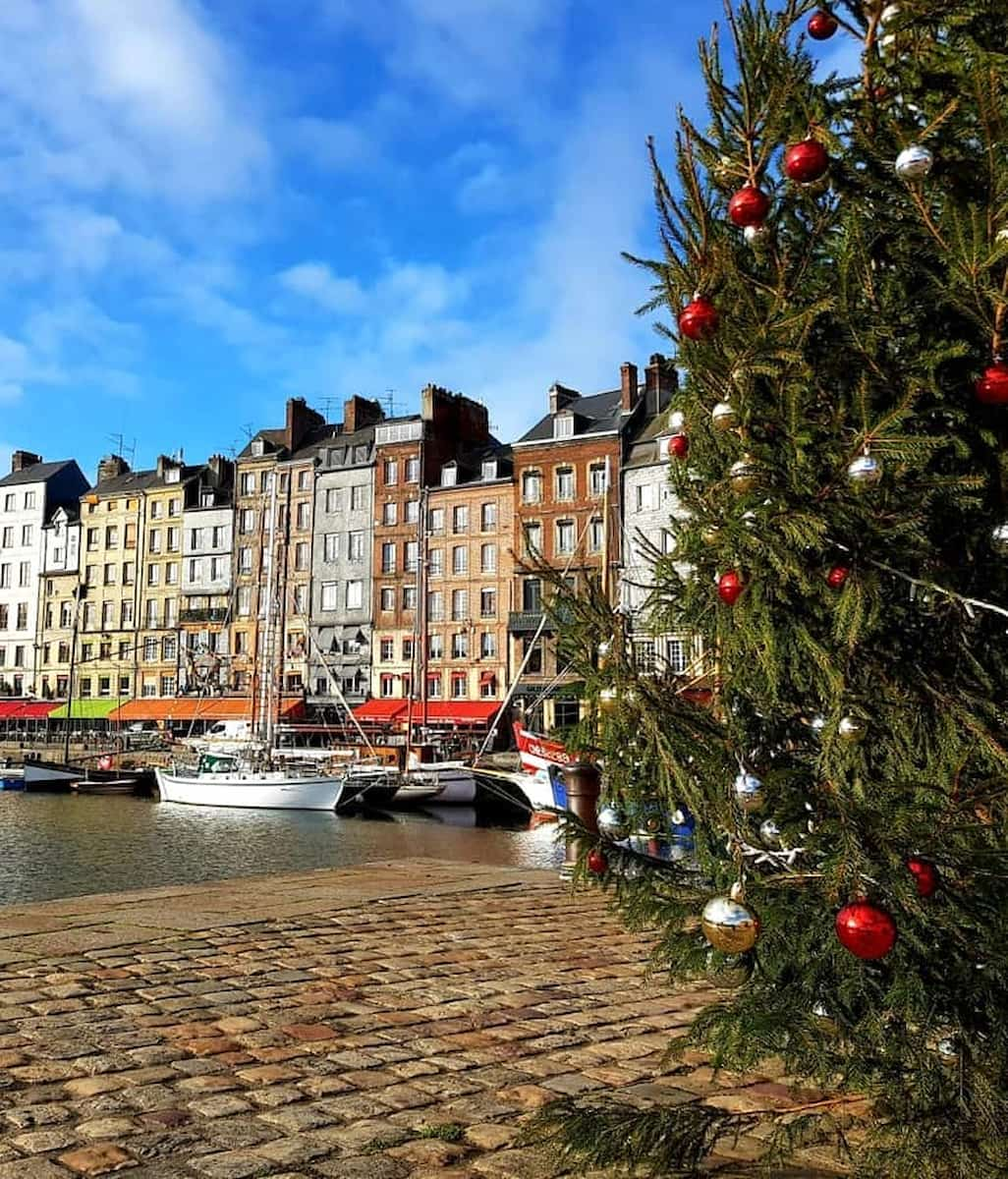
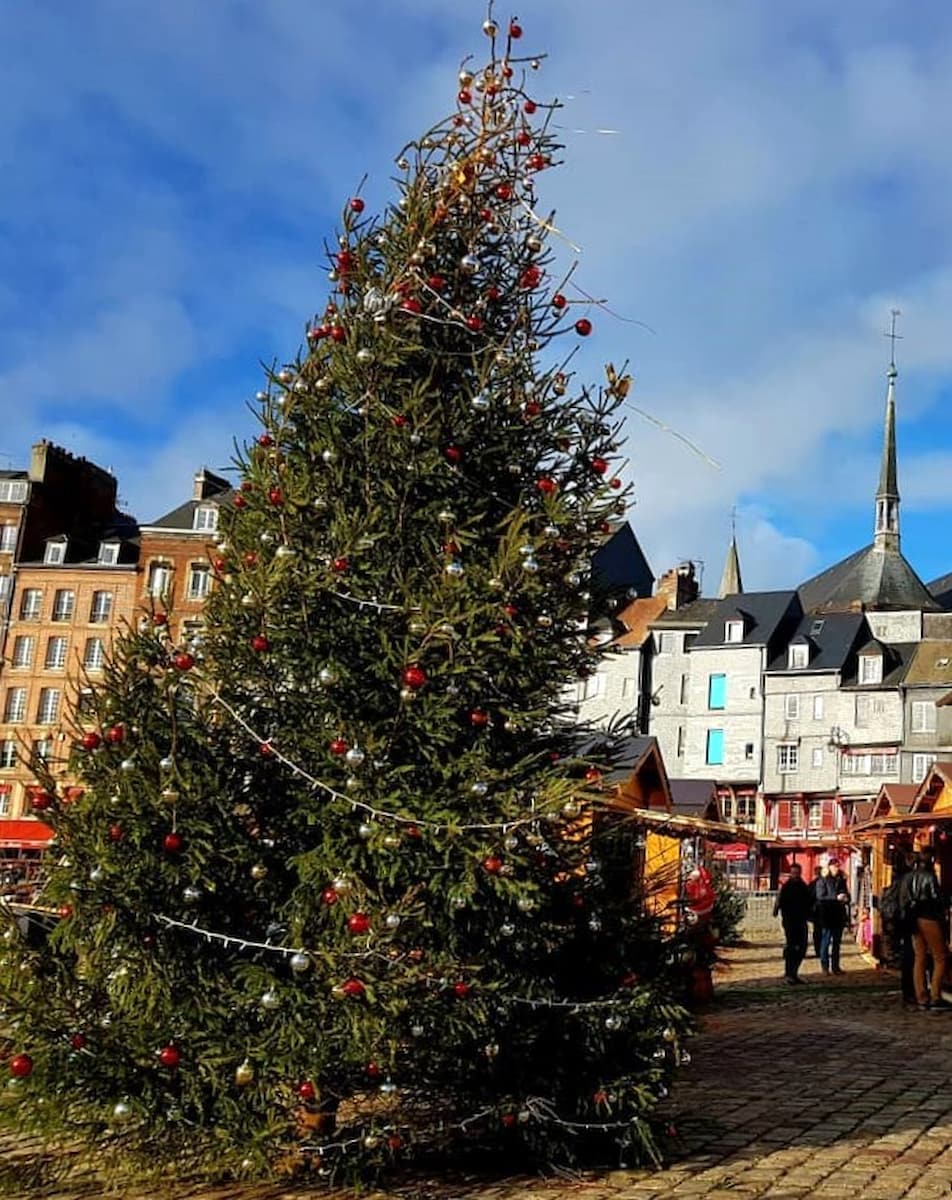
Christmas market highlights:
- Handcrafted ornaments and decorations
- Local Norman specialties (cheese, cider, calvados)
- Artisanal crafts and gifts
- Festive food stalls (roasted chestnuts, gingerbread)
- Children’s activities and Santa’s grotto
Vieux Bassin celebrations. The historic harbor area becomes particularly magical during the Christmas season. The reflections of colorful lights dancing on the water create picture-perfect scenes that would make even the Impressionist painters who once frequented this town reach for their brushes. Santa Claus makes appearances, and a little holiday train sometimes circulates through the town, adding to the festive spirit.
Seasonal treats to try:
- Vin chaud (mulled wine)
- Fresh crêpes with Normandy butter
- Teurgoule (Norman rice pudding)
- Tripes à la mode de Caen (for the adventurous)
- Local oysters (a Christmas tradition)
Summer Festivals and Events
La Nuit des Artistes. This spectacular annual event takes place on the first Saturday of August. During this magical night, art takes over the entire port city. Every square, garden, and corner hosts installations, performances, and exhibits. You might encounter a flamenco ballet, a piano floating on water, a monumental fresco being created, or countless artworks displayed throughout town. It’s a truly immersive artistic experience that shouldn’t be missed.
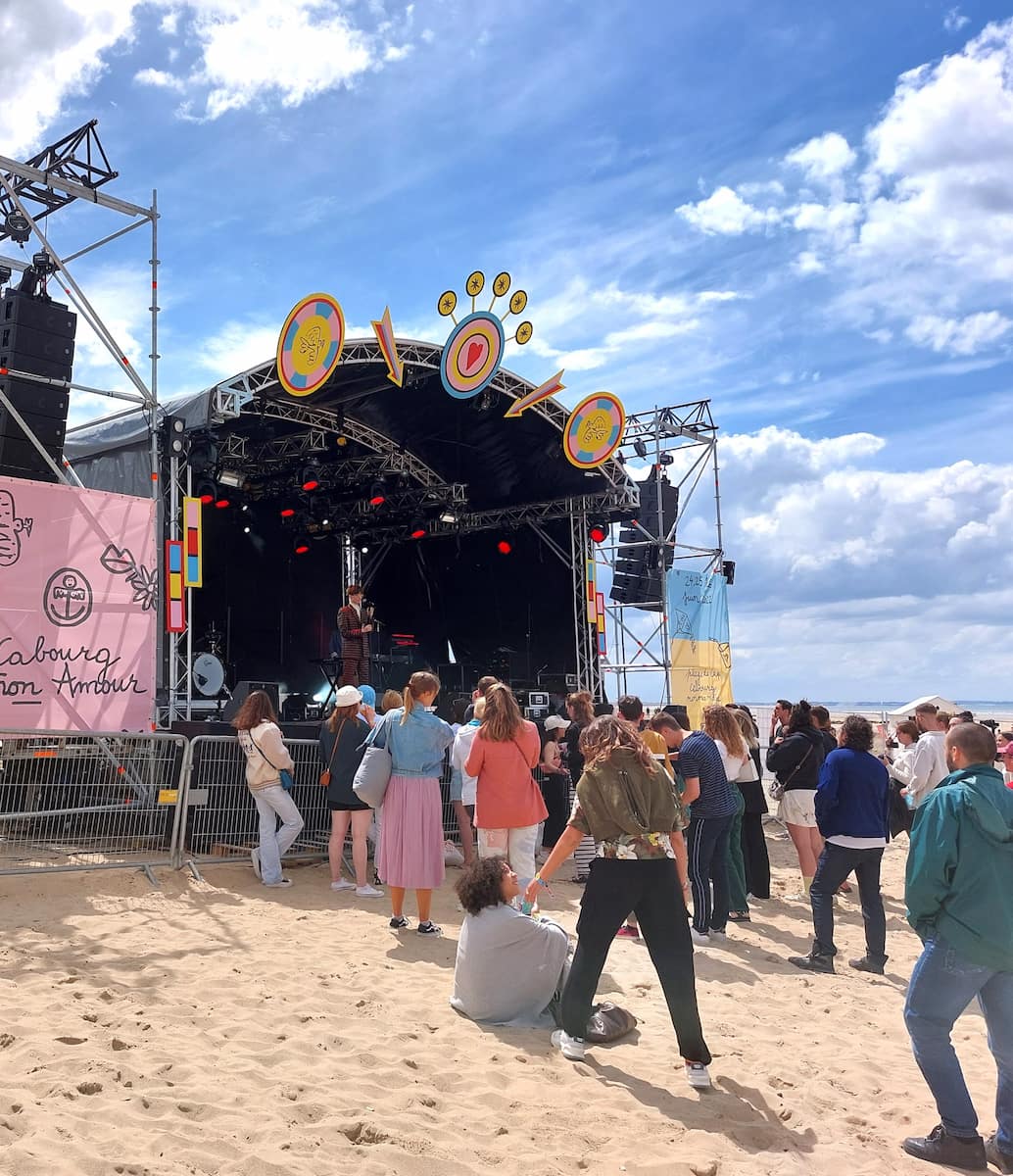
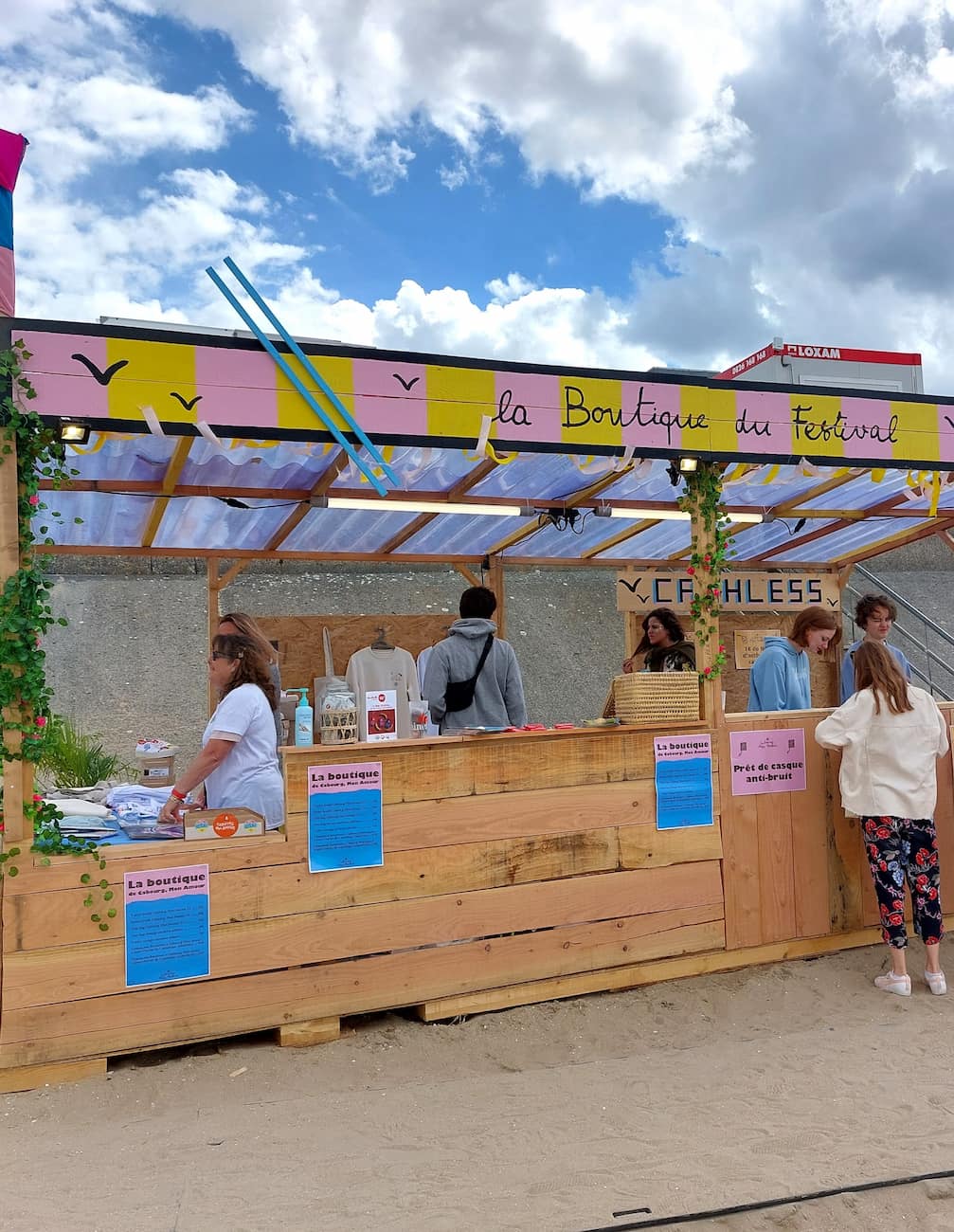
Music at Greniers à Sel highlights:
- Classical chamber music concerts
- Jazz evenings featuring local and international artists
- Traditional Norman folk music performances
- Contemporary experimental music showcases
- Acoustic singer-songwriter nights
Outdoor exhibitions. Throughout summer, the harbor area and various public spaces feature outdoor art exhibits. Local and visiting artists display their works, often drawing inspiration from Honfleur’s maritime heritage and picturesque scenery. These open-air galleries allow visitors to appreciate art while enjoying the pleasant summer weather and beautiful surroundings.
Summer events calendar:
- Foul Weather Festival (indie music)
- Gärten On The Beach (electronic music)
- Cabourg Mon Amour (eclectic music festival)
- Honfleur Jazz Festival (dates vary)
- Estuaire d’en Rire (comedy festival)
Spring Blooms
Naturospace awakening. Spring is particularly special at Naturospace, Honfleur’s tropical butterfly house. This 800m² tropical forest, heated to 28°C year-round, bursts with new life as exotic flowers bloom among the lush vegetation. April and May are especially conducive to witnessing the vibrant colors of this Amazon rainforest established in Normandy. The house is open daily from 10:00 AM to 6:30 PM, offering a warm escape even on cooler spring days.
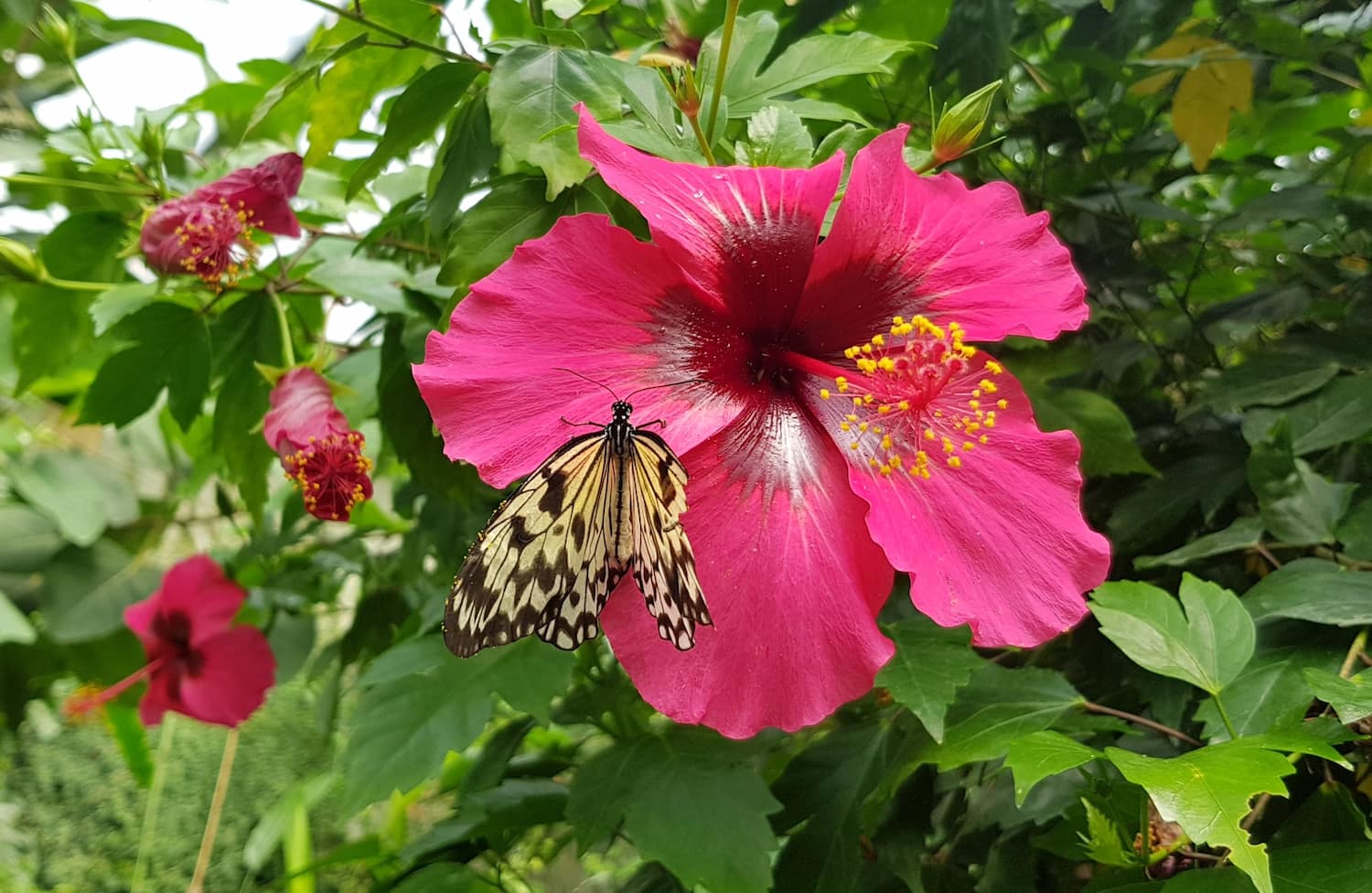
Spring highlights at Naturospace:
- Newly emerged butterflies taking their first flights
- Exotic bird hatchlings in the aviaries
- Blooming orchids and tropical flowers
- Colorful koi fish in ornamental ponds
- Interactive educational displays on rainforest ecosystems
Mont-Joli in bloom. As spring arrives, the area around Mont-Joli hillside becomes a perfect destination for scenic walks. The panoramic viewpoint offers spectacular vistas of the Seine estuary, the Normandy Bridge, and Honfleur’s distinctive rooftops, all framed by fresh spring greenery. The soft spring light makes this an ideal time for photography enthusiasts to capture the landscape’s beauty.
Spring activities in Honfleur:
- Cherry blossom viewing in local parks
- Birdwatching in the Seine estuary
- Cycling along coastal paths
- Visiting local farmers’ markets for spring produce
- Attending the Honfleur Normandy Outlet’s spring sales
Autumn Foliage Walks
Bois du Breuil circuit. Located in Pennedepie, just 10 minutes from Honfleur, the Bois du Breuil offers a spectacular autumn walking experience. This 5km loop takes about an hour to complete and is suitable for beginners. The trail winds through copper oaks and two-hundred-year-old beech trees dressed in autumn colors. The forest is particularly beautiful when the leaves turn golden, creating a carpet of ochre hues underfoot. Note that hunting is organized on December 10 from 10 AM to 2 PM, so plan accordingly.
Autumn hiking essentials:
- Comfortable, waterproof hiking boots
- Layered clothing for changeable weather
- Binoculars for wildlife spotting
- Camera for capturing fall colors
- Picnic supplies for scenic lunch stops
Chapelle Notre-Dame-de-Grâce trails. The wooded area surrounding this 17th-century chapel offers some of the most picturesque autumn walks in the region. From the chapel’s esplanade, you can enjoy panoramic views of the Seine estuary, Le Havre port, and the Normandy Bridge, all framed by the rich autumn colors of the surrounding trees. The 2.5km Notre Dame de Grace walking tour takes about 2 hours and offers viewpoints, heritage sites, and a change of scenery.
Autumn activities in Honfleur:
- Apple picking in nearby orchards
- Tasting new cider and calvados productions
- Attending the local mushroom festival
- Photographing fall reflections in the Vieux Bassin
- Enjoying seasonal menus featuring game and root vegetables
Day Trips from Honfleur
1. Étretat Cliffs and Hiking Trails
Natural wonders. The chalk cliffs of Étretat left me speechless with their dramatic beauty. This small coastal town is famous for its three natural arches and a pointed rock formation called L’Aiguille (The Needle). The distinctive white cliffs rise up to 100 meters from the sea, creating one of Normandy’s most iconic landscapes along the Côte d’Albâtre (Alabaster Coast). Standing at the edge of these majestic formations, I could easily understand why they’ve inspired countless artists throughout history.
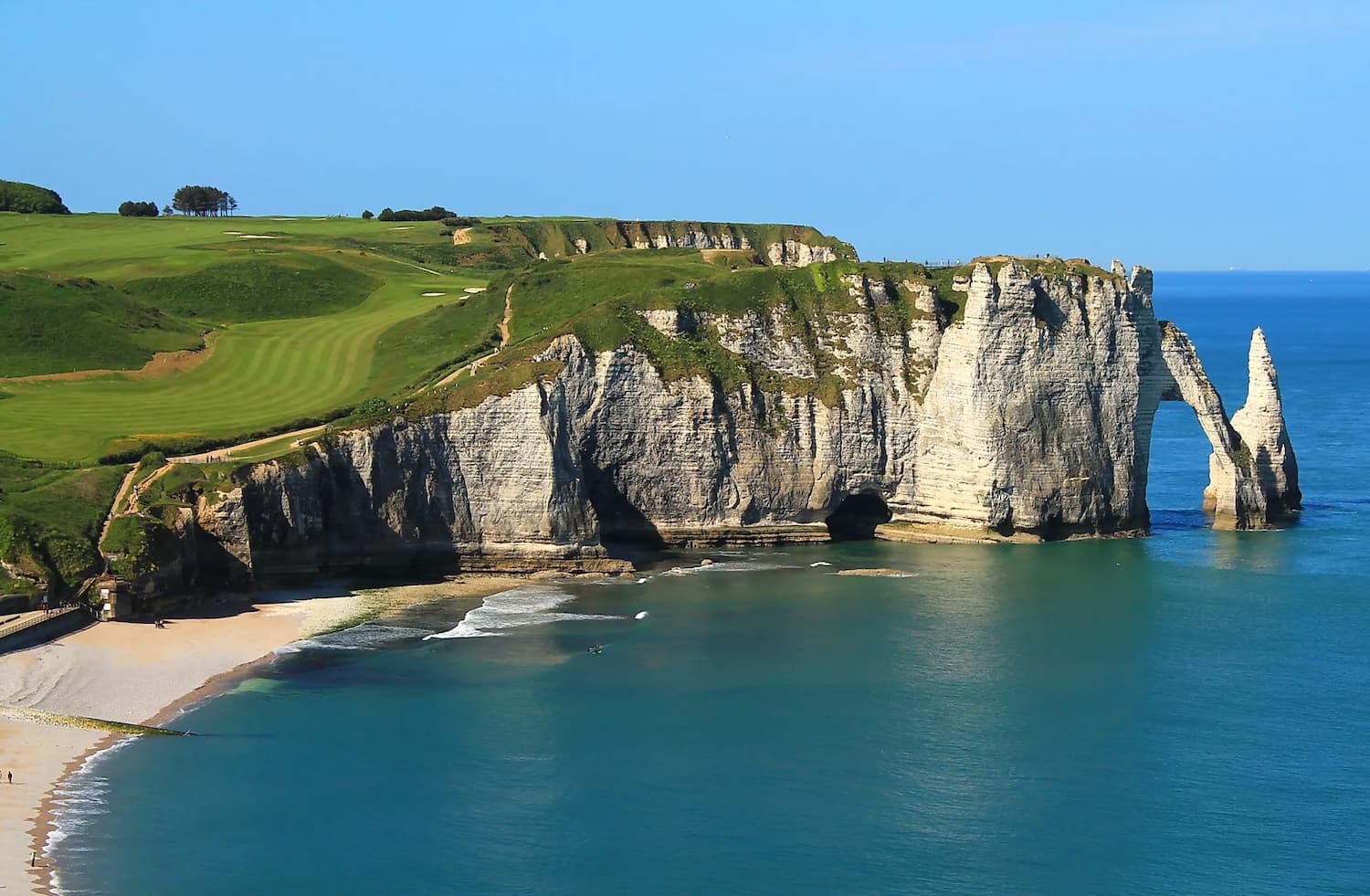
Hiking experience. I spent a full day exploring the spectacular hiking trails that wind along these magnificent cliffs. The circular route starting from Étretat Beach spans approximately 11.27 kilometers with an elevation gain of 360 meters. While moderately challenging, the breathtaking views more than compensate for any effort. The trail took me about 5-6 hours to complete, including plenty of stops to rest, take photos, and enjoy a picnic at one of the secluded beaches.
Trail highlights:
- Porte d’Aval (left side of beach when facing the sea)
- L’Aiguille (The Needle rock formation)
- Porte d’Amont (right side of beach)
- La Manneporte (furthest arch, not visible from town)
- L’Oeil du Panda (viewpoint with spectacular vistas)
- Plage du Fourquet (secluded beach perfect for picnics)
- Plage d’Antifer (larger beach accessible by car)
Practical tips. The best approach is to start through the interior until reaching the furthest point, then walk back toward Étretat along the coastal path for the most impressive views. The trail has no protective barriers, so exercise caution near the cliff edges. April is an excellent time to visit, with mild temperatures and fewer crowds than summer months. I recommend bringing water and snacks, as there are limited services once you leave the town center.
Sunset magic. For an unforgettable experience, time your visit to catch the sunset from the famous viewpoint above Étretat. I brought some drinks and snacks from town and enjoyed a picnic while watching the sun sink into the English Channel, casting golden light on the white cliffs – truly a magical end to an adventure-filled day.
⭐ Best Activities
- Etretat and Honfleur PRIVATE Tour from HONFLEUR (per group up to 7) – Combine a visit to the stunning cliff formations of Etretat with exploration of the historic port town on this private tour for groups of up to seven people.
2. Deauville Beaches and Casinos
Elegant seaside. Just a short 20-minute drive from Honfleur, Deauville offers a completely different atmosphere with its upscale ambiance and Belle Époque charm. The town’s famous beach, immortalized in Claude Lelouch’s film “Un homme et une femme,” stretches along the coast with its iconic colorful parasols and the famous boardwalk (Les Planches) built in 1923. Early mornings here are particularly special, as you might catch racehorses enjoying the benefits of seawater training along the shore.
Casino glamour. The Casino Barrière Deauville stands as one of the coast’s most emblematic addresses, located just a short walk from the beach. This prestigious establishment offers over 300 slot machines alongside traditional table games including English, French and electronic English roulette, Black Jack, La Boule, and various poker options. The elegant interior exudes old-world charm, making even non-gamblers appreciate the historic ambiance. Remember to bring formal identification, as it’s required by French law to enter.
Maritime charm. Deauville’s municipal harbor, located just 300 meters from Place Morny, comprises two basins: the Bassin Morny and the Bassin des Yachts. Nearly 400 boats are moored here year-round, creating a picturesque maritime scene. The Deauville Yacht Club organizes over 15 regattas annually, adding to the town’s nautical character. Walking along the harbor promenade offers a pleasant contrast to the more bustling beach area.
⭐ Best Activities
-
Private tour visit of Deauville in a 40-minute sidecar – Experience an exciting 40-minute sidecar tour of Deauville, conveniently located just 160 meters from Deauville/Trouville train station. This private tour offers a unique way to see the city with prices that vary by group size.
3. Mont Saint-Michel Abbey Tour
Medieval marvel. No trip to Normandy would be complete without visiting the UNESCO World Heritage site of Mont Saint-Michel. This remarkable abbey perched atop a rocky island creates one of France’s most recognizable silhouettes. The medieval Benedictine Abbey dominates the mount, surrounded by winding streets and the distinctive architecture of the small town below. The site’s rich history spans centuries, from its origins as “Mont Tombe” to its development as a major pilgrimage destination.
Abbey exploration. The abbey itself requires an entrance ticket (€13 for adults), but it’s absolutely worth the cost. I spent about 90 minutes exploring the various rooms, including the impressive abbey church, cloisters, gardens, and terraces offering breathtaking views over the bay. The architecture demonstrates remarkable medieval engineering, with massive structures built atop a seemingly impossible location.
Guided options. For my visit, I opted for the English-language guided tour included with admission. For 45 minutes, an abbey agent led our group through different areas of the monument, providing fascinating historical and architectural explanations. These tours run several times daily (Monday to Friday at 10:15am, 3:15pm, and 4:45pm; Saturday and Sunday at 10:15am and 5:30pm). The number of participants is limited to 30, so I recommend arriving early.
Enhanced experience. For an additional €5, visitors can rent the “Revelacio” digital tablet, which offers an augmented reality experience showing how the abbey appeared in the Middle Ages and the 19th century. Three tour options are available: the Discover tour (45min), the Exploration tour (1h30), and a children’s tour. I found this technology added fascinating context to the physical spaces.
⭐ Best Activities
- Mont Saint-Michel Tour from Honfleur (price per group up to 7pax) – Visit the iconic UNESCO World Heritage site of Mont Saint-Michel on this full-day private excursion from Honfleur for groups of up to seven people.
❓ FAQ
How to best visit Honfleur in a day?
Start at the historic harbor area and explore the old town with its unique wooden church. Allow time for museums, shopping in local boutiques, and enjoying a meal at one of the harbor-side restaurants.
What are essential things to see around Honfleur?
The wooden Saint Catherine’s Church and the charming old harbor with its tall houses are absolute must-sees. Don’t miss the hilltop chapel offering panoramic views of the town and surrounding landscape.
Where can I find convenient parking in Honfleur?
Several parking lots are available on the outskirts of the town, especially recommended during busy periods. The harbor area is closed to traffic after May 1st through the high season, so plan accordingly.
Which places to stay offer the best experience?
Accommodations range from charming hotels in converted historic buildings to comfortable guesthouses in the old town. For a unique experience, consider staying at a converted farm property that once hosted famous artists.
What restaurants in Honfleur serve authentic food?
Try restaurants along the harbor for fresh seafood caught daily by local fishermen. For authentic Norman cuisine, visit Laurence on rue des Lingots, which offers traditional family dishes in a charming setting with a no-phones policy.
How to plan a perfect weekend in Honfleur?
Spend your first day exploring the old town, churches, and harbor area. Dedicate your second day to hiking up to the hilltop chapel and enjoying the beautiful views or visiting nearby attractions.
What travel tips make visiting Honfleur easier?
Try to speak some French phrases as locals appreciate visitors making an effort with the language. Visit during off-season (avoiding July/August) for fewer crowds, and book restaurants in advance if visiting during weekends or summer.
What walking tours showcase Honfleur’s beauty?
The Notre Dame de Grace walking tour offers viewpoints, heritage sites, and scenic landscapes over a 2.5km route. This two-hour walk takes you from the old town up to the hilltop chapel, providing magnificent views along the way.
What can I discover near Honfleur on day trips?
The alabaster cliffs and hiking trails of Étretat are just a short drive away and offer spectacular natural scenery. Other nearby attractions include apple and calvados farms where you can sample local products.
When is the best time to visit the chapel?
Visit the chapel at sunset when the last light of day reflects beautifully on the town’s rooftops. The peaceful atmosphere with no crowds around creates a magical experience that shouldn’t be missed.
